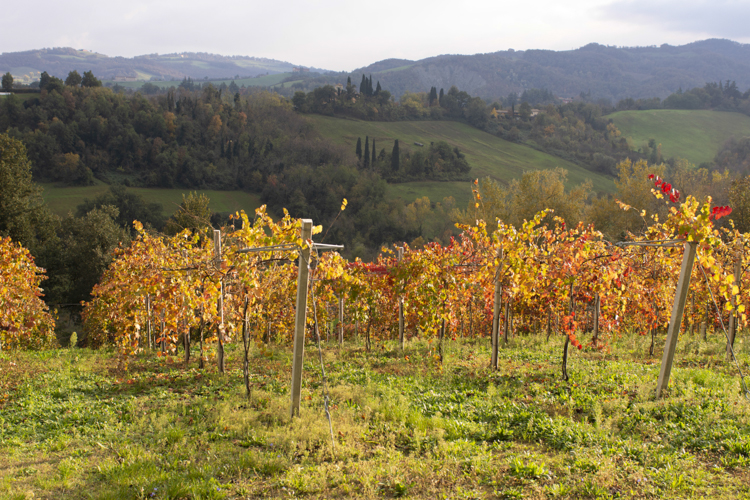
INTRO
There can be few journeys as surprising as a trip into the vineyards where Lambrusco is made, to discover the hidden secrets behind one of the world’s most popular but also most complex wines. This delightful, easy drinking, slightly frizzante, wine, that seems to go perfectly with everything, is one of of Italy’s most well-known wines. Production spreads across the centre of the fertile Emilia Romagna region, spanning out from the cities of Modena and Reggio Emilia, already a favourite foodie destination for Parma ham, balsamic vinegar and parmesan cheese.
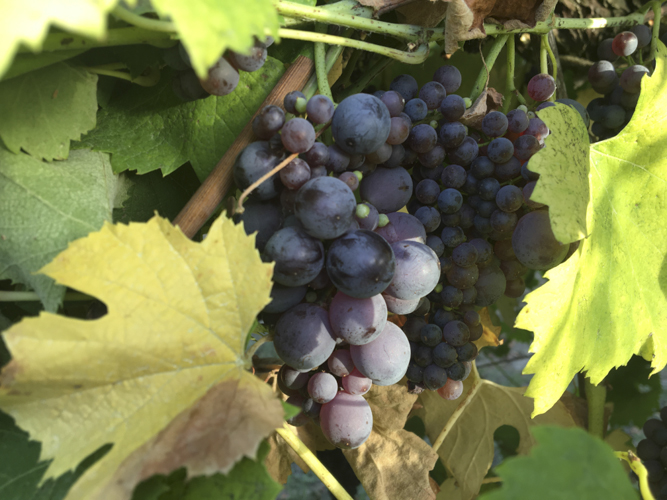
There is no one single “Lambrusco grape” as the wine can be made essentially from seven very different red varieties; Grasparossa, Sorbara, Salamino, Ancellotta, Maestri, Marani, Montericco. The result is one of the most diverse wines I have ever come across in my travels. Like a chameleon, Lambrusco offers a vivid spectrum of colours, from a pale almost pinky white rosé though to ruby purple deep red. Tastes stretch from dry and extra Brut through Demi Secco to the sweet, wonderfully fruity and aromatic Amabile. Moreover, these wines are uniquely flexible and adaptable to pair with all types of cuisine, from antipasto through to dessert.
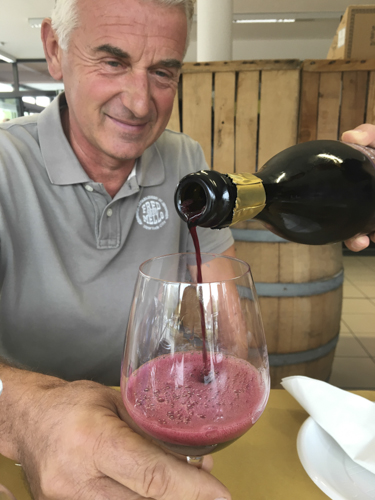
As one winemaker told me, “it is impossible for someone not to find a Lambrusco they will love as there are so many types that appeal to every taste”. Lambrusco’s history began back in the days of the Etruscans, when it was probably made in terracotta amphorae, and then for centuries, its unique light fizzy characteristic was created by artisan bottle fermentation. Then since the 1950’s this crucial second fermentation, known as Charmat, was made in large steel tanks, allowing for uniform high quality and larger production. Today, I discover a genuine renaissance underway in the Lambrusco vineyards, spearheaded by a a dynamic new generation of young winemakers taking the reins of old, established cantinas. More attention is paid to responsible and organic cultivation, sustainable ecological production and recycling, exciting, innovative new cuvées. In these friendly, often rustic cantine, wine lovers are always welcome, and a Lambrusco tasting is never complete without a tasty plate of prosciutto and salami.
Zucchi
This rural winery is located in the hot, dusty plains outside Modena, a biodiverse landscape of cereals, fruit trees and woods interspersed by small almost hidden vineyard plots, ideal for cultivating Lambrusco’s fiercely resistant Sorbara and Salamino grapes.
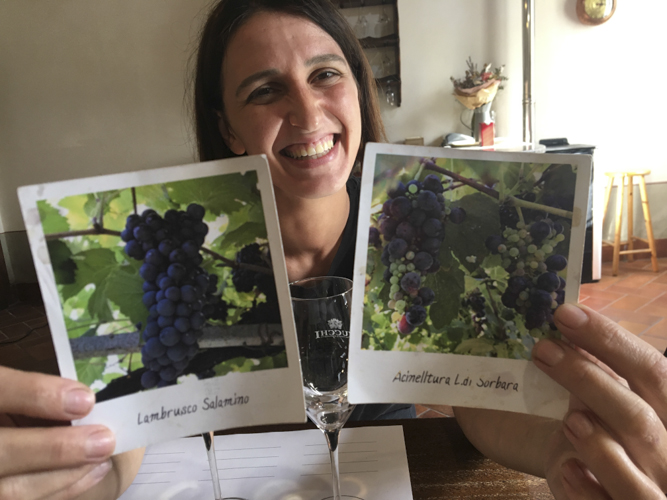
Feisty winemaker Silvia Zucchi left home at 15 to study oenology in the renowned university of Conegliano, the heart of Proseccoland, falling in love with the local tradition of ‘col fondo’, unfiltered bottle-fermented frizzante wine, before returning here to work alongside her father. She defines Lambrusco as “vertical, decisive, sapid, mineral, acidic”, and is passionate about Lambrusco’s own ancestral method of bottle-fermentation.
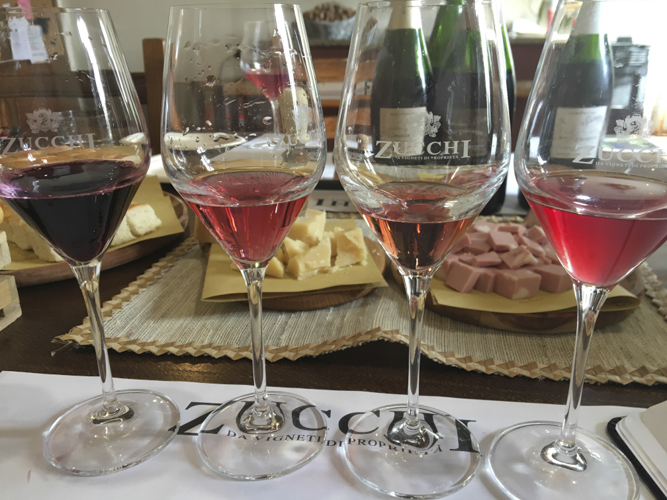
Today, popping open bottles from her distinctive personal collection of single grape ‘col fondo’ Lambrusco, accompanied by hearty plates of mortadella, salami and parmigiano, she declares that, “you will see how the Sorbara grape brings wonderful acidity, fresh and light in colour, perfect with fatty dishes like eel or our traditional cotechino pork sausage. In contrast, Salamino makes a more generous, ruby Lambrusco, tannic but with a touch of sweetness, ideal with pumpkin tortellini”. Though father and daughter work well together now, there has certainly been a change of philosophy between the two generations, as Silvia recalls how, “my Papa would bring out a new wine every year, change the labels all the time. He even made an Amabile just because his customers wanted one. Well, things have changed today, so no Amabile as our Sorbara grape is far too acidic for a sweet wine.”

Silvia’s grandparents founded the cantina in 1950 with 10 hectares, one plot of land, and that is exactly the same now, “because I have no intention of increasing the size of the vineyard,” she explains. “With 10 hectares I can still be in absolute control of everything, and that is what I need to make my wines.”
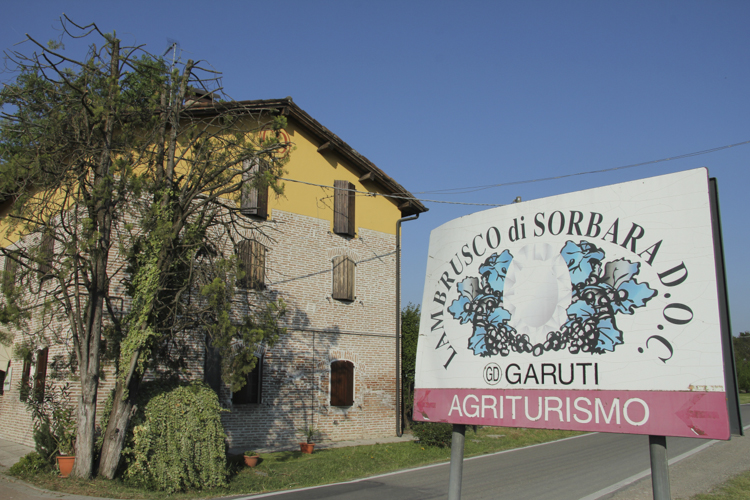
Garuti
Just outside the village of Sorbara, sharing a name with one of Lambrusco’s most iconic grapes, you cannot miss the big roadside sign for Garuti, whose historic redbrick agricultural buildings are surrounded by lowland vineyards so typical of Modena’s surrounding countryside. This is a pioneering cantina for wine tourism, offering guest rooms in their farmhouse since 1993, a bustling restaurant cooking up a feast of homemade pasta or steaks braised in their own balsamic vinegar, and a rustic wine shop for tastings. The tightly-knit Garuti family have independent winemaking roots going back to the 1920’s when the great grandparents of the present viticoltori, Alessio and Andrea, were ‘mezzadri’, sharecropper farmers who cultivated cereals, fruits and raised animals, while also making wine that they transported and sold in Modena’s market.
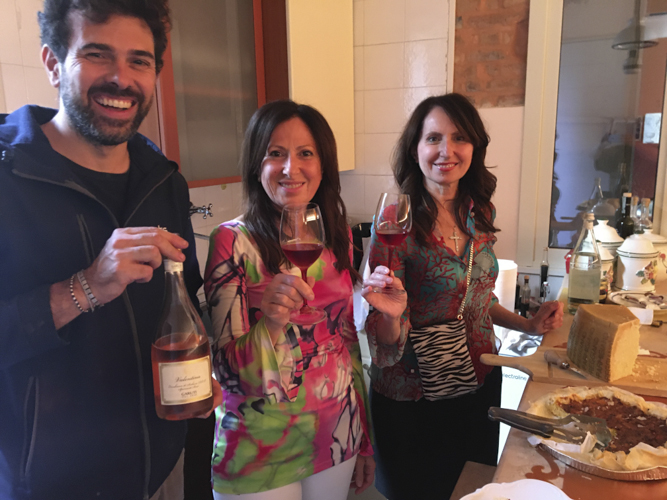
While today Alessio looks after the vineyards, it is impossible not to be enchanted during a lengthy tasting by his mother and aunt, Antonella and Anna Maria. They lay out a tasty selection of prosciutto, pizza and parmigiano, while popping open bottles of their 7 Lambrusco cuvées, ranging from the rustic unfiltered zero-dosage Rifermentato to an elegant Cent’Anni Metodo Classico. And Anna Maria proudly insists that, “I don’t care what anyone says, but for us, Lambrusco has always been our champagne, and we have a grandmother in the family who is 97 and insists on drinking our Lambrusco with every single meal.”
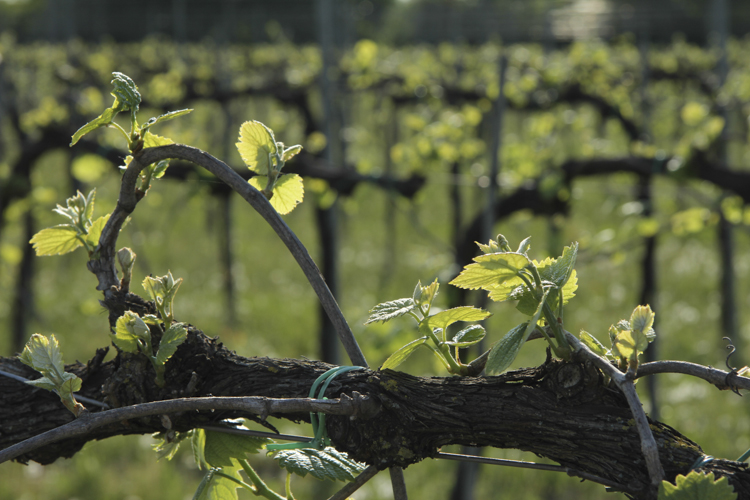
Alessio explains that though their vineyards growing Sorbara and Salamino grapes may not be organic, “my father really tried, but it is just too difficult here. These flat plains, crisscrossed with waterways, are like being in a hole that has too much humidity and not enough wind, so vulnerable for vine diseases.”
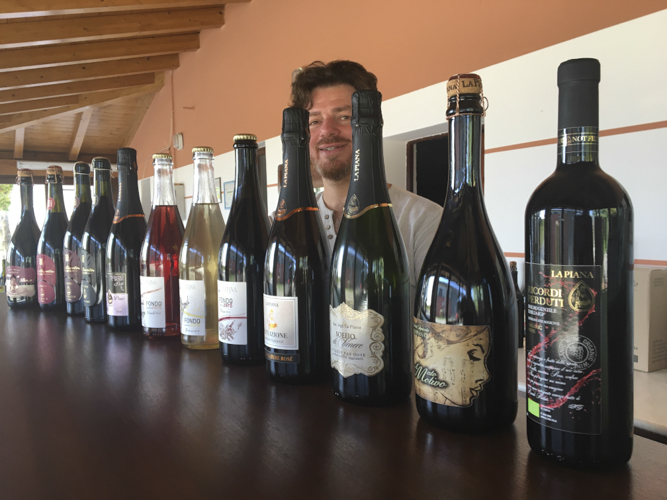
La Piana
A long line of 12 different bottles stand on the counter in the cosy tasting room of this compact organic 12 hectare estate. “When people ask me how many Lambrusco wines do I make, well I always reply – too many,” says Mirco Gianroli with a wry smile. “I make 12 separate cuvées because we have lots of small plots within the vineyard and in addition I love to experiment, especially with the Grasparossa that grows so well on our rolling hills. So remember, 12 hectares of vines, 12 different wines!”
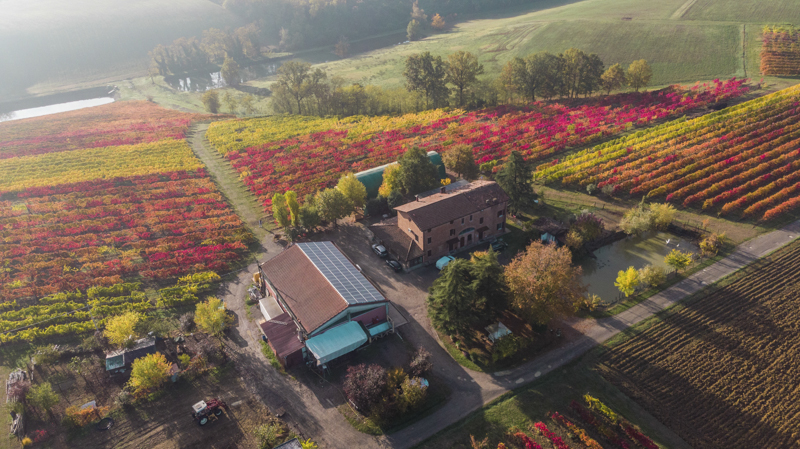
Mirco is certainly an enthusiastic winemaker, be it opening bottles to taste, walking through the vineyards accompanied by his faithful dog, Pongo, or explaining his cellar philosophy of using both steel vats and cement tanks. He is a self-trained winemaker as at the age of 14 he found himself running the vineyard after the unexpected loss of his father. His first decision, over 20 years ago, was to convert to organic cultivation, “but I was just following what my grandfather had always practiced raising animals and growing cereals; of avoiding pesticides and chemical products that harm people’s health.” During the lengthy tasting, he admits that, “personally I favour the ancient method of refermenting Lambrusco in the bottle, so we make 3 zero dosage, natural wines, using the Trebbiana Modenese, Grasparossa and Malbo grapes. And I prefer Lambrusco as a Frizzante wine, even though I make Spumante and Metodo Classico. The tannins in our Lambrusco are intense, and for me, that is better appreciated with light fizziness rather than big bubbles, especially when it comes to food pairing.
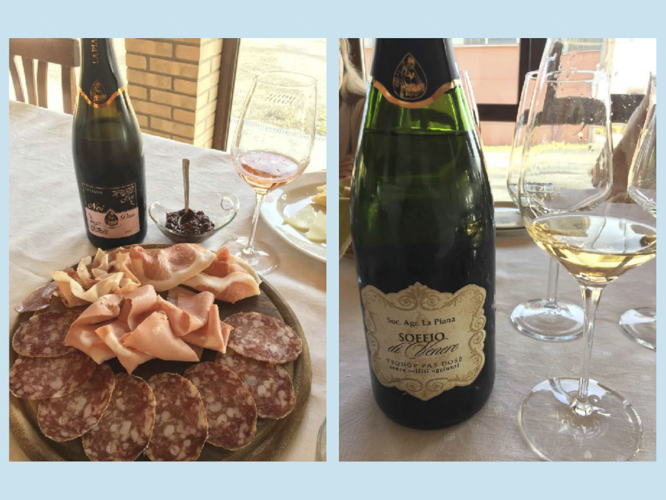
And remember, Lambrusco is inseparable from the food we eat in this region, especially prosciutto, salami and mortadella. As we say, who knows which came first, the pig or Lambrusco.”
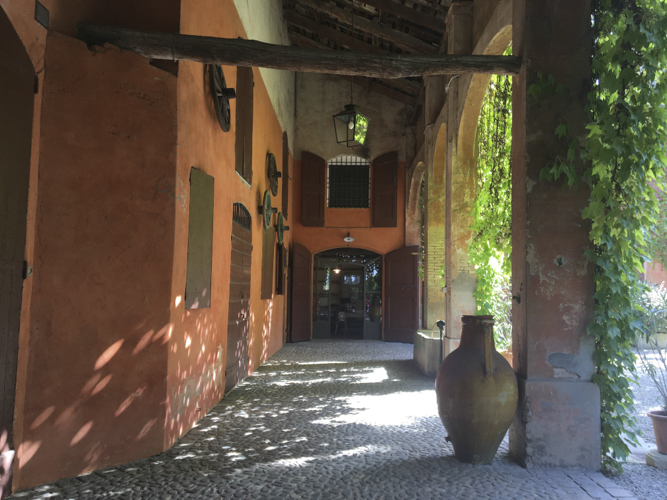
Cleto Chiarli
Having lunch with Anselmo Chiarli in the private dining room in this showcase winery is quite an occasion, as five generations of his family have been winemakers since 1860, the original pioneers of Lambrusco.
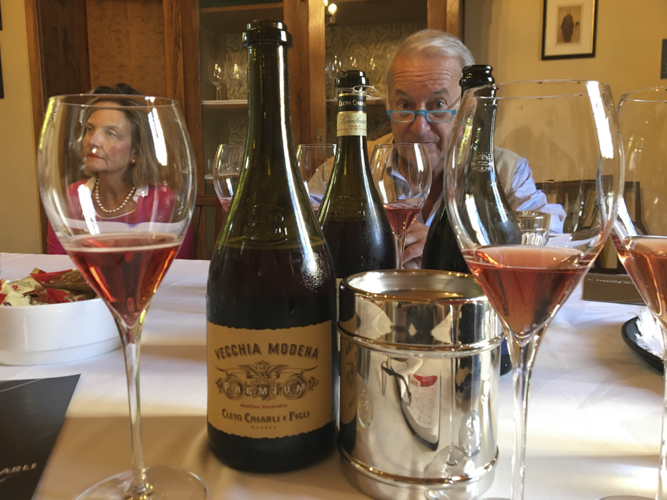
While a staggering 18 million bottles are produced today in their Modena headquarters, the niche Cleto Chiarli estate was founded in 2000, housed in the family’s historic summer manor, hidden away in the countryside surrounding the medieval town of Castelvetro. The gleaming high-tec winery makes just over half a million bottles a year, with a gourmet restaurant, cellar and vineyard visits attracting wine tourists from around the world. Their 80 hectares of vines grow essentially Grasparossa and Sorbara grapes, and as ever with Lambrusco, when a tasting begins it is always accompanied by the region’s signature food, as we are served traditional gnocchi fritti covered with a melting slice of Parma ham, slim tigelle flatbreads stuffed with salami, and delicate ricotta tortelloni, while the sommelier discretely opens bottle after bottle from their extensive Lambrusco range.
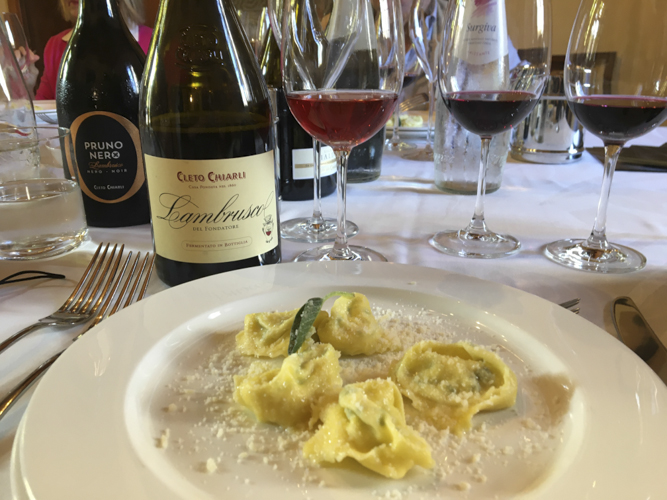
Anselmo is celebrating 50 years in the wine business and enjoys reflecting on both the past and future, reminiscing how, “I remember accompanying my father to Rome in the 1960’s where every restaurant in the capital served Lambrusco. And it soon became the same story overseas, beginning with Germany and then the boom in the USA. So this wine effortlessly traversed frontiers, and for the whole world, for a moment at least, Lambrusco was Italy’s emblematic wine, more even than Chianti or Borolo because it had a much wider popular appeal.” He points out a parallel here with Prosecco’s global boom today, but feels that for the future, Lambrusco should not blindly follow the same trends as the Veneto’s popular bubbly, but rather continue to concentrate on Lambrusco’s traditional qualities that once made it everyone’s favourite easy-drinking wine.
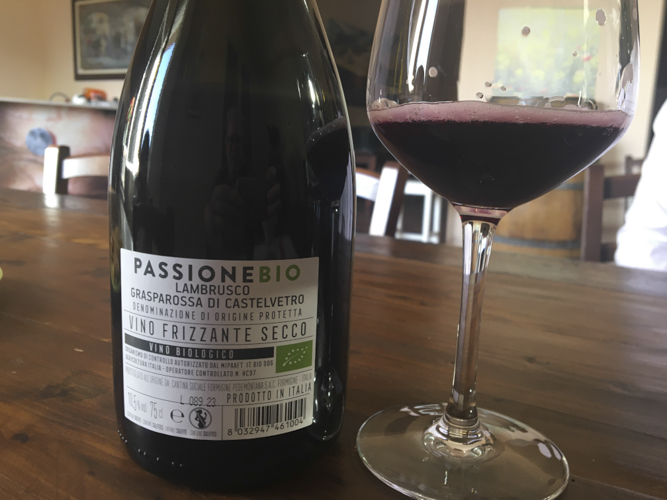
Cantina Formigine Pedemontana
This innovative cooperative was born in 2006 as two historic Cantine Sociale joined together, but its roots actually stretch back over a century. And today, this winery covering 600 hectares of essentially Lambrusco Grasparossa vineyards, cultivated by 380 ‘soci’, cantina members, is a fascinating blend of modernity and tradition. Certain elements have never changed; over 500,000 bottles are still sold directly in their boutique, while faithful customers follow the ancient custom of ordering demijohns of Lambrusco to make their own frizzante at home, sealing the bottle with a metal cap for a second fermentation. There is even a brisk trade of locals stocking up with litres of ‘mosto’, pressed grape juice, to cook at home then age into precious balsamic vinegar.
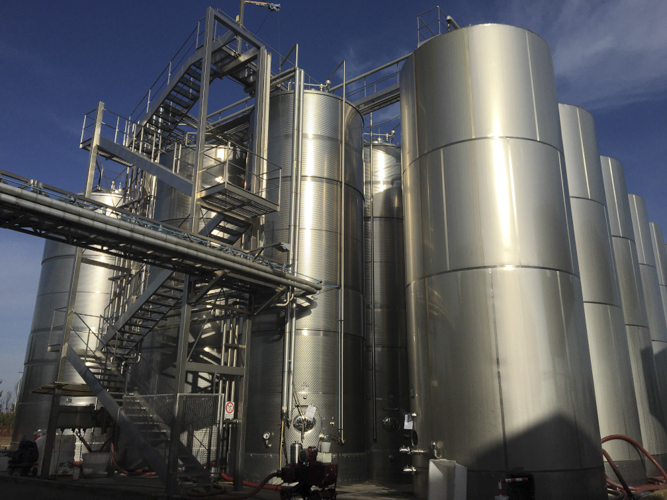
What the public do not see though is the massive investment made by the Cantina in a quite stunning state-of-the-art cellar, presided over by young, dynamic winemaker, Matteo Venturelli. He became the official oenologist at the tender age of 22, and 5 years later, surrounded by a small city of towering silver steel vats, Matteo is clearly a happy man.
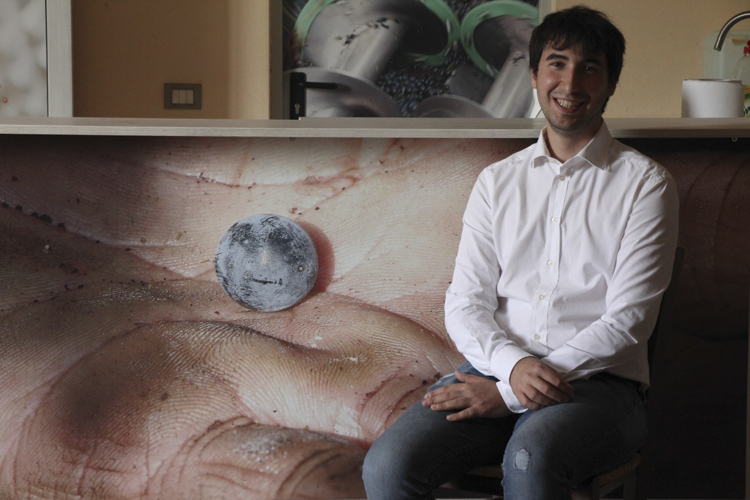
“I come from this town,” he recounts, “finished my studies and landed this dream job. What is more I inherited a completely new wine cellar, everything perfect, all shiny and new, hygienic, the latest technology. I could walk straight in and start my job.” For the moment, the Cantina produces 6 different Frizzante Lambrusco, all single grape Grasparossa, and an organic cuvée made from the Sorbara variety. But Matteo has plans in the future for both a bubbly Metodo Classico and naturally fermented Metodo Ancestrale, while all the time encouraging more of the Cantina’s soci to cultivate organically.
Azienda Agricola Reggiana
Moving away from low-lying countryside surrounding Modena, Lambrusco’s Reggio Emilia region presents a contrasting landscape of rolling vine clad hills. Located just outside the medieval winemaking town of Scandiano, this small, friendly winery was created in 1988 when the parents of Fabio Coloretto combined the inherited lands of both their families to create a 20 hectare vineyard, essentially surrounding today’s modern cantina. Fabio is a trained oenologue and agronomist who recalls how, “my grandparents were dairy farmers and began growing grapes to make wine for themselves, then to sell to the local Cantina Sociale. Today we produce 150,000 bottles a year and although we are not officially certified organic, I am certainly committed to sustainable agriculture.” Unlike many Lambrusco estates, Fabio does not export his wines, concentrating instead on his surrounding local market with a wide array of innovative wines that showcase the region’s distinctive native grapes.
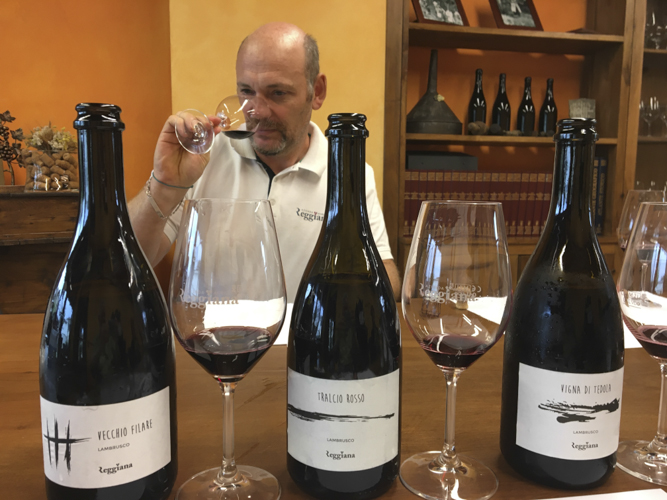
Two of his Lambrusco cuvées, Vigna de Tedola and Vecchio Filare, are a blend of the popular local grapes, Marani, Maestri and Malbo Gentile, essentially growing on Reggia’s gentle slopes which brings a higher alcohol level than most Lambrusco.
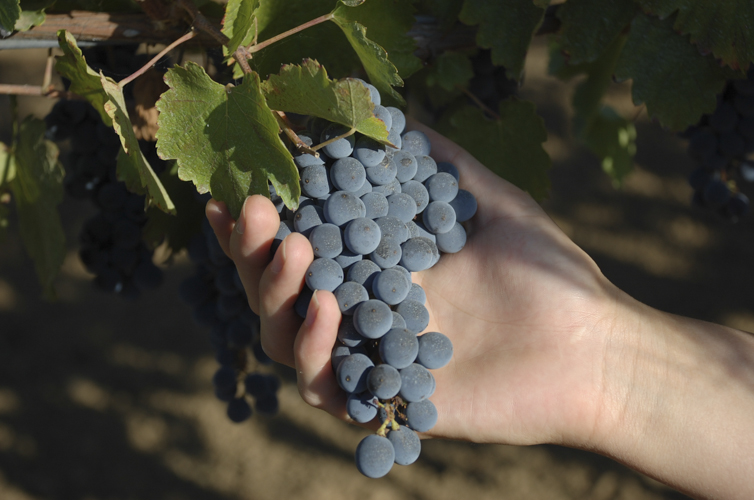
“Marani and Maestri are the basis of winemaking here in the Reggia Emilia region because they adapt best to our higher terroir,” he explains.”But in the future I want to supplement this by planting the other local grape, Montericco, again born on these hillsides, that can add freshness and a floral aroma to a Lambrusco blend.” Wine tourists receive a warm welcome here, with organised tastings of wines and regional products, tours of the vines, cantina and acetaio, where their artisan basalmic vinegar is aged. A limited number of camper vans can also park and stay the night at the edge of the vineyard.
Ca’De’Medici
Located in the heart of the bustling town of Reggio Emilia, this sprawling cantina bears witness to over a century of winemaking.
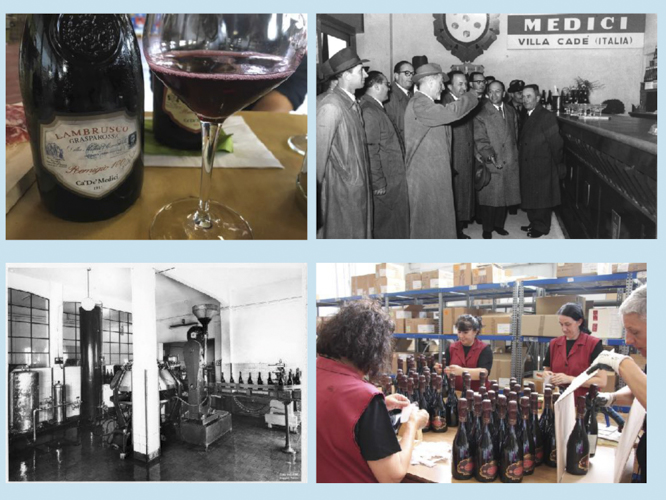
Walking through the ultra-modern bottling plant, every few minutes there is a load roar of a nearby train passing by. This is because the earliest buildings in the 1920’s had to be near rail lines to allow Lambrusco to be transported across Italy. Then, below the dozens of dazzling high-tec autoclave fermentation vats, lie older underground refrigerated tanks that can hold some 2.5 million litres of mosto waiting to be pumped up to begin their transformation into Frizzante and Spumante Lambrusco. Heading down below you discover alleys lined with giant cement tanks, abandoned for decades, which are slowly being renovated into a museum and tasting rooms.
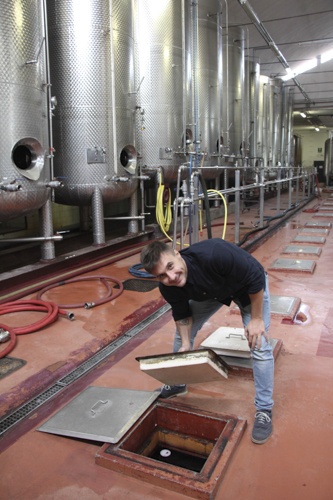
The latest member of the family to join the winery, Mattia Medici, makes the case that “Lambrusco is one of Italy’s most difficult wines to make well, and people do not realise that the qualities and characteristics of Lambrusco can change from one year to another. So that was a prime reason we stopped growing our own grapes in the 1970’s as it was difficult to assure every single year the absolute top quality that we are known for. So we took the path of investing in the latest technology to make Lambrusco from the mosto onwards.” Collaborating for decades with a trusted group of Cantine Sociali and independent viticoltori to supply the grape juice, Ca’De’Medici vinifies, bottles and distributes some 2 million bottles a year. And it is quite a surprise to discover that some 80% of production is Lambrusco Amabile. “To be honest,” says Mattia, “locals here in Reggio Emilia and Modena mainly drink dry Lambrusco, and while they might pair an Amabile with dessert or fruit, our main market is overseas, where people love Amabile with fast-food favourites like pizza and barbecue ribs.”
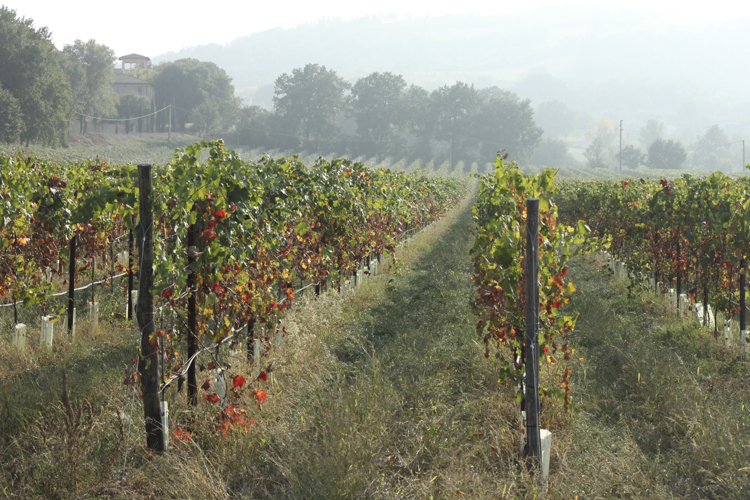
Azienda Vinicola Alfredo Bertolani
The Bertolani cantina occupies what looks like a huge industrial hangar sitting in the middle of the Colli Scandino vineyards. Run today by two dynamic brothers, Andrea and Nicolo, they are the fourth generation of a winery founded in 1925, by their great grandfather Alfredo Bertolani.
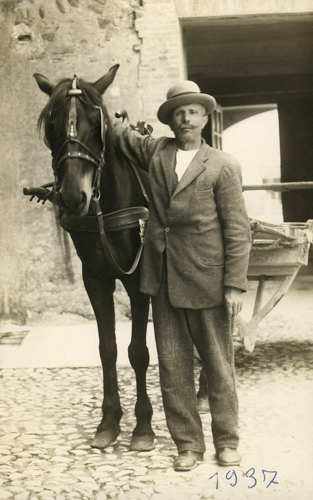
Unable to purchase land for his own vineyard, Alfredo started working with small cultivators buying their grapes, a system that continues today as the cantina owns no vineyards itself though produces some 200,000 bottles a year. “We work with just 7 or 8 viticoltori, who cultivate around 30 hectares of vines,” recounts Andrea. “Most of them, like us, are the same families for generations. What brings us all together is the aim to make quality wines and not to produce for quantity, while for many big wine cooperatives, it is the reverse – quantity above all else. So we pay higher rates to buy quality grapes to reach this goal.” Justifiably proud of their ultra-modern winery, the brothers have invested to achieve zero energy consumption with solar panels, a cistern to recover rain water, with minimal waste and maximum recycling. In fact they have even written down their own Sustainability Manifesto.
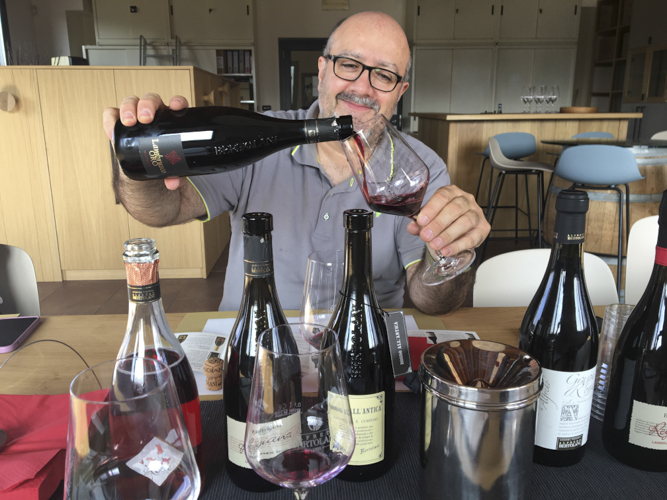
Andrea and Nicolo are clearly curious winemakers as they even produce a still, no bubbles Lambrusco, Rabesco, aged one year in barrique wooden barrels, which they aim to launch within the Lambrusco DOC. Andrea admits that he is also interested in seeing how Frizzante Lambrusco ages, admitting that “for sure you cannot drink a 30 year old Lambrusco, but I am convinced it is a wine that can be aged, that does not have to be always drunk young. Why couldn’t an enthusiastic winelover find a lot of interest when tasting a 10 year old Lambrusco.”
Medici Ermete
Alessandro Medici is the dynamic fifth generation face of this notable winery, whose roots go back to 1880.
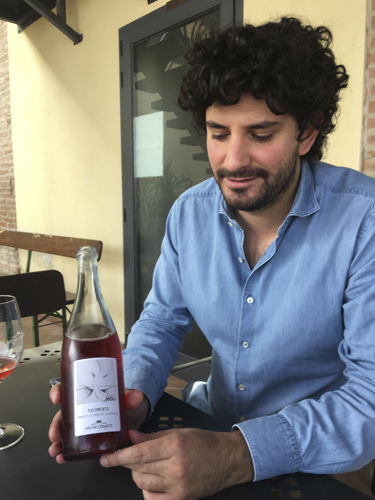
At just 29 years of age, he travels the world promoting their Lambrusco, supported taking the estate’s large 85 hectare vineyard into total organic production since 2020, and created a new cuvée addressing the demand for natural wines, launching Phermento, a zero sulphite bottle-fermented Frizzante, using only Sorbara grapes to create a delicate, pale pinky Pet Nat – Pétillant Naturel. And he proudly declares that, “we intend to take the world of our Emilia Romagna to the rest of the world as the cantina already exports to some 73 countries.” Medici Ermete is certainly an intriguing winery. Tastings are held in a romantic country house surrounded by vines with the towering Apennine mountains as spectacular backdrop. Spread over 5 different vineyards, their organic Lambrusco range runs to over 20 labels, producing some 1 million bottles a year. But the actual winery is back in the nearby town of Reggio Emilia, and here the family have a long-established business of buying ‘mosto’ grape juice from 3 Cantine Sociali to vinify a further 10 million bottles.
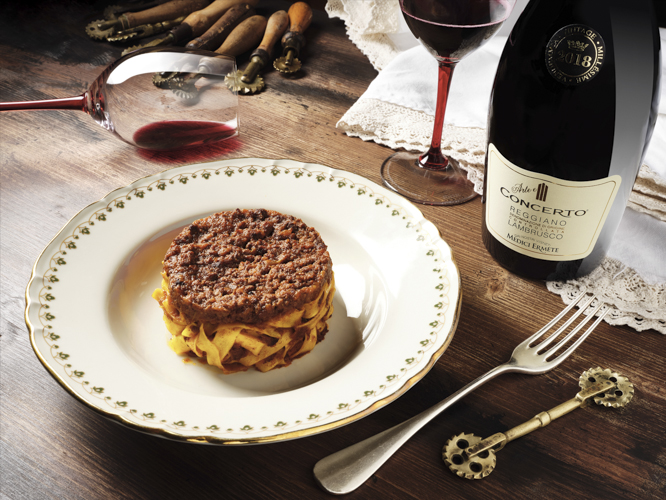
Their flagship wine is undoubtedly Concerto, made purely with Salamino, the most important grape in this part of Reggio Emilia, though in different parts of the estate they also grow Grasparossa, Sorbara, Ancellotta and the less well-known Marani. Alessendro’s 85 year-old grandfather, still takes an active interest in the winery, and it was he who took the initiative in the 1950’s to introduce revolutionary autoclave steel tanks in their cellars, capable of producing frizzante and spumante wines throughout the year. And although today’s current forward-thinking oenologist, Matteo Scaltriti, is just 33 years old, “he still listens to my Nonno, our original winemaker,” says Alessandro with a smile.
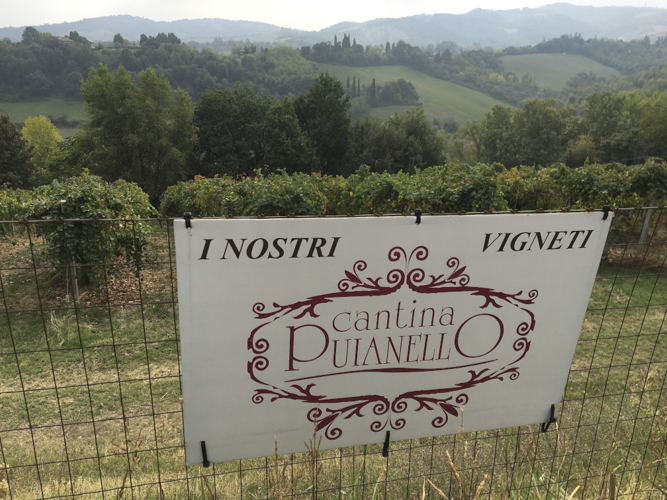
Cantina Puianello
This winemaking cooperative is a genuine Cantina Sociale which takes its role seriously as a socially-responsible representative of its 180 members. Walking into the wine shop and tasting room resembles an Aladdin’s Cave of tempting foodie goodies; honey, prosciutto, mortadella, pasta, flour. It turns out that these are produced by the ‘soci’ themselves, who nearly all run smallholder farms as well as growing grapes for the Cantina.
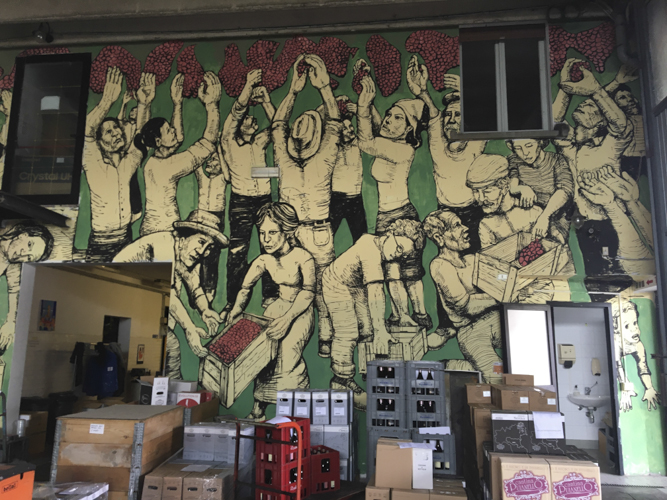
Head out into the winemaking area and there is a stunning giant wall mural by a local artist graphically depicting local history and the hard working life of the members out in their vineyards. So maybe it is no surprise that this venerable 85 year-old cantina is located on Carlo Marx street! On the sustainability front, the Cantina already produces an organic wine and is persuading members to convert to bio, while there is an active programme of recyling and recovering bottles and cardboard. Although they produce 1,5 million bottles from their 200 hectares of vines, Puianello is actually the region’s smallest Cantina Sociale.
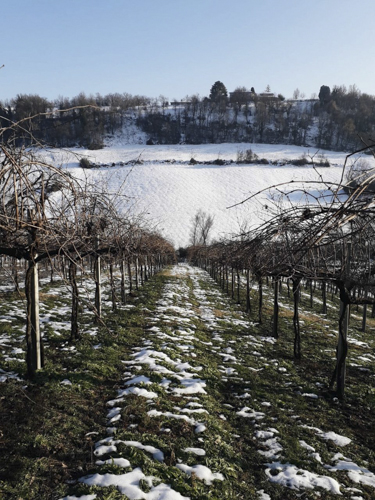
Vineyards here are some of the highest in Lambrusco, rising up to 350 metres, and for the most part hand-harvested. Their 15 different Lambrusco wines are primarily traditional Frizzante with just one Spumante and no Metodo Classico or Ancestrale, but there is also the opportunity to taste the rare Monterrico grape. The tiny village of Monterrico is where the Cantina’s wonderfully enthusiastic President, Paolo Trelli cultivates his vines as well as breeding free range chickens. “I may not be politically correct and am sometimes too straight-talking,” he proudly declares, “but our Cantina is not looking to be in competition with big wineries who sell on price, nor do we sell bulk wine, because our aim is quality – to valorise our unique terroir hidden away in this little-known part of Lambrusco land.”
Where to eat
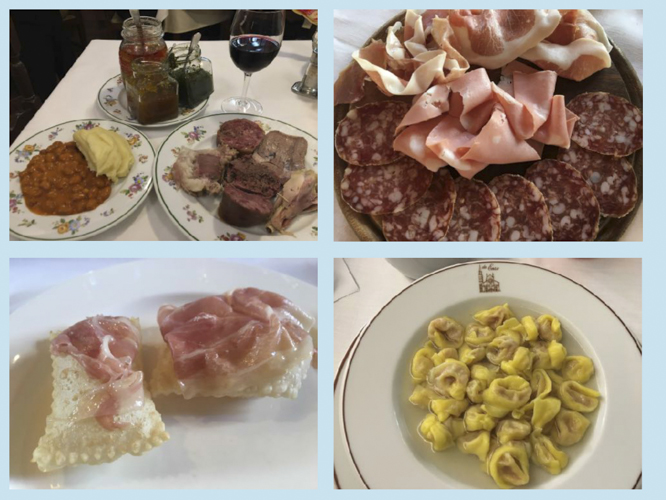
Ristorante Cattini
Hidden away in the hills just south of Reggio Emilia, this rustic chalet trattoria is cucina casalinga at its finest from the tagliatelle smothered with a rich meat ragù to delicate pumpkin tortelli.
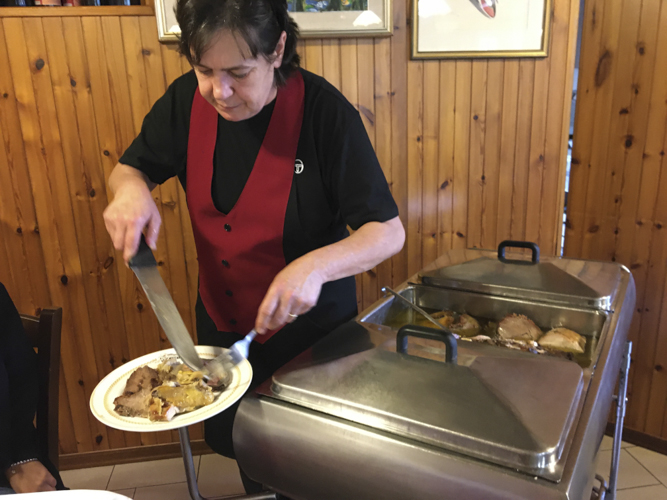
But nearly everyone comes here for the traditional bollito misto, an exceptional array of boiled and roast meats carved and served from a metal trolley the smiling patron pushes from table to table. An incredible 18 different cuts; guineafowl, chicken, beef, calf’’s head, tripe, cotechino, lamb. A memorable experience, accompanied by a fruity homemade mostarda and piquant salsa verde of parsley and anchovies. Perfect with a Lambrusco.
Ristorante da Enzo
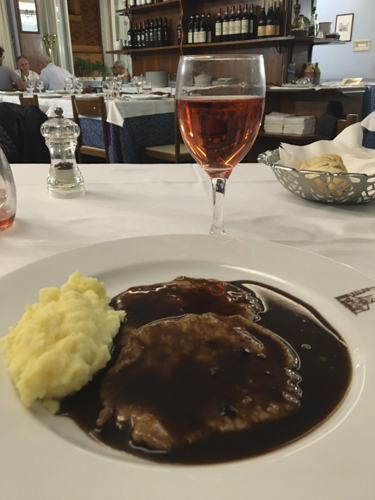
Food lovers are spoilt for choice eating out in the palatial city of Modena, from one of the world’s most famous temples of gastronomy, Osteria Francescana, to the welcoming old-fashioned Ristorante da Enzo, where the cook sits at a table at the end of the evening patiently folding handmade tortellini for the next day. This is traditional Emilia Romagna cuisine at its best; dishes like tortellini in a delicate brodo, zampone sausage with lentils.
What to do
Duomo di Modena
Wonderfully renovated and restored to its original glory, Modena’s stunning white cathedral dates back to the 11th century, a UNESCO World Heritage Site recognised as a masterpiece of Romanesque architecture.
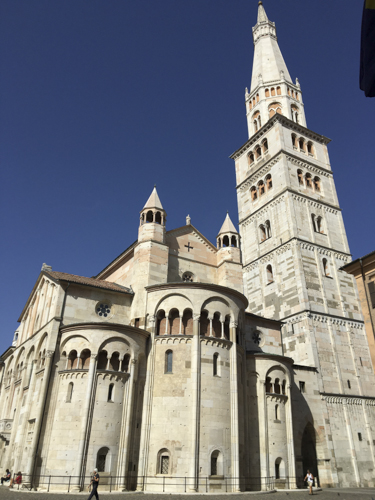
The interiors may be more austere than the astounding façade but are just as impressive, while the tall landmark Ghirlandina bell tower towers over the city.
Acetaio del Cristo
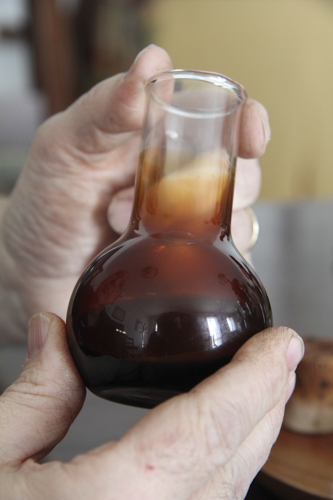
Nearly every Lambrusco winemaker also produce their own balsamic vinegar, and a great many locals still but mosto grape juice to cook their own family recipe for the region’s precious black liquid. Daniele Bonfatti concentrates solely on acute balsamic and to discover the secrets of this ancient production join his tour of the acetaio where hundreds of tiny wooden barrels slowly age beneath the attic rafters.
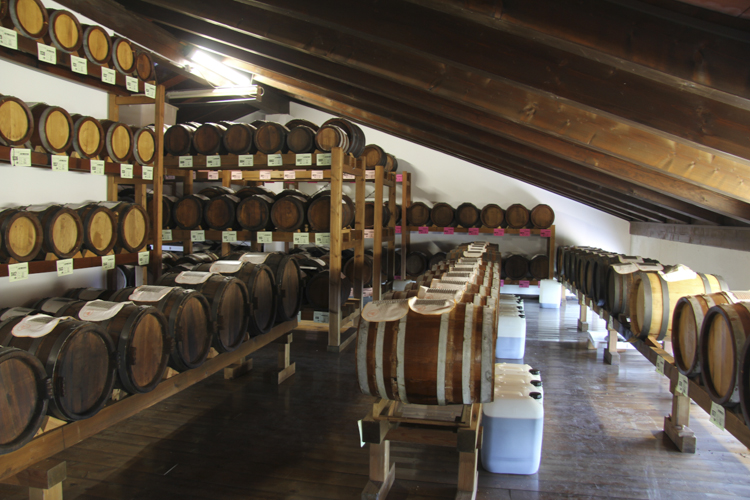
You will even spot ‘celebrity barrels’ reserved for the likes of Michael Douglas and the British Royal Family.
Where to stay
Cavaliera
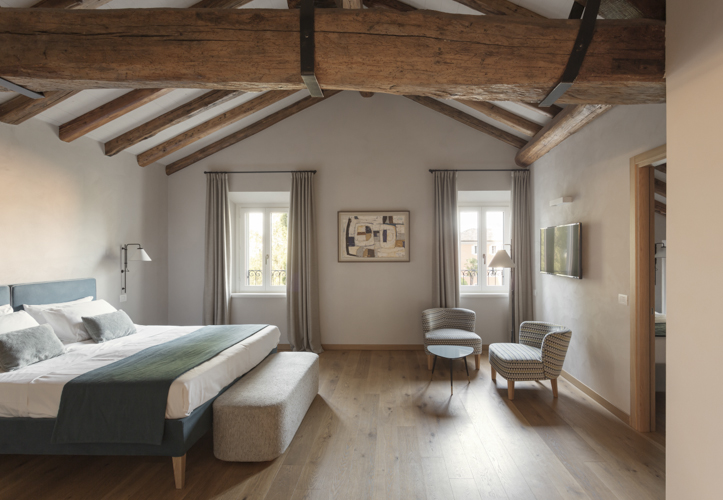
This friendly family-run winery produces a range of organic wines, runs a popular homecooking restaurant at weekends and has a comfortable red brick guest house that offers 5 very reasonably-priced rooms complete with basic self-catering kitchens. Visitors can taste wines and visit the balsamic vinegar acetaio. Located south of Modena it is just a few kilometres from the Maranello’s famous Ferrari Museum.
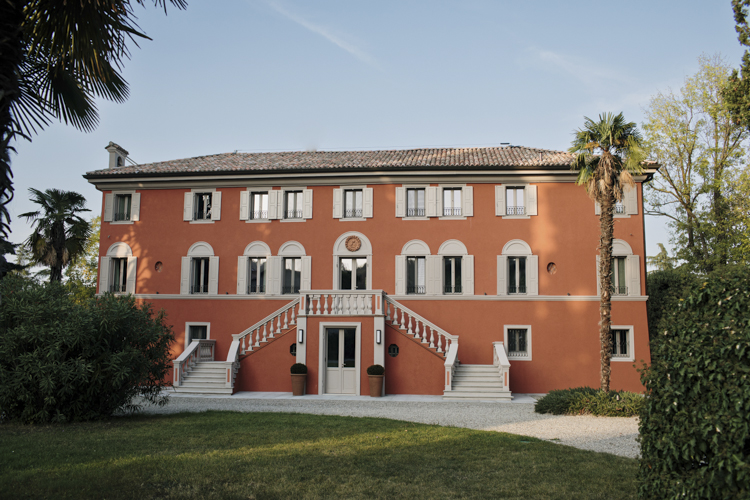
Venturini Baldini
The Venturini Baldini Tenuta sits amidst the hilly vineyards of Reggio Emilia, their 30 organic hectares part of a major agricultural estate that also includes the romantic pastel Villa Manadori, once home of local aristocratic families, today a luxurious resort to base yourself to discover not just local wineries but the attractions of Emilia Romagna’s famed Food and Motor Valleys. The elegant greenhouse restaurant, Limonia, serves a more modern, farm-to-table take on local cuisine, with an outdoor terrace offering fabulous views.

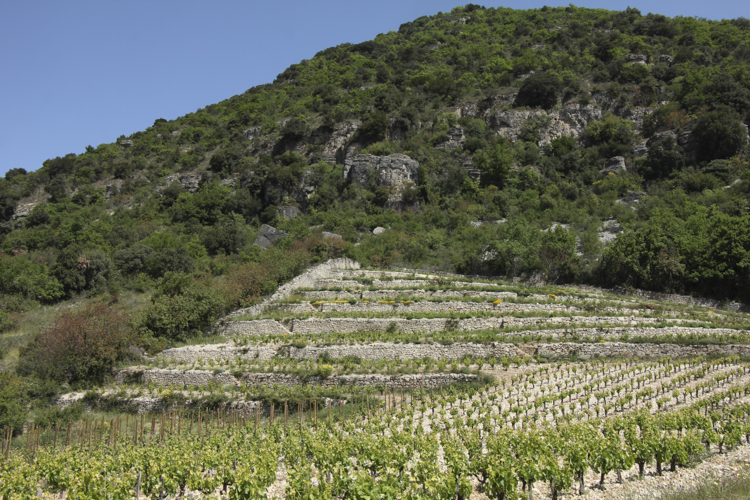
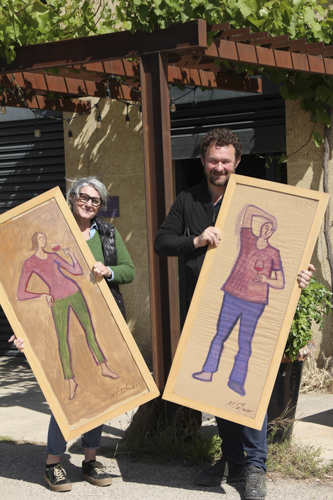

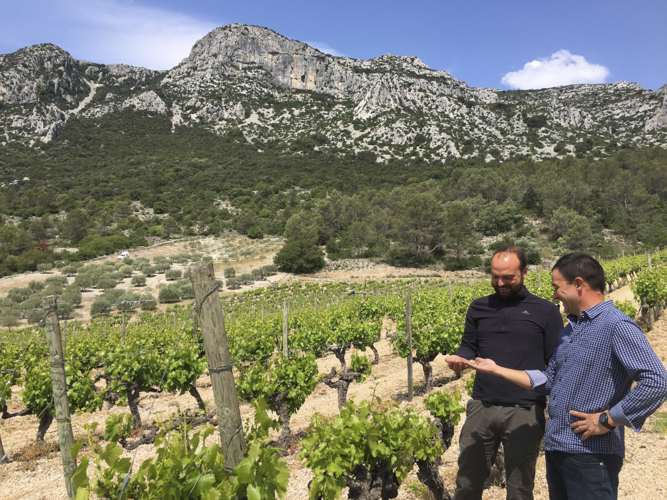
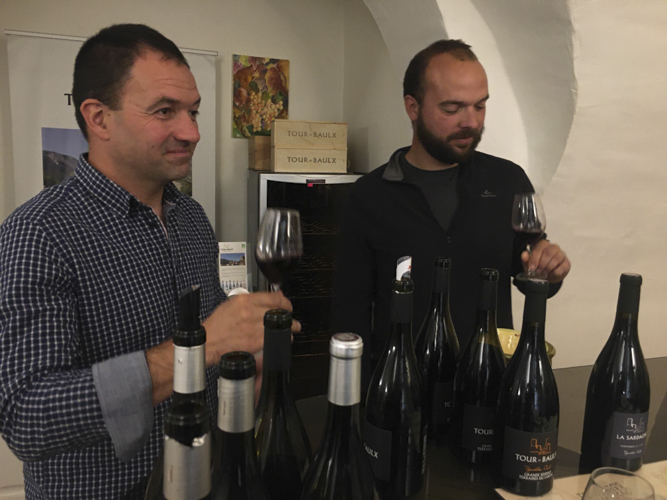
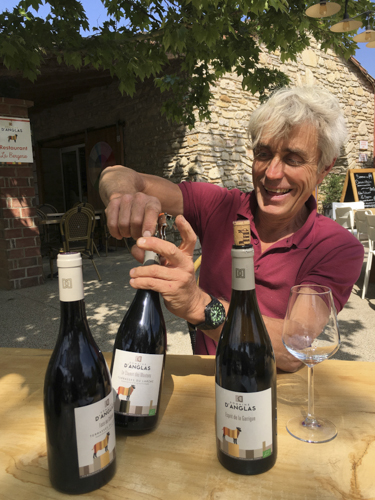
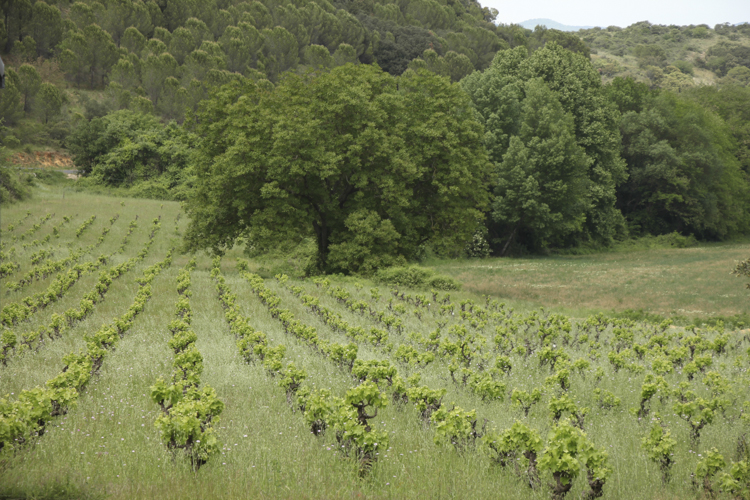
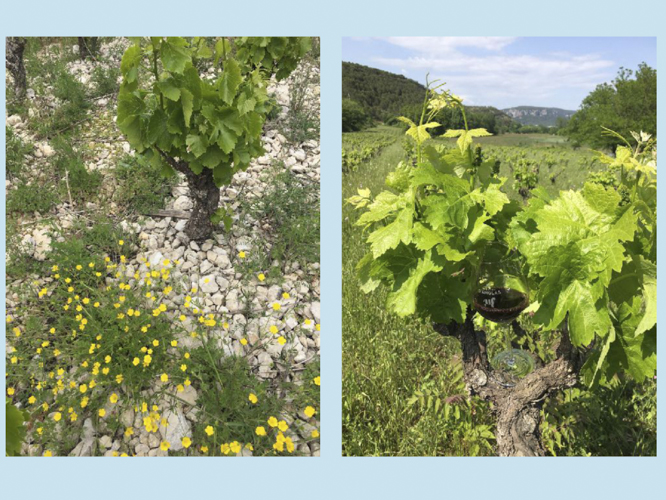
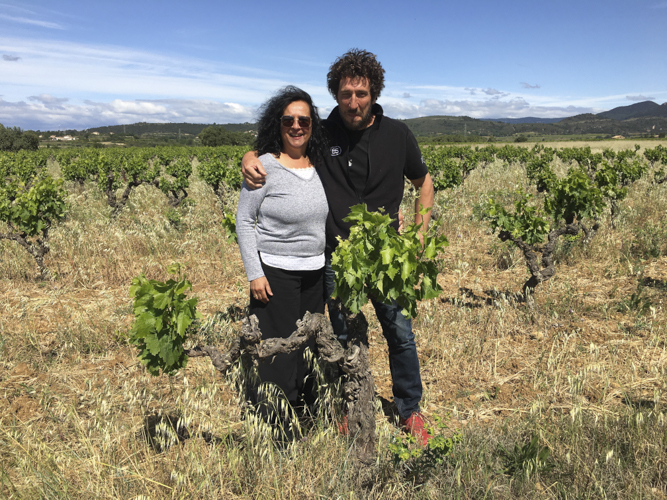
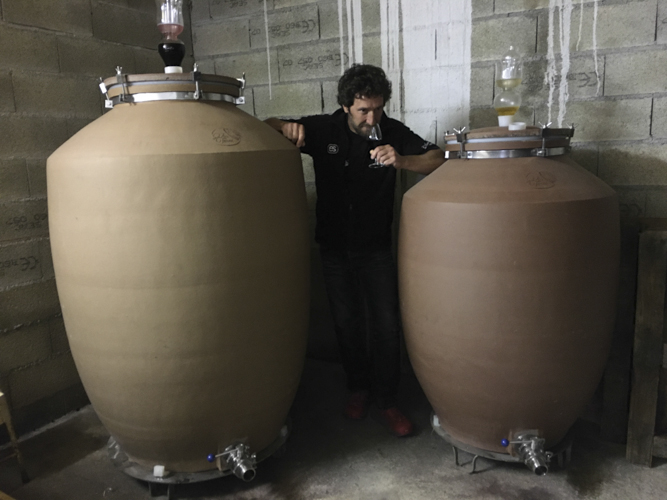
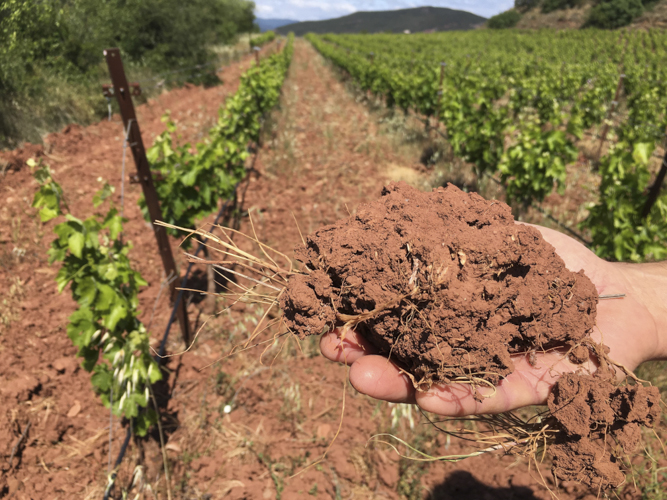
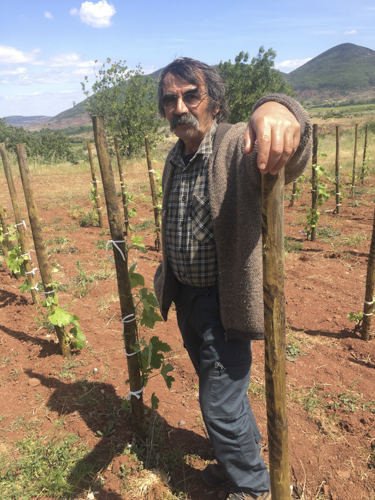
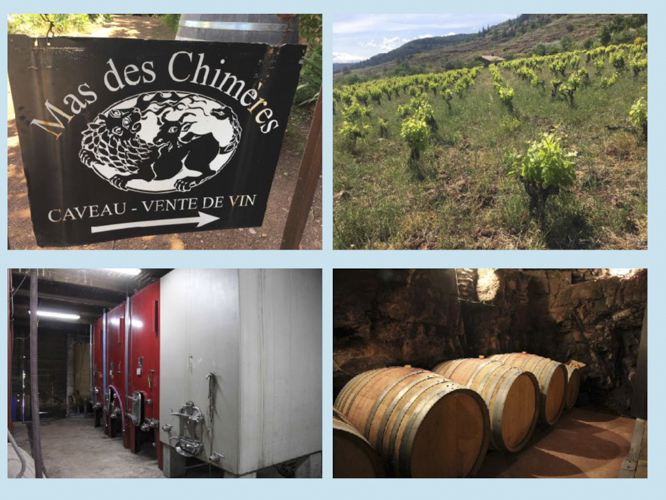
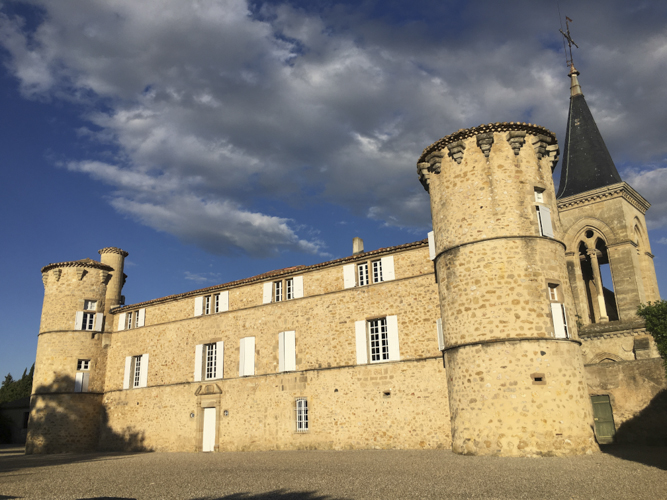
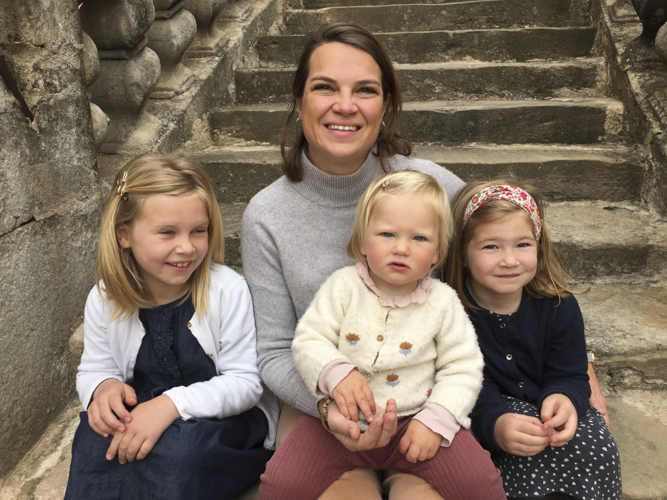
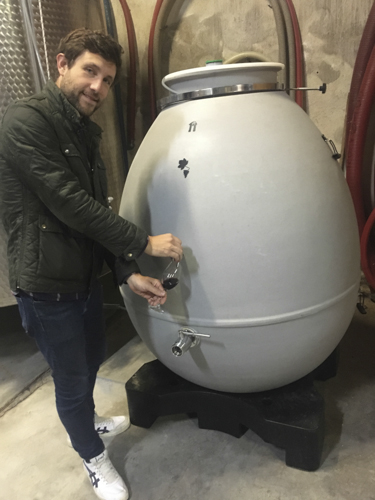
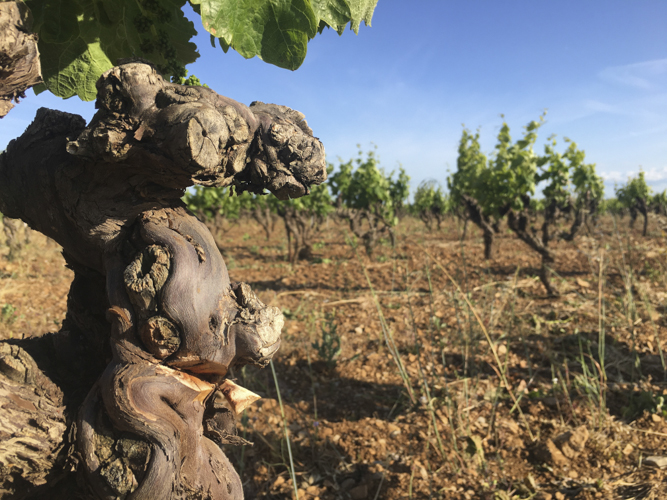
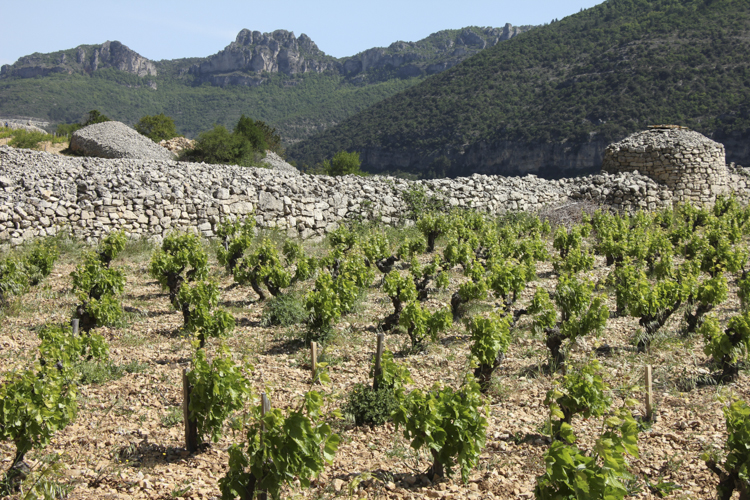
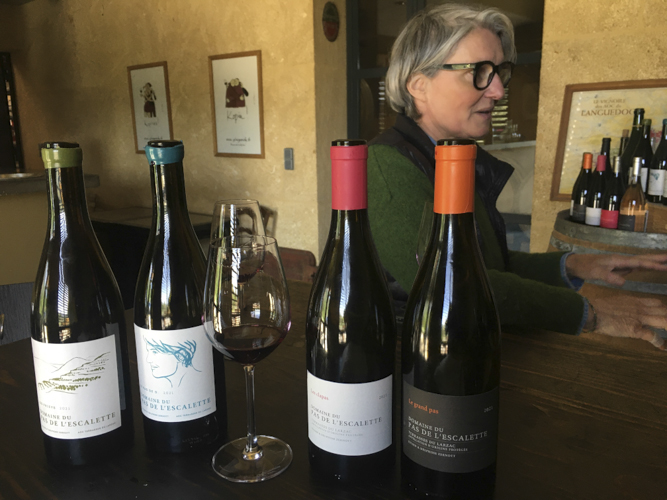
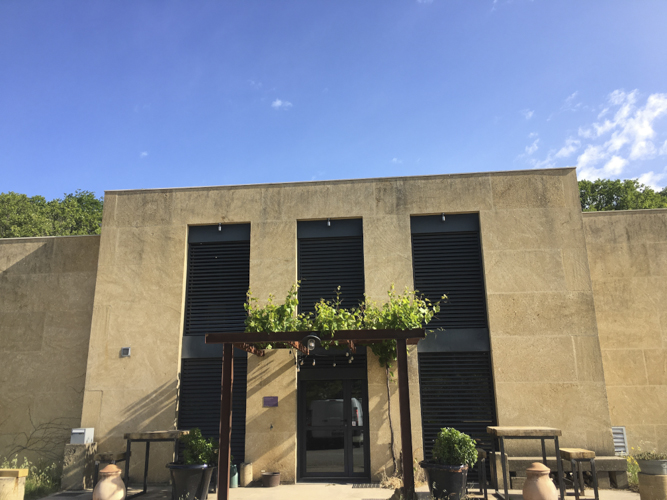
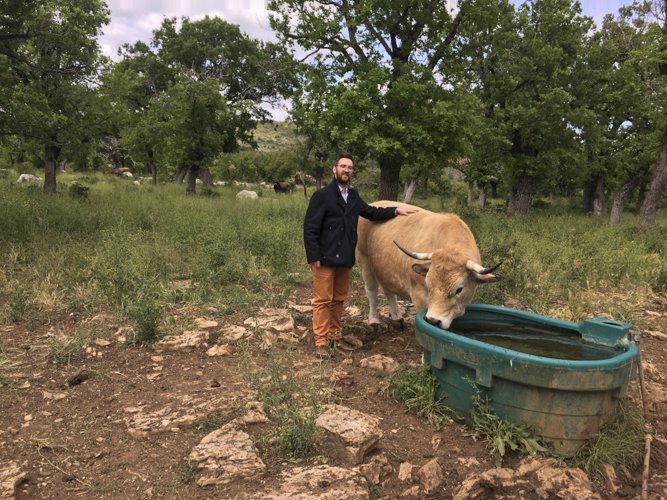
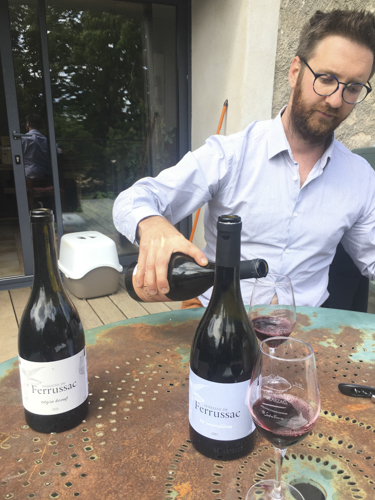
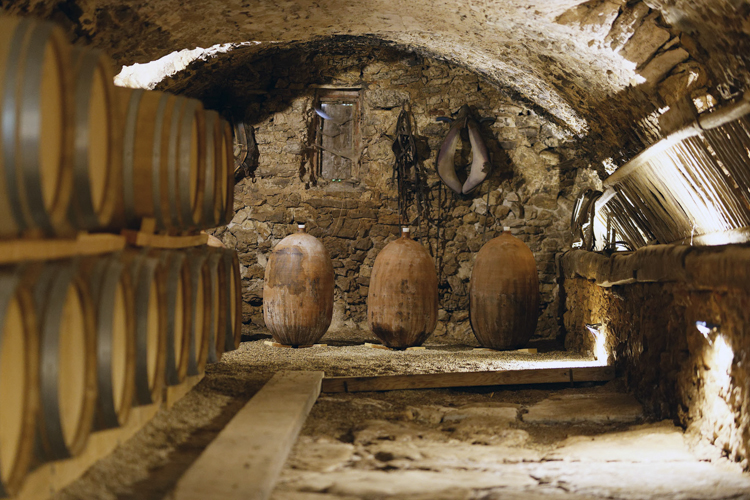
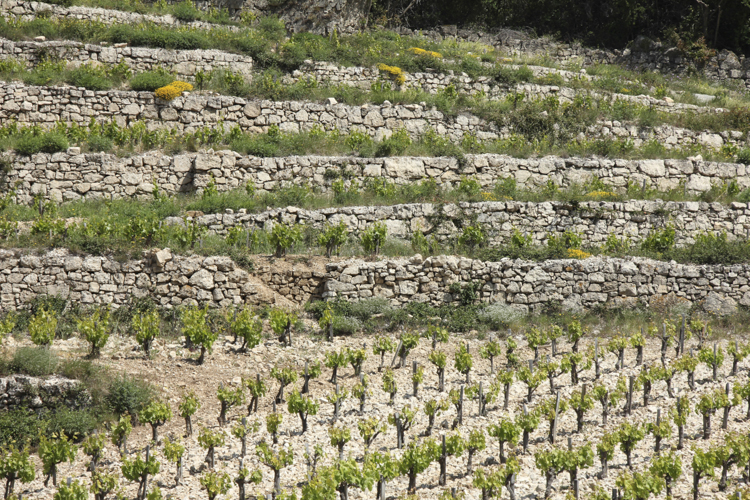
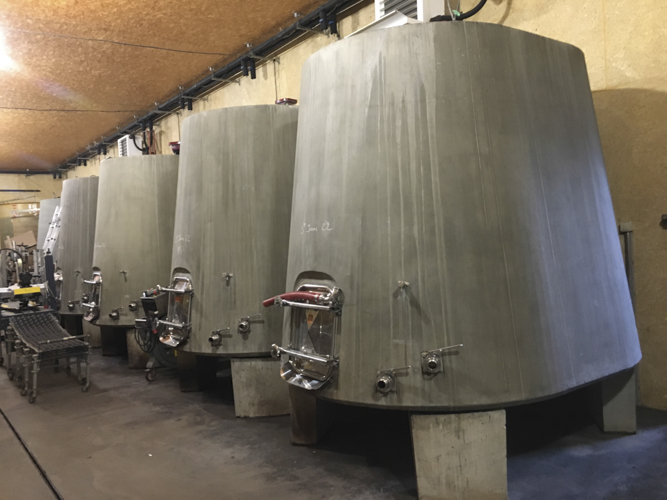
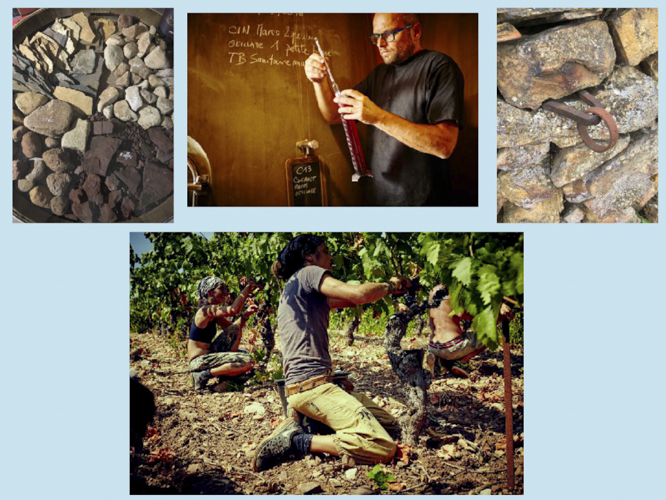
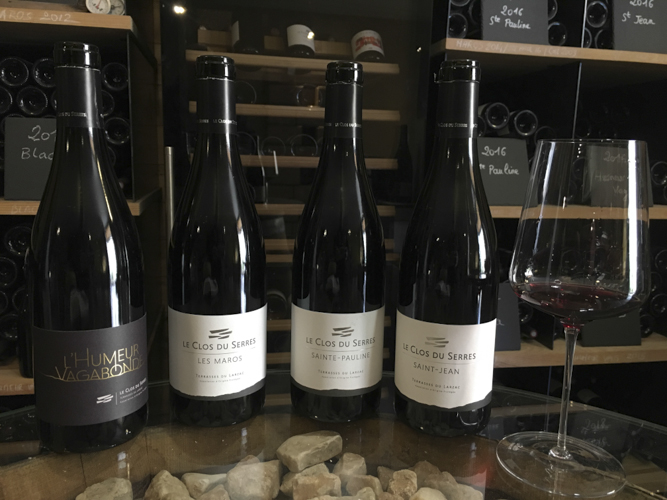
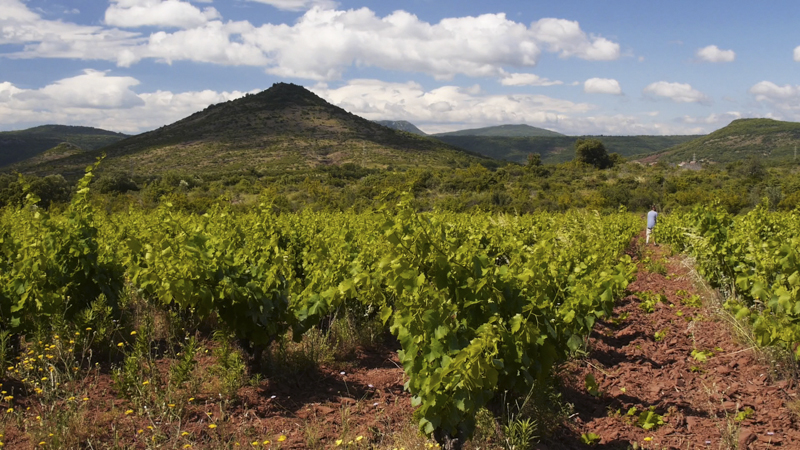
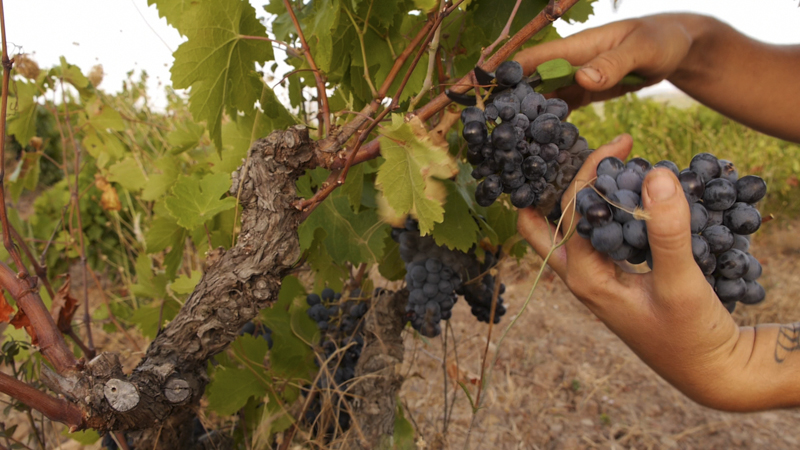
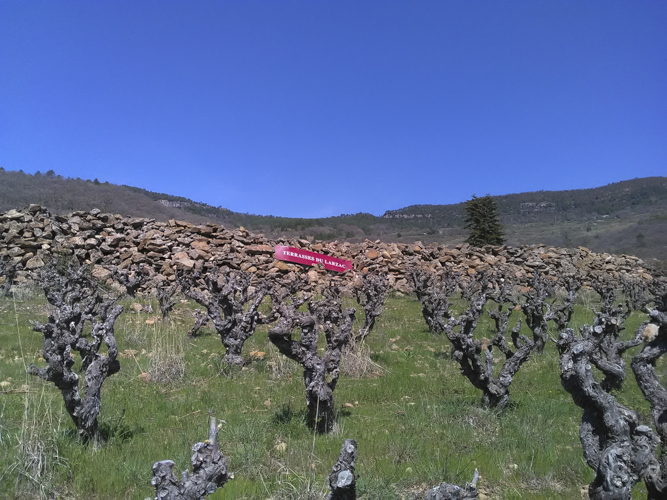

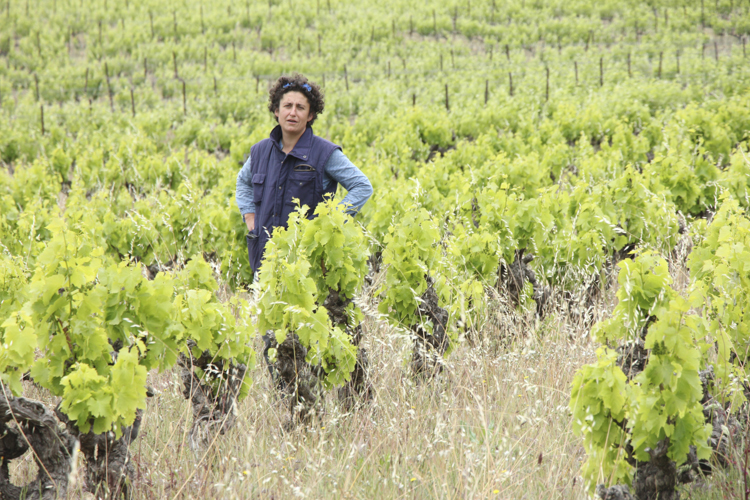
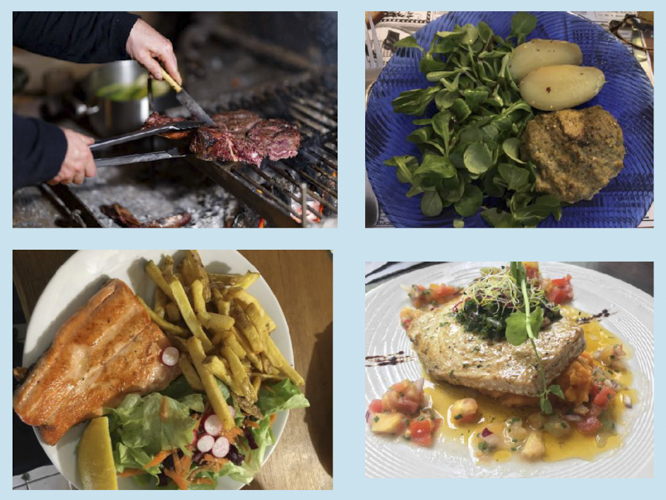
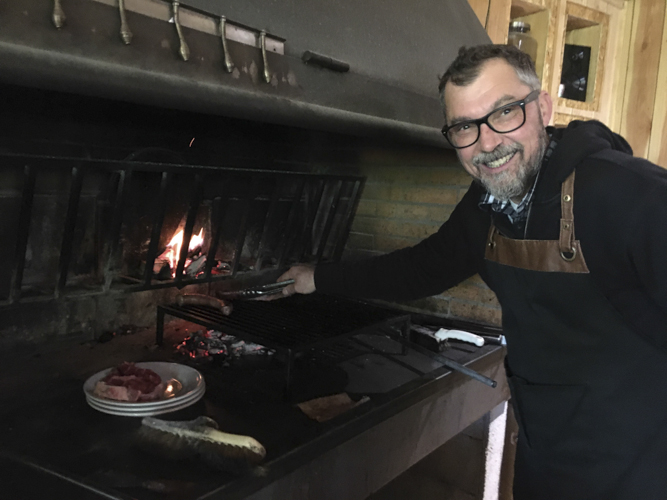
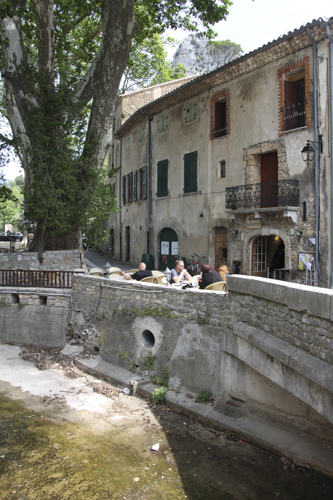
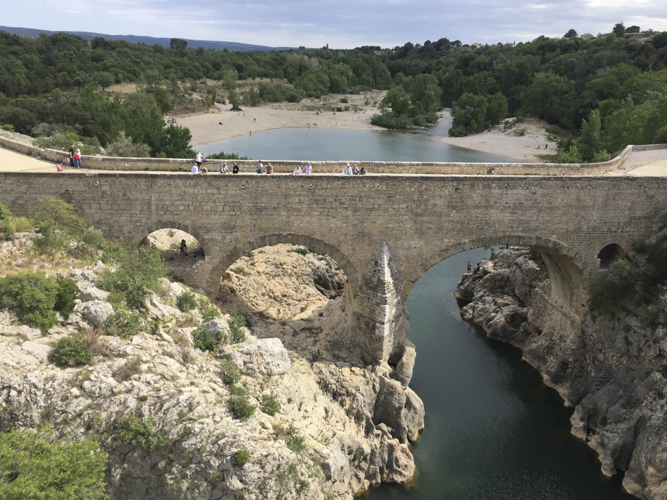
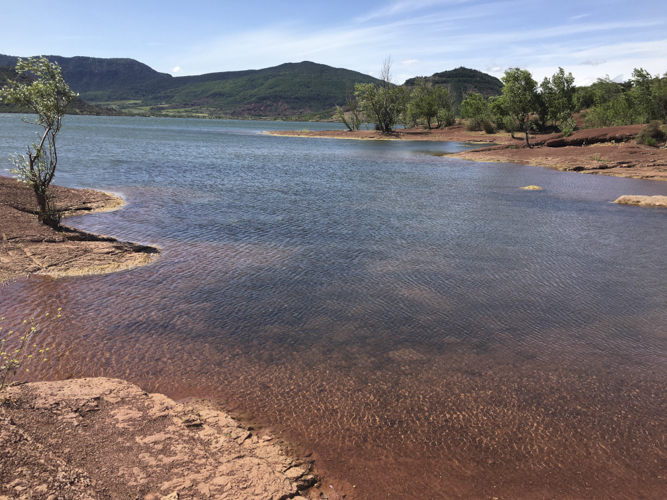
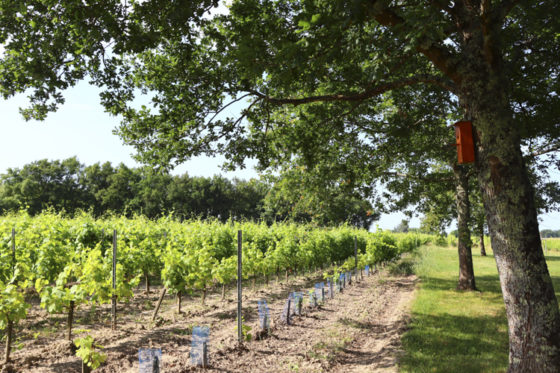
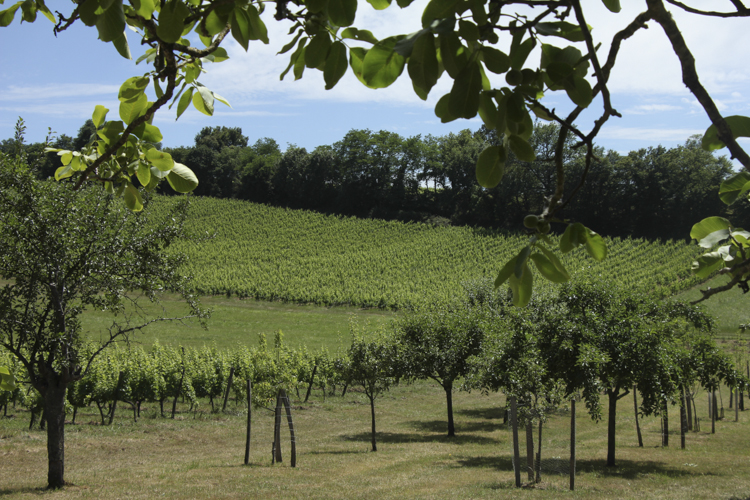
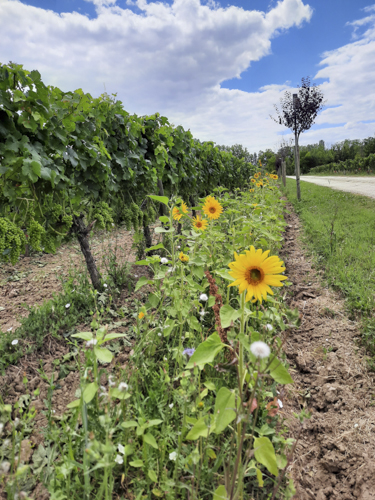
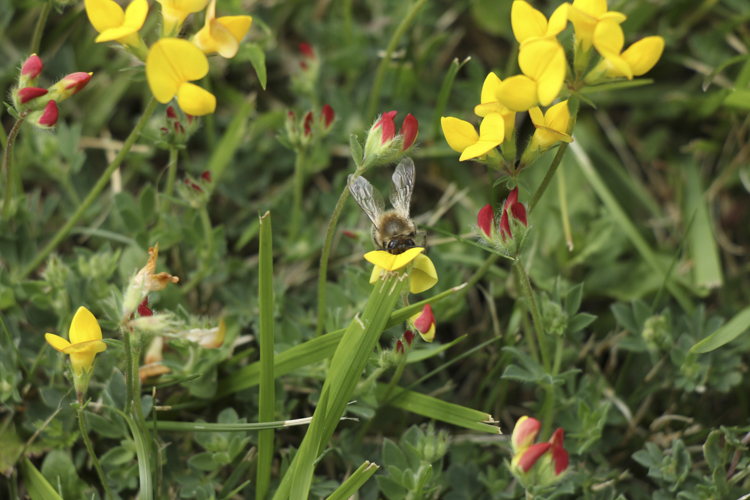
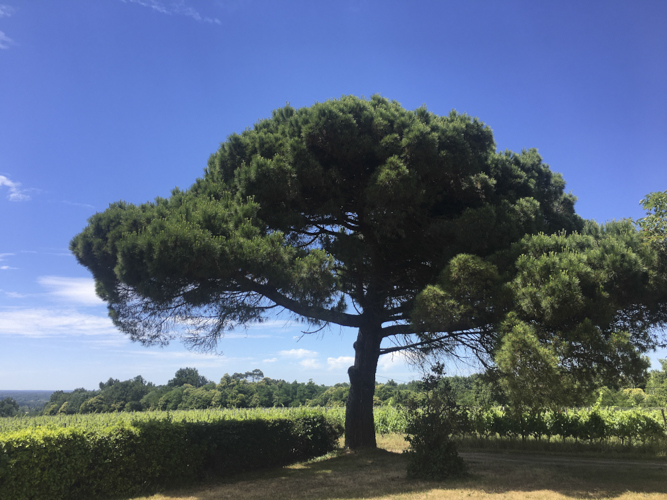
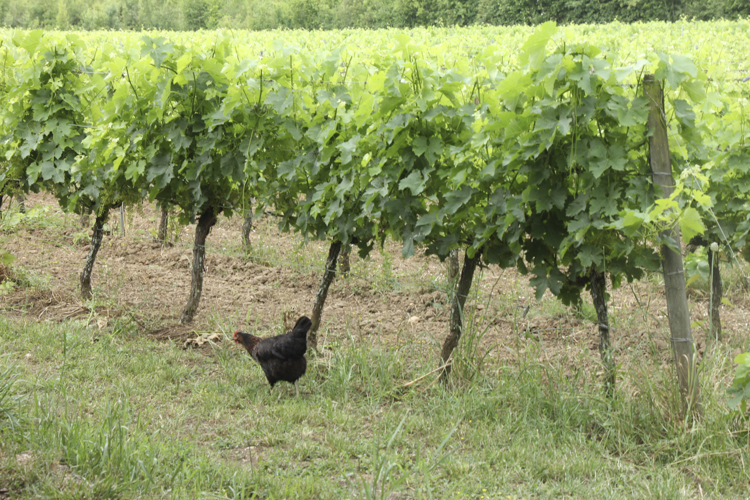
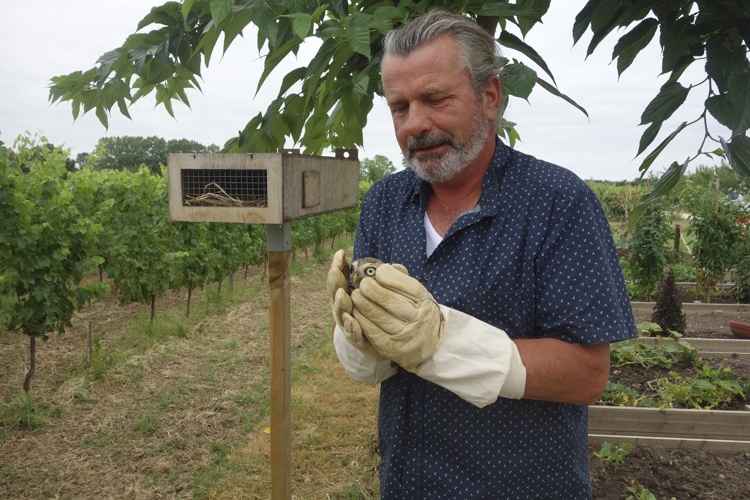
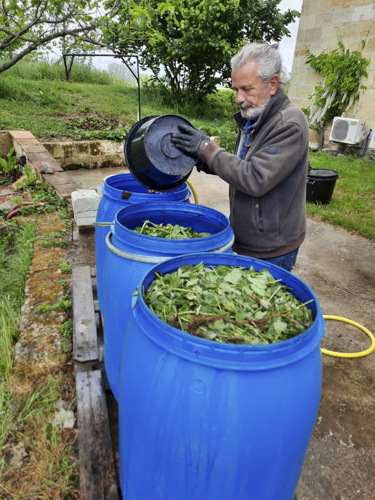
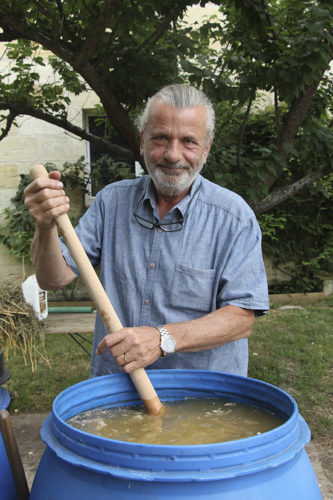
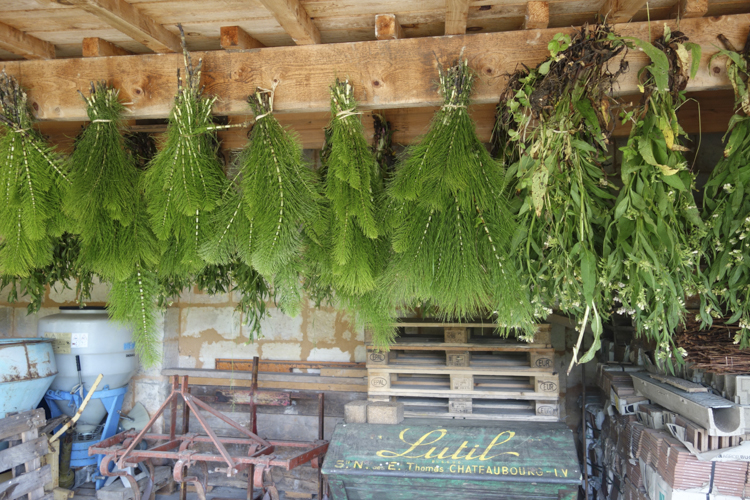
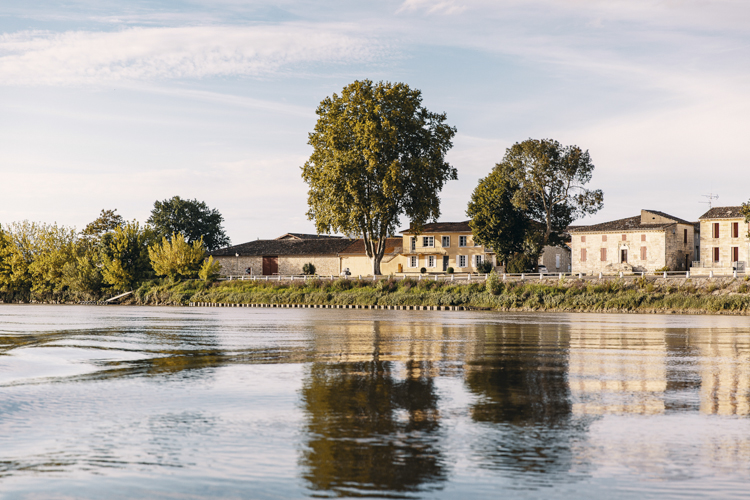
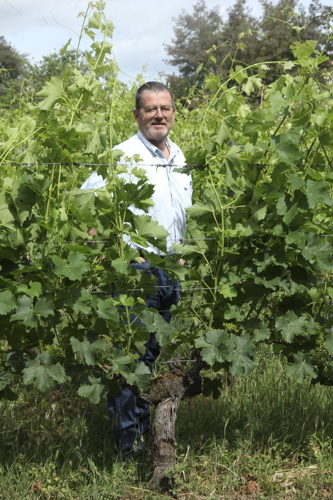
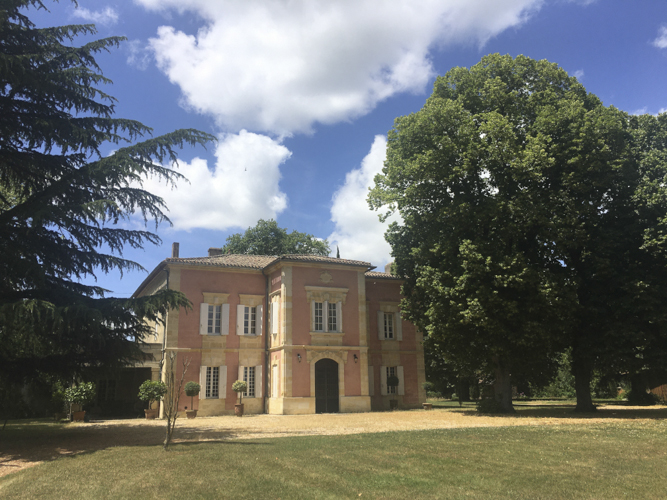
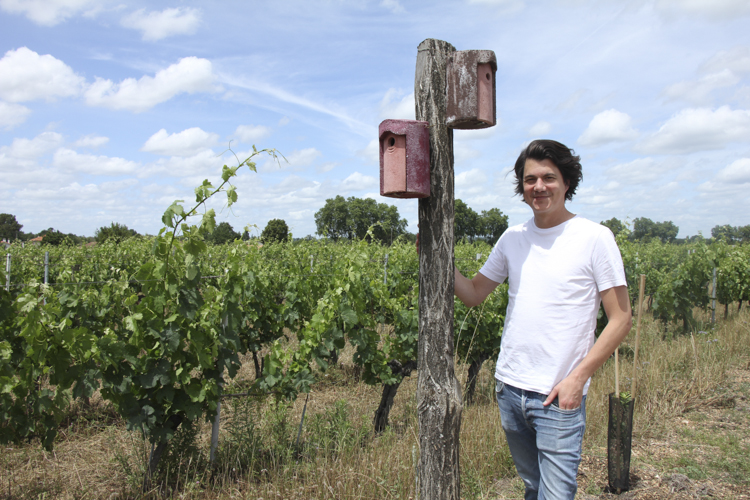
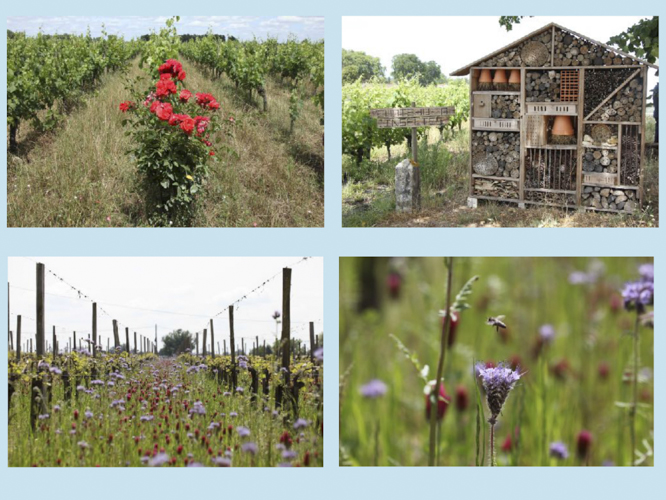
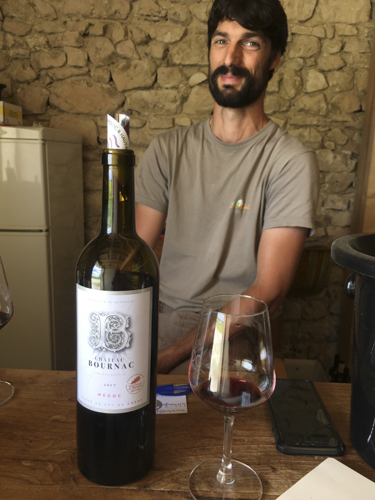
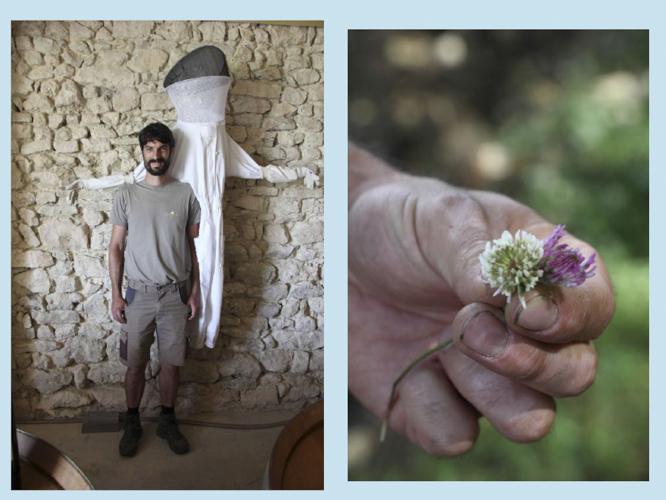
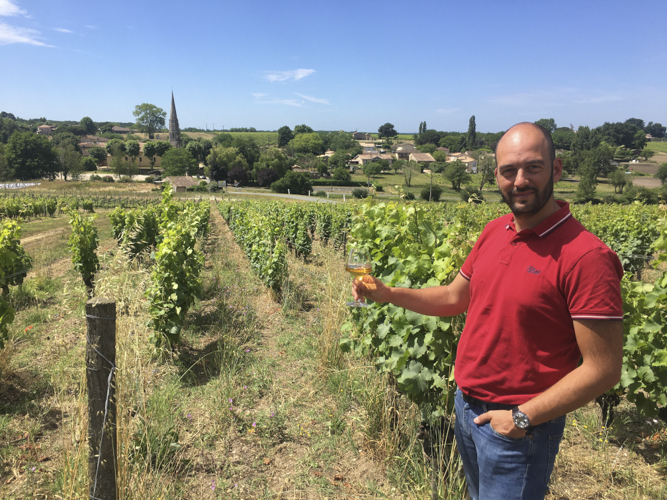
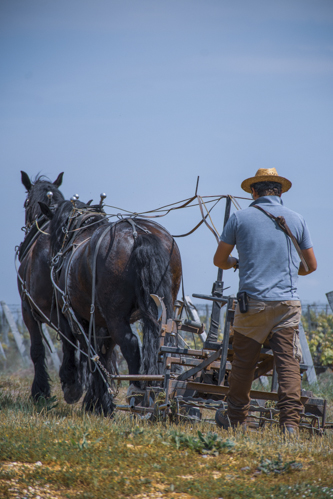
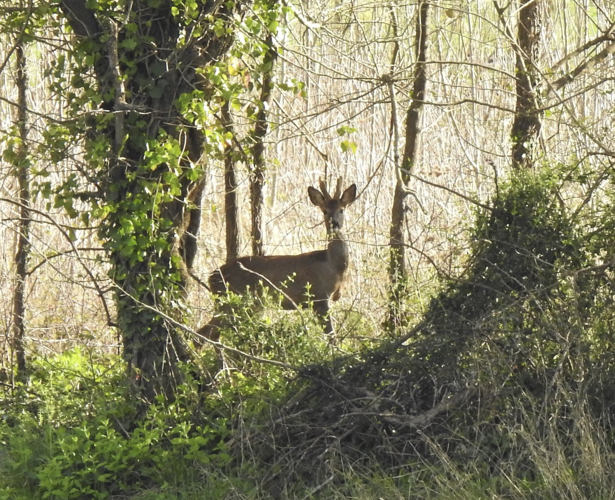
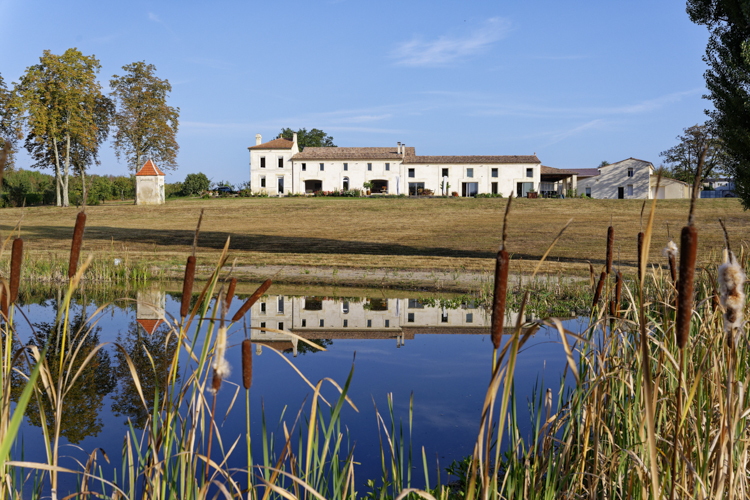
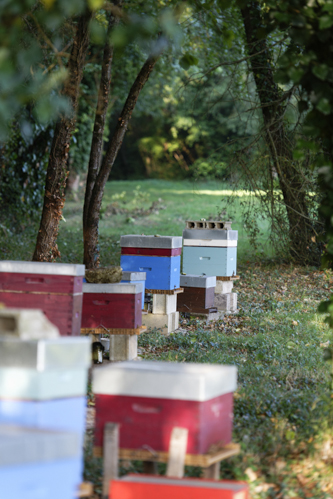
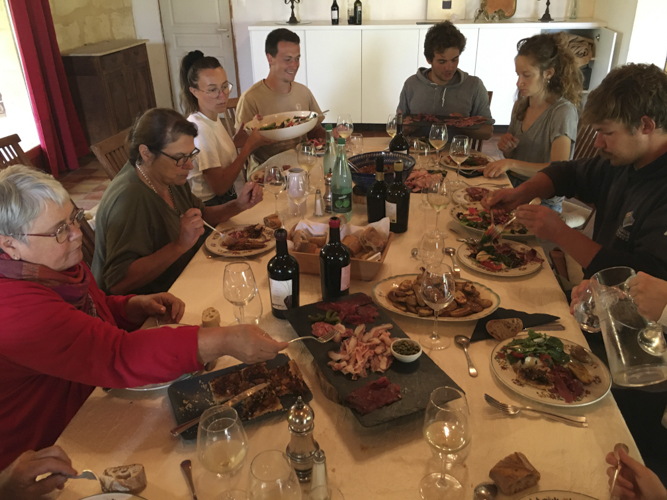
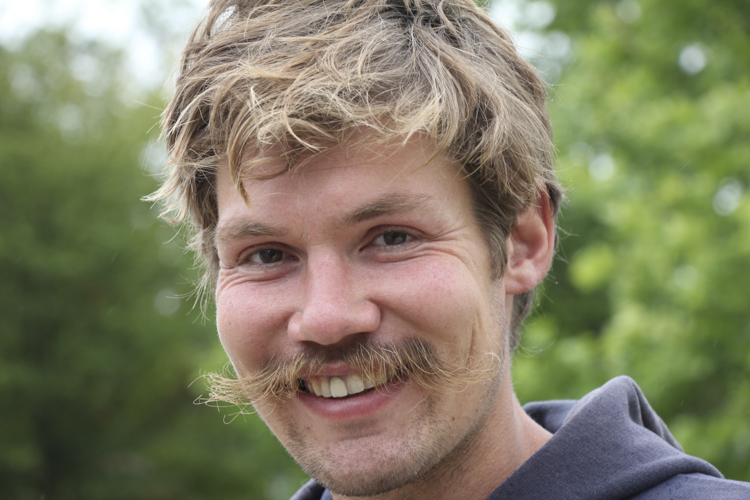
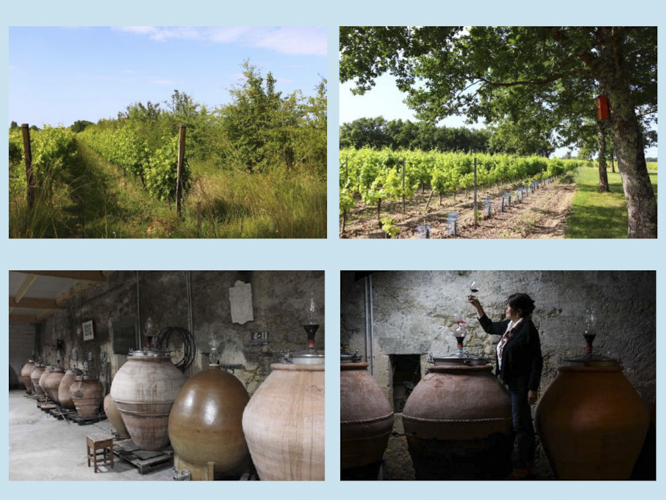
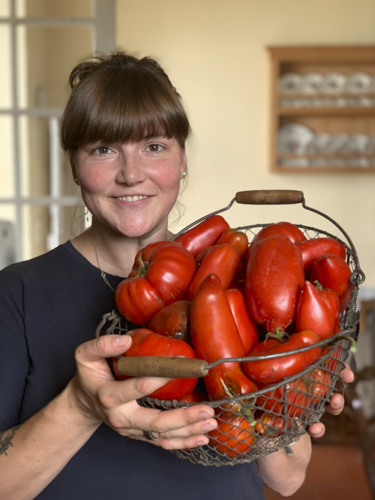
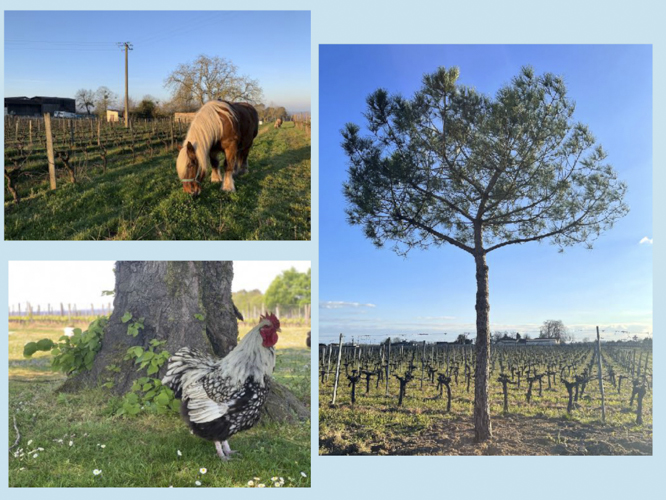
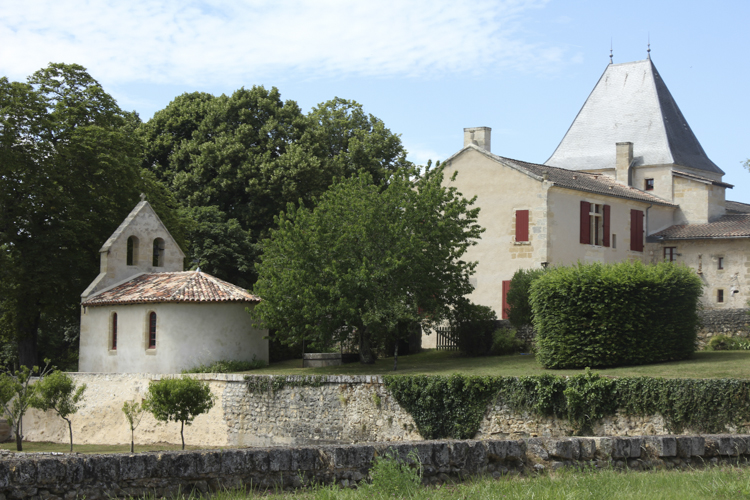
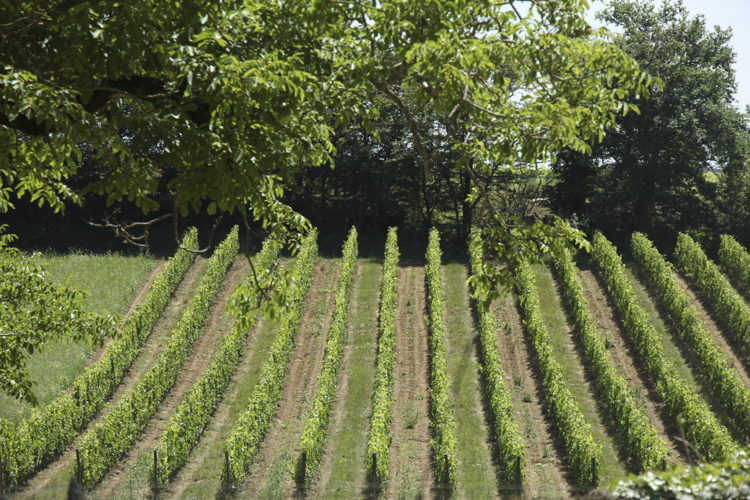
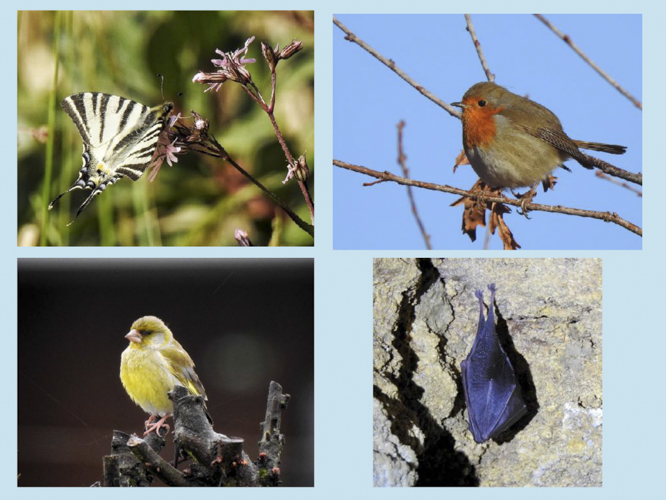
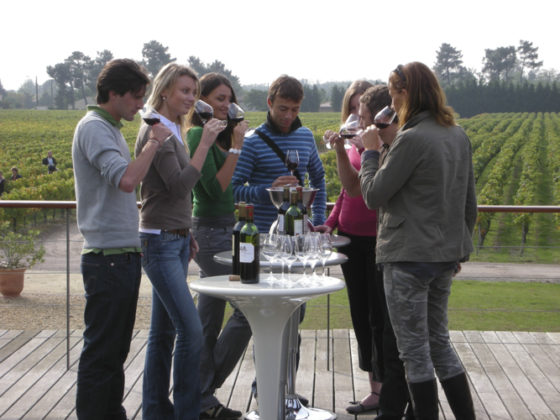
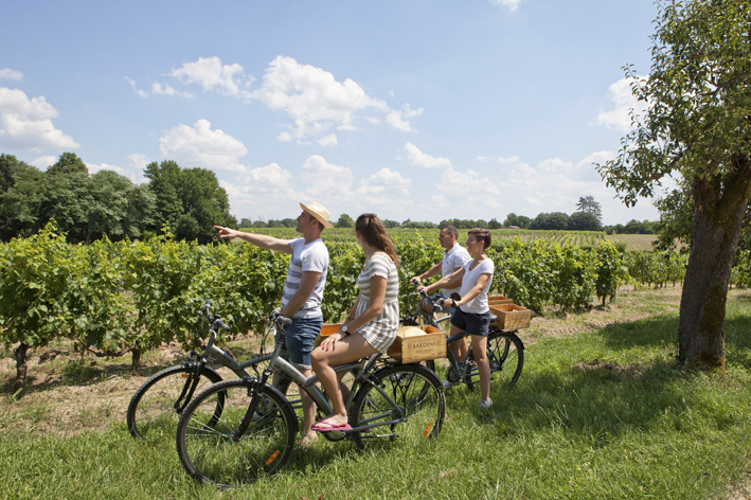
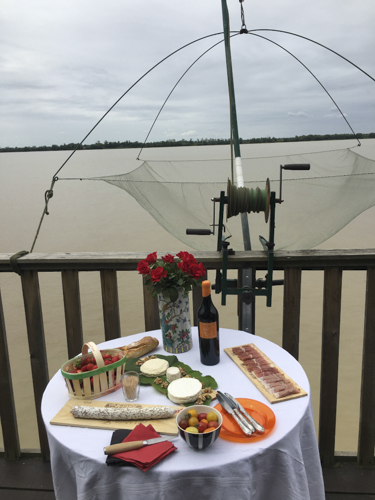
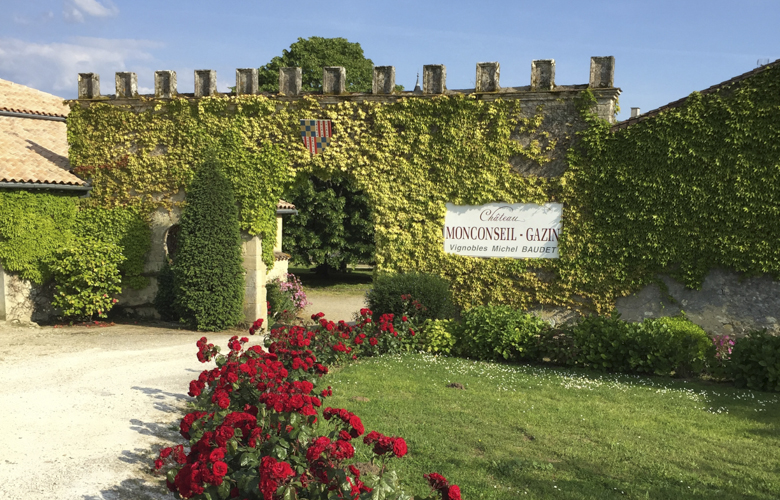
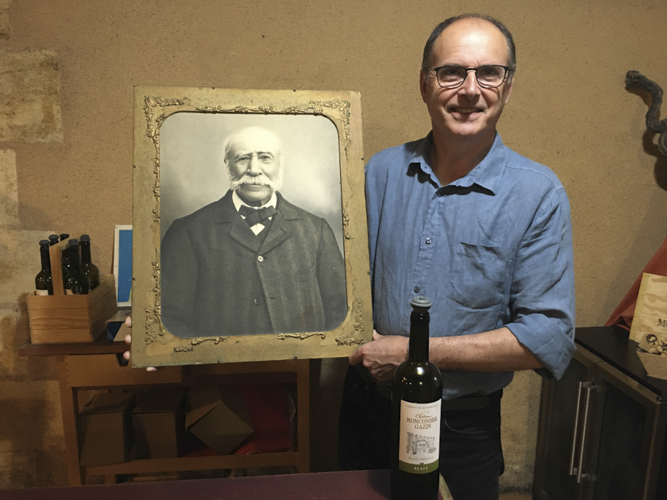
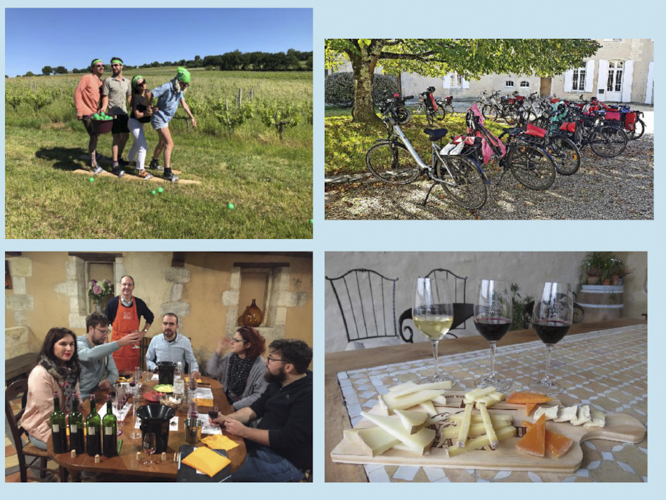
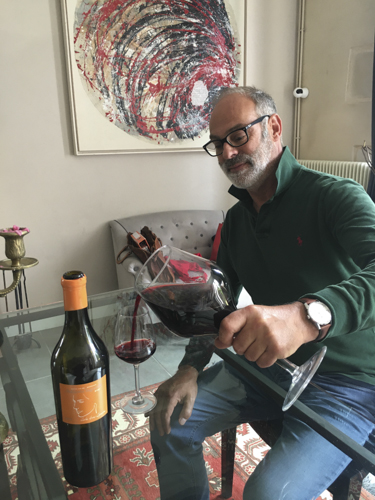
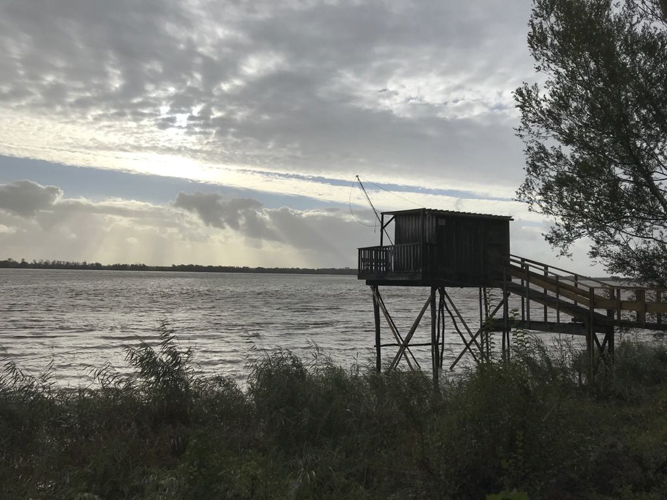
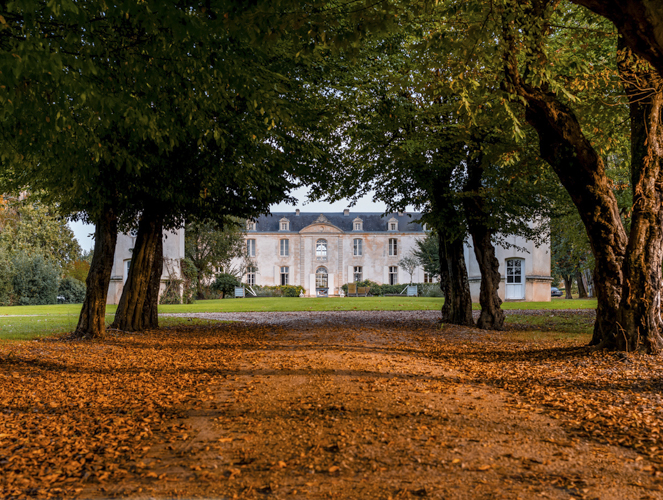
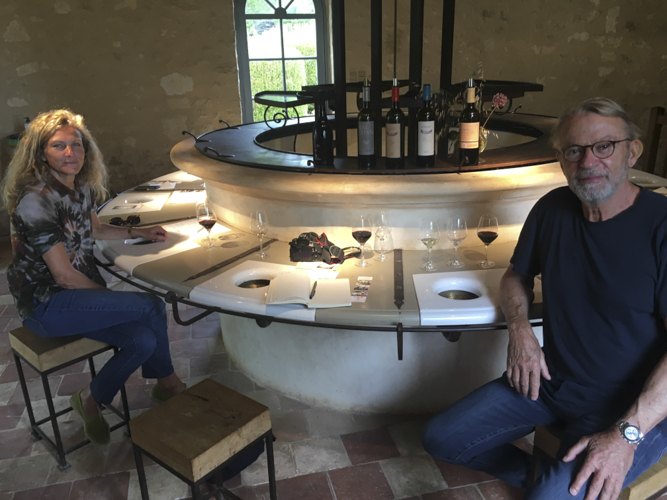
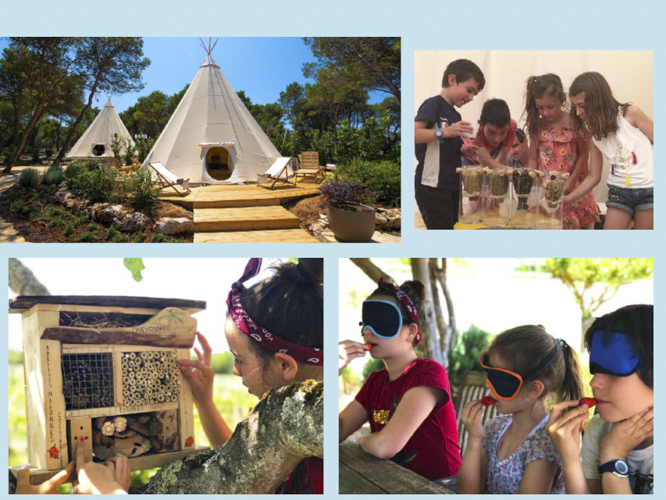
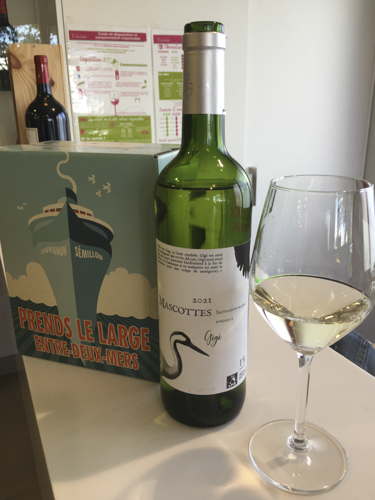
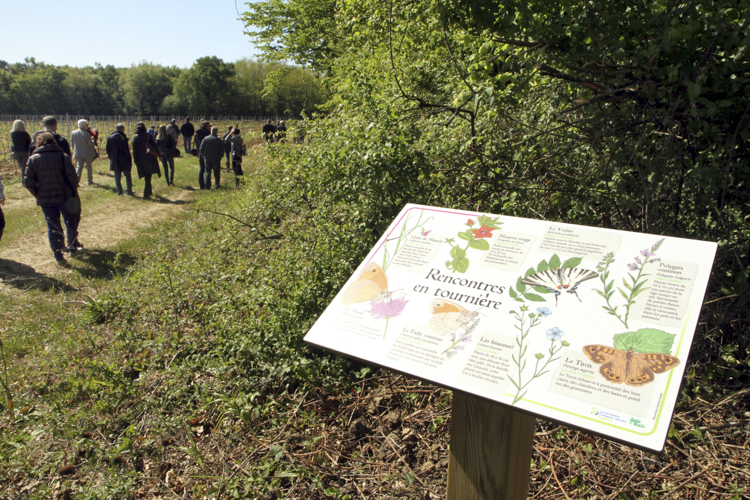
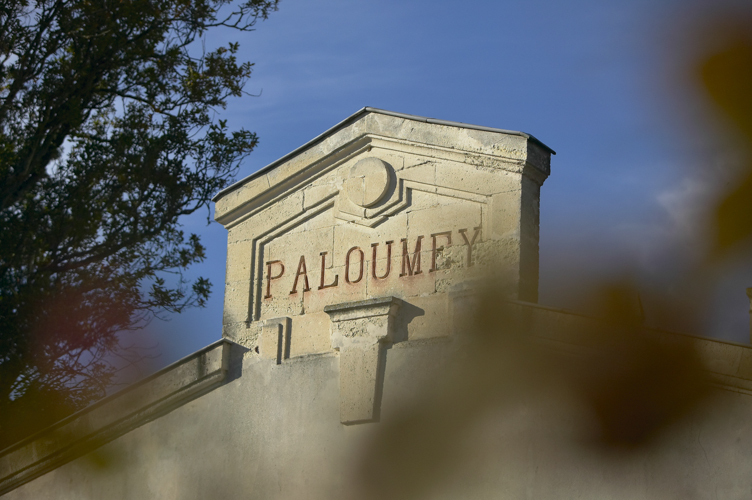
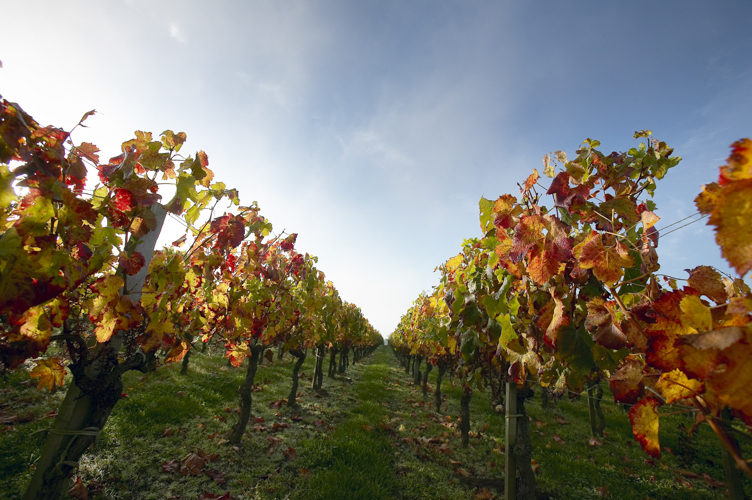
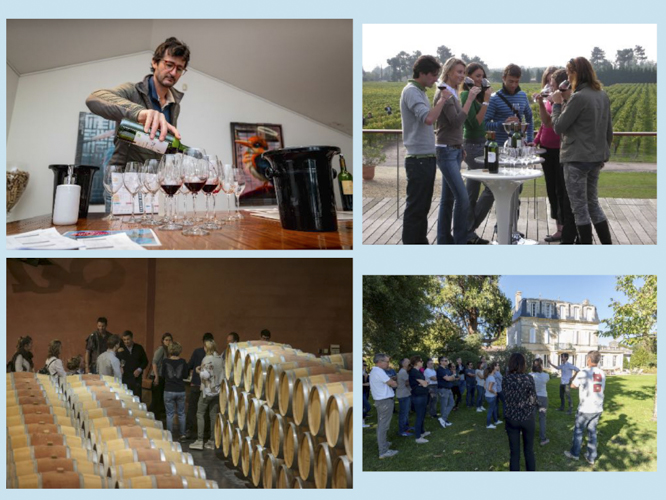
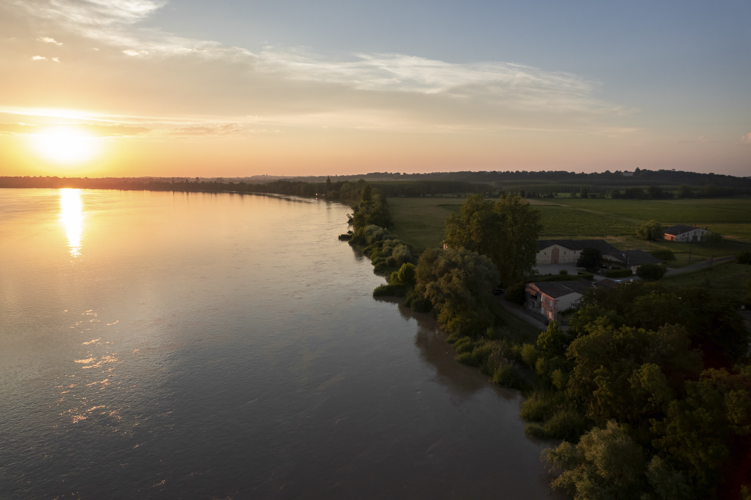
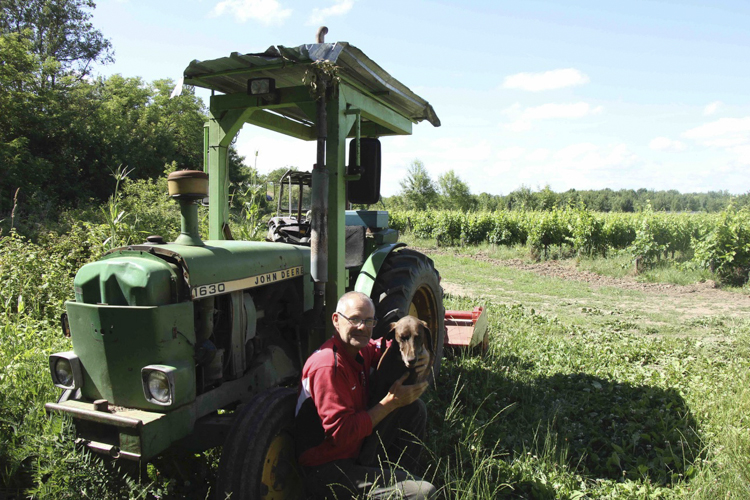
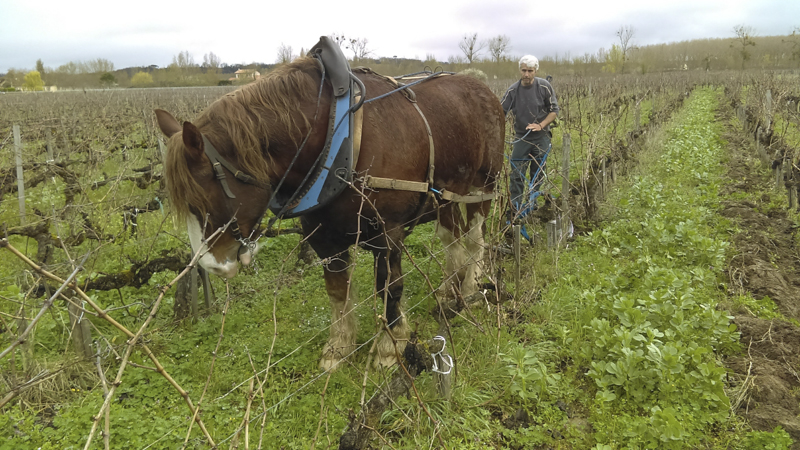
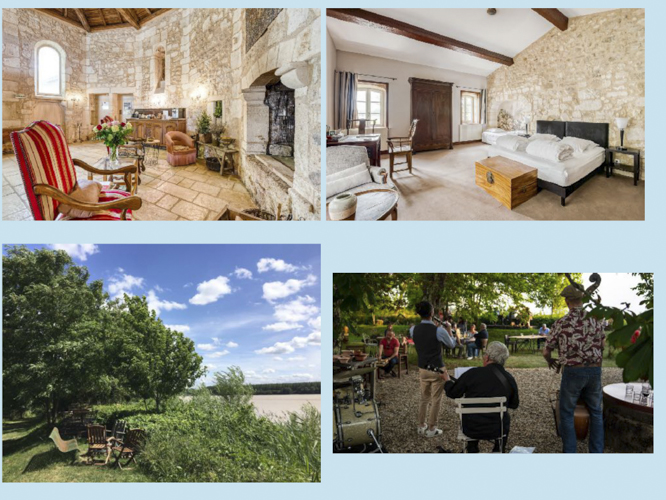
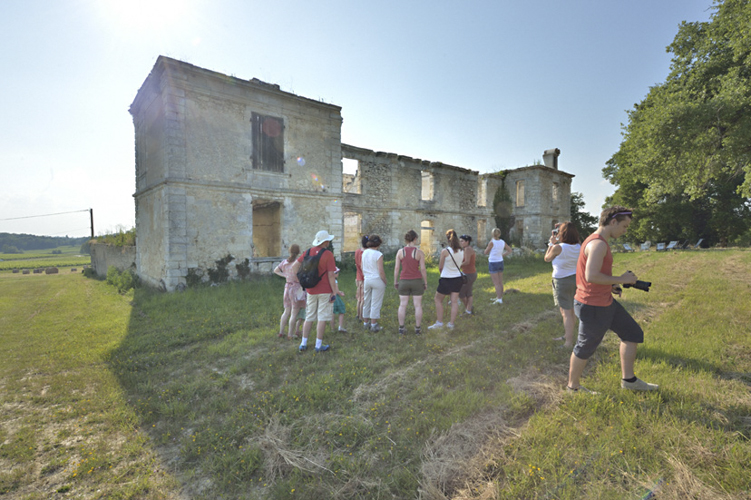
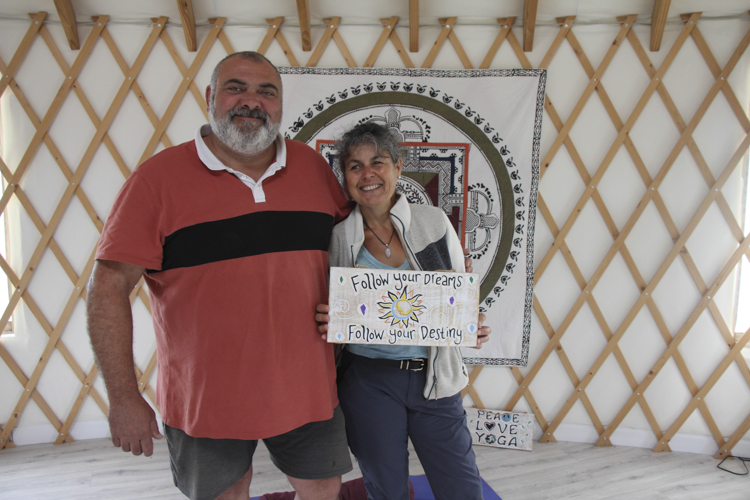
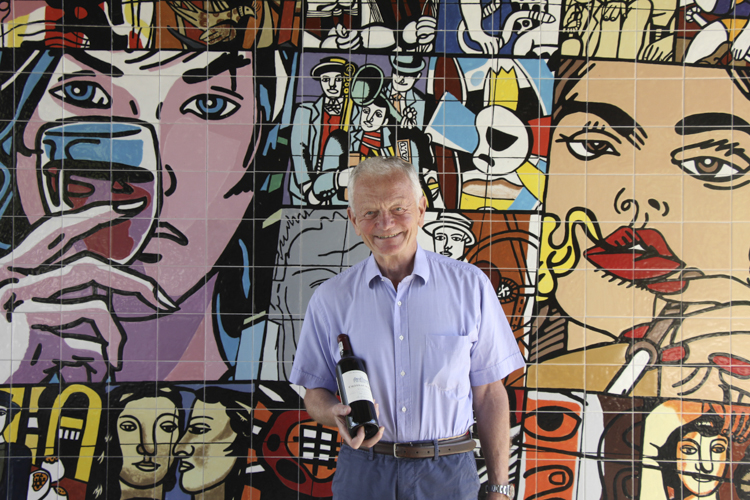
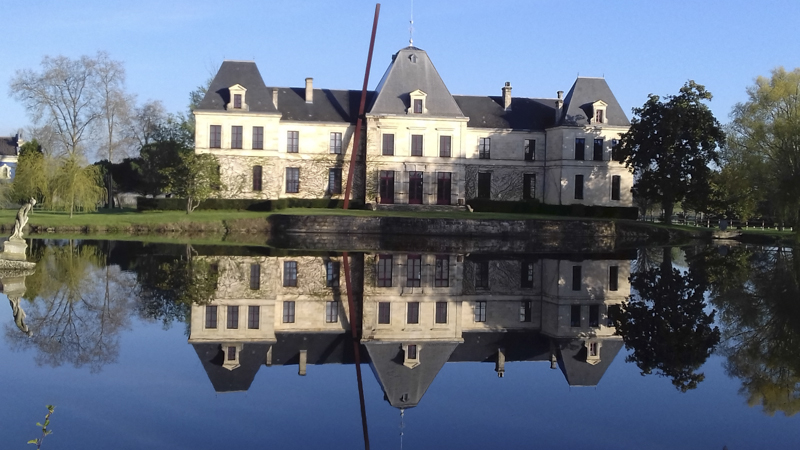
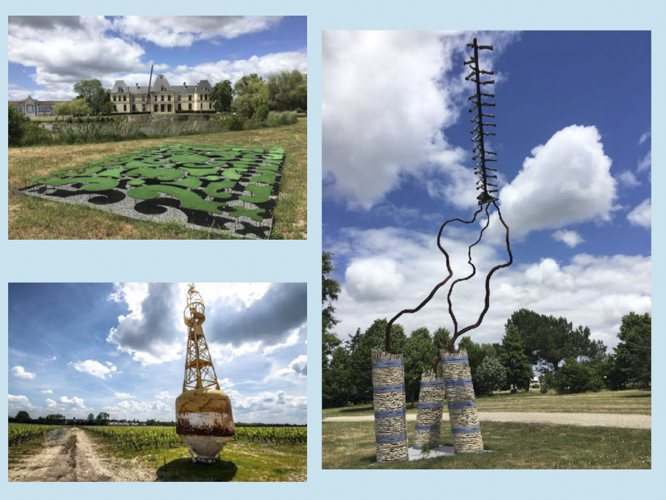
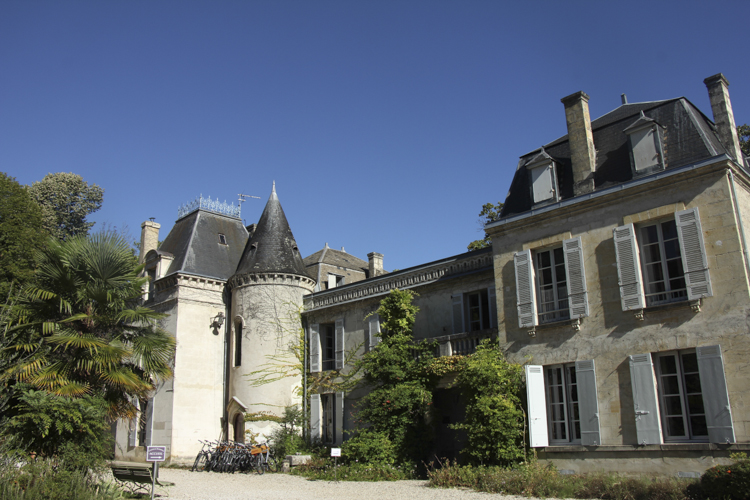
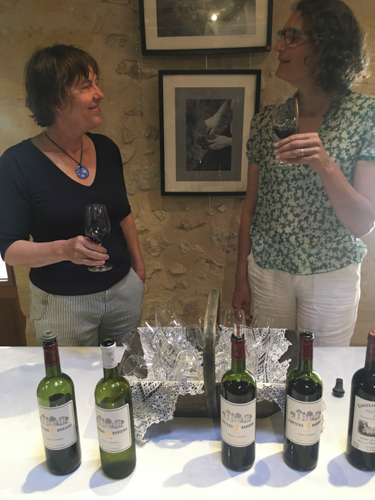
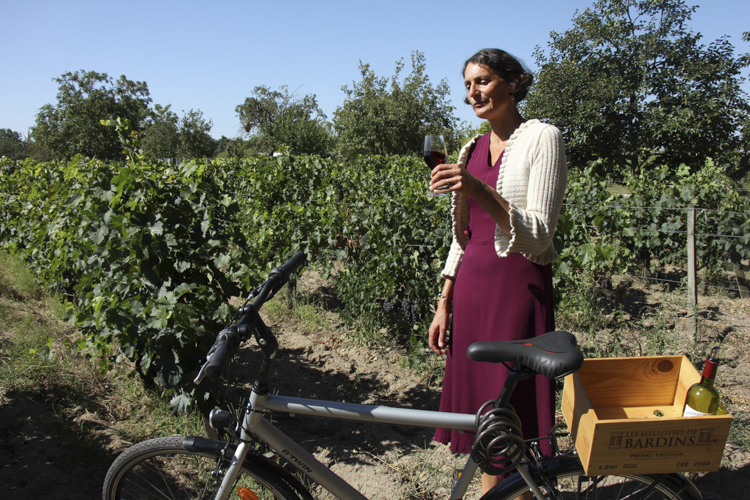
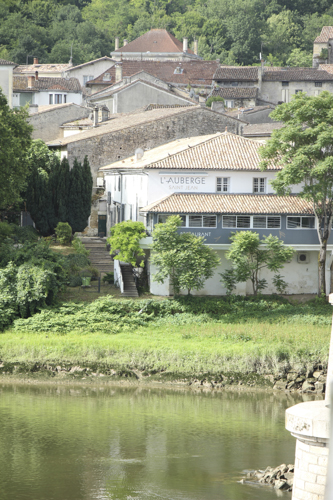
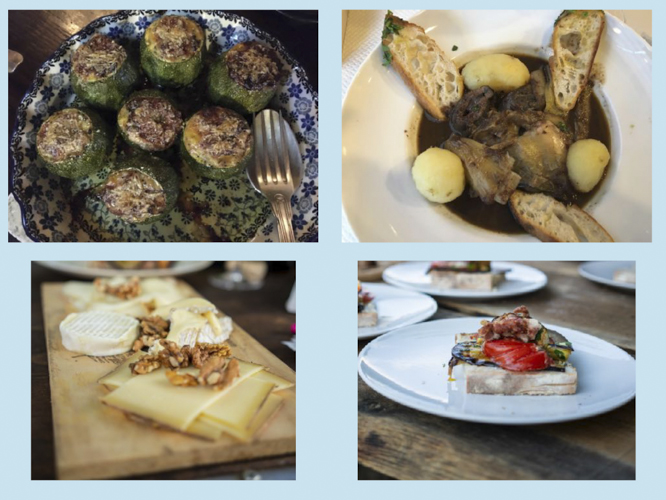
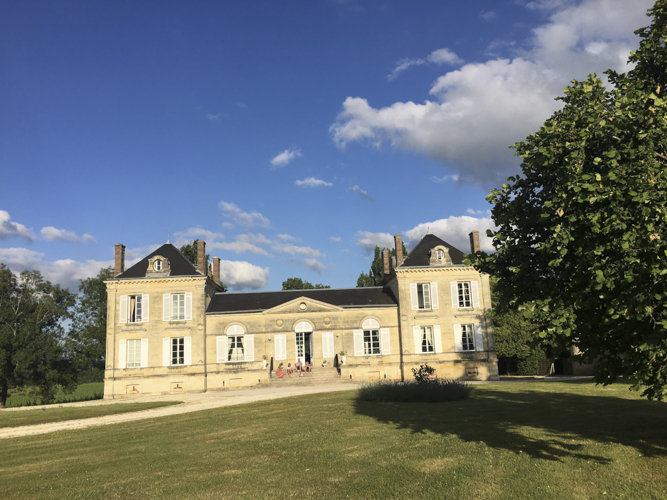
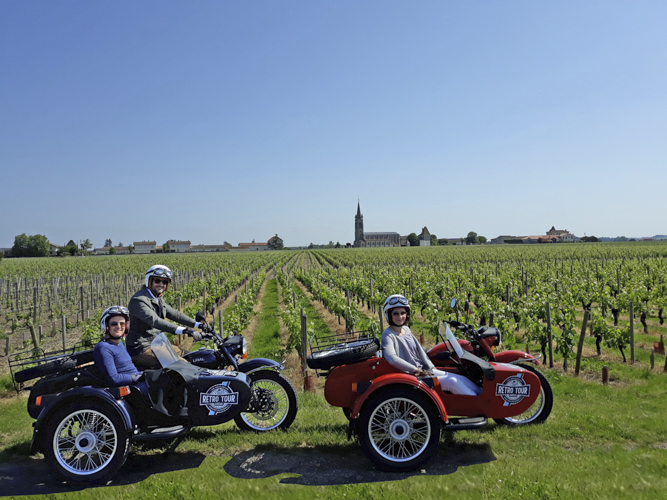
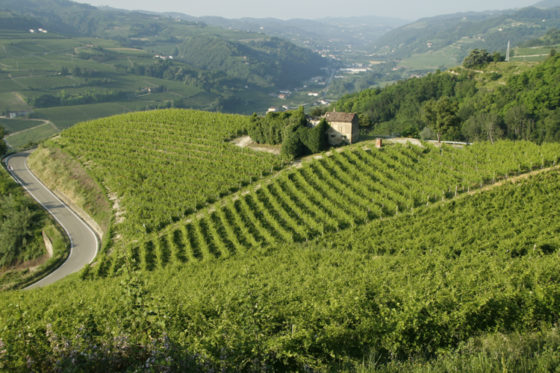
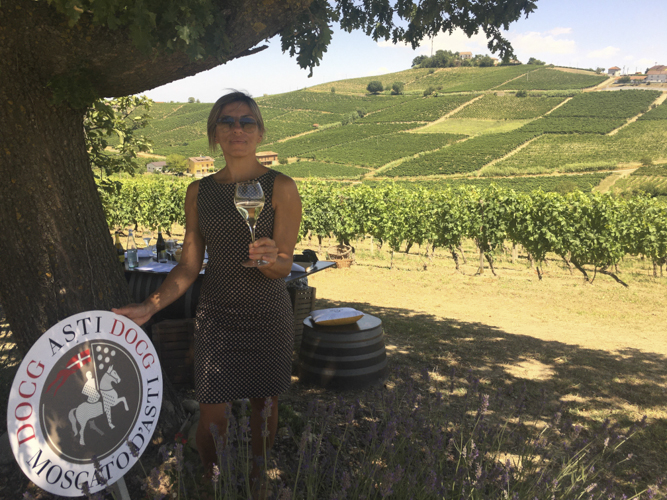
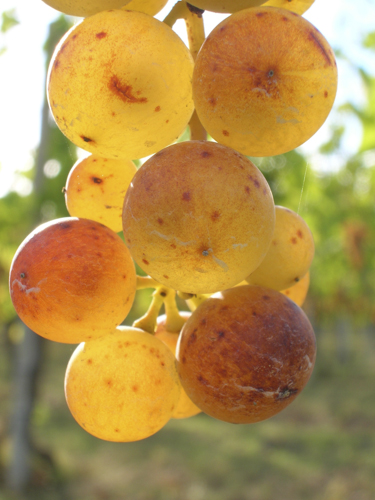
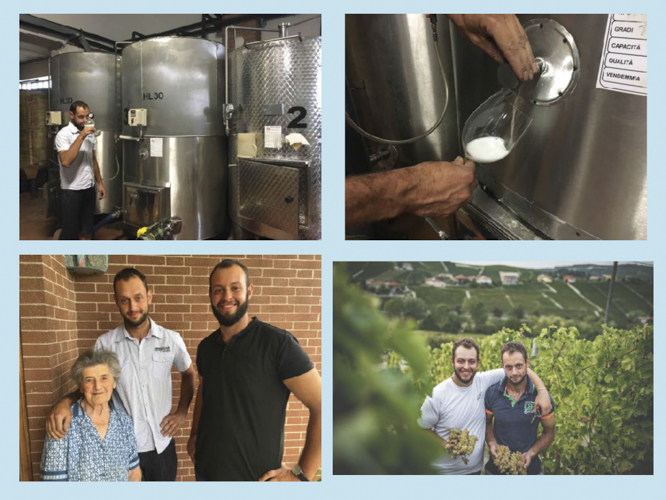
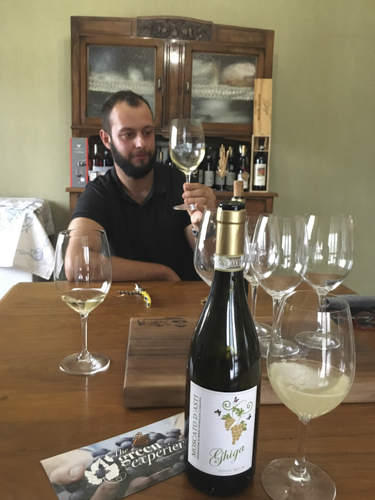
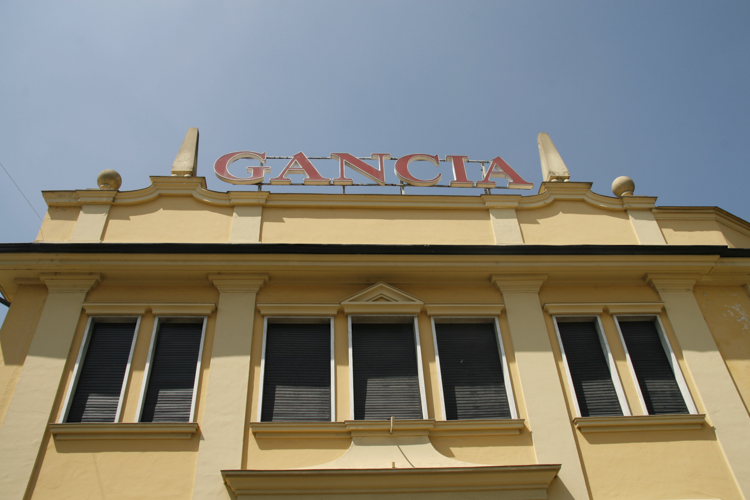
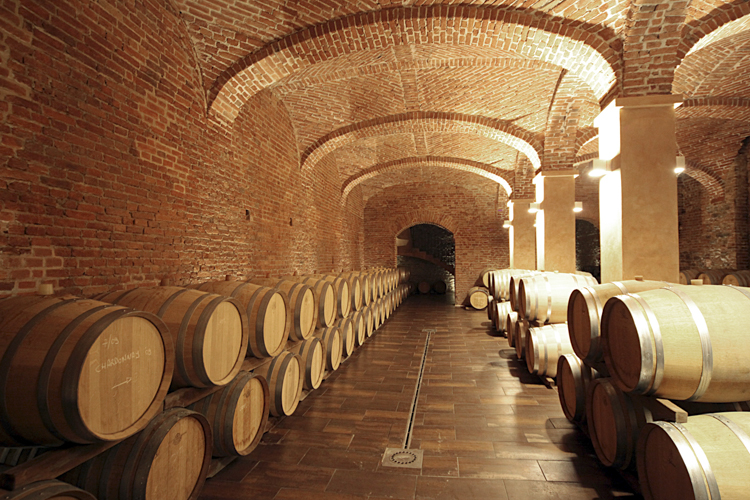
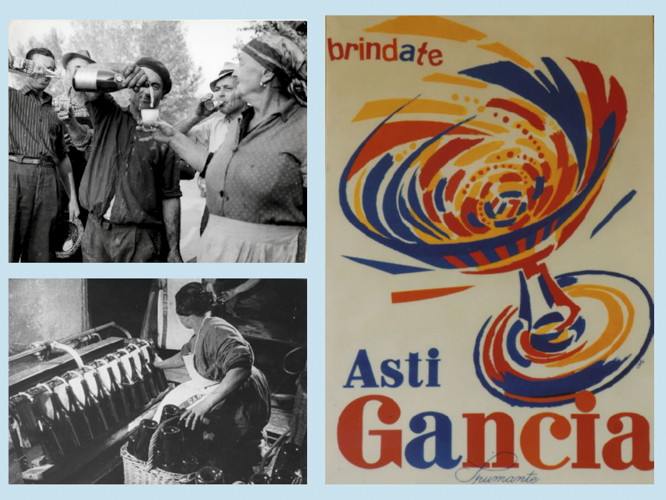
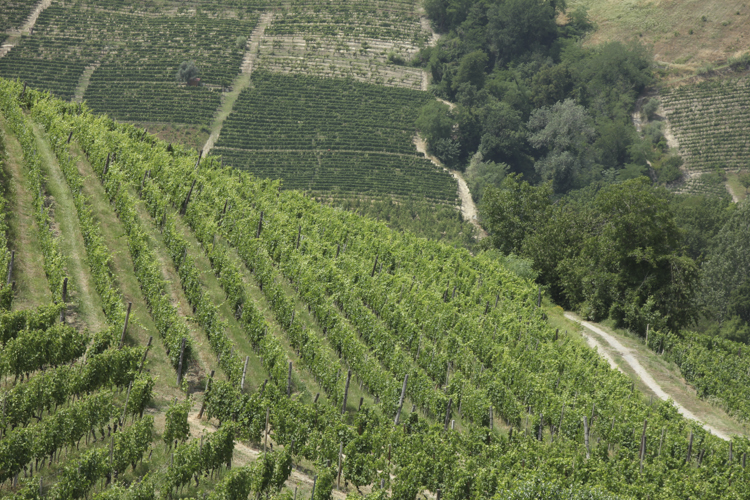
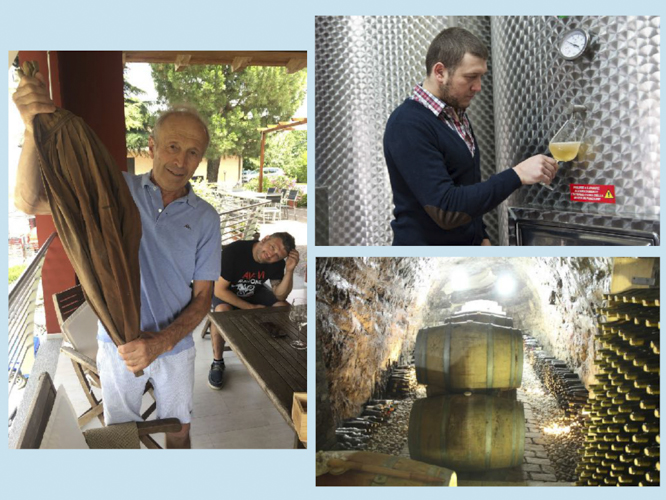
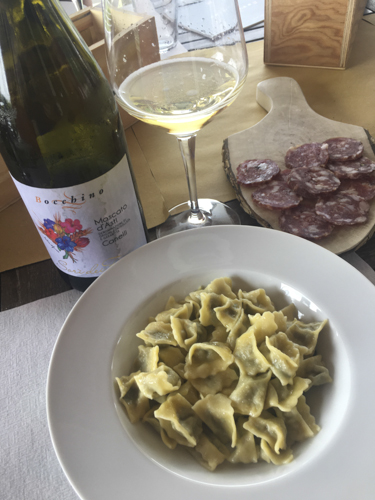
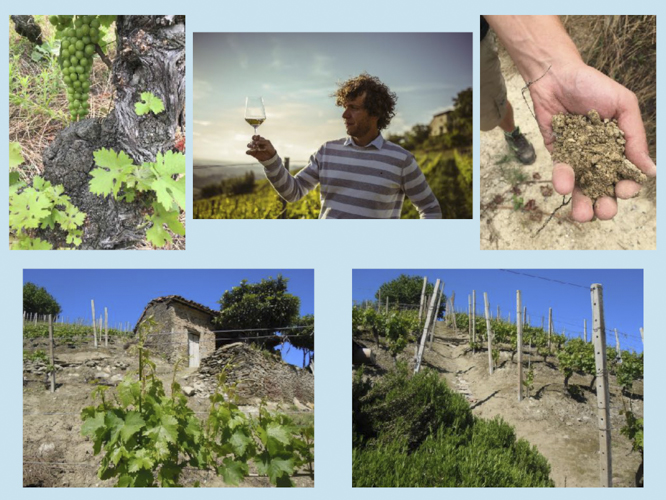
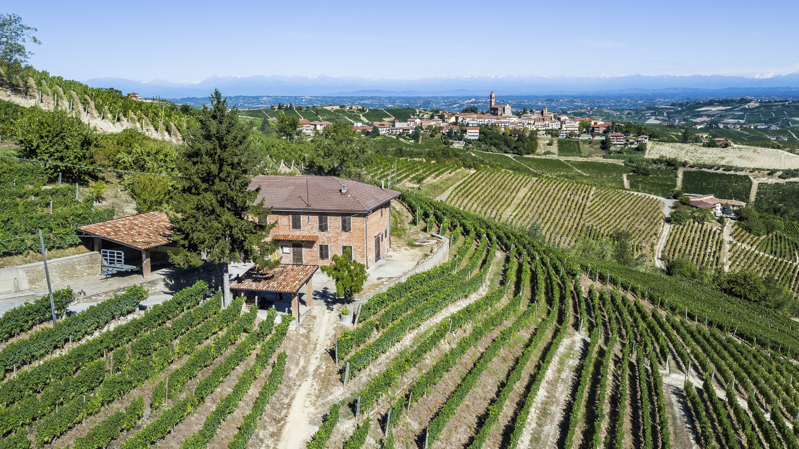
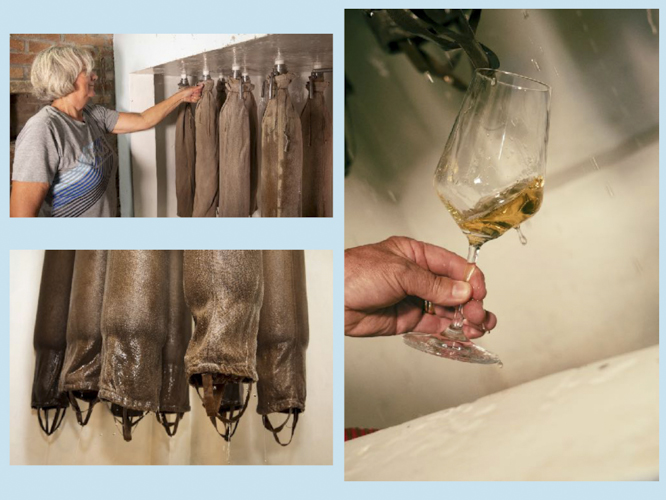
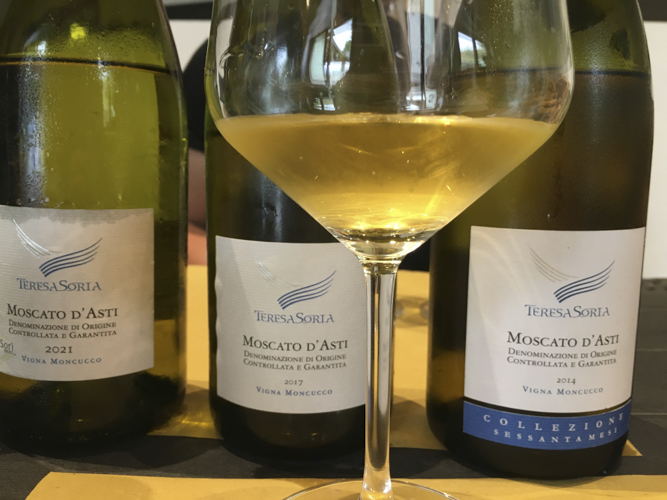
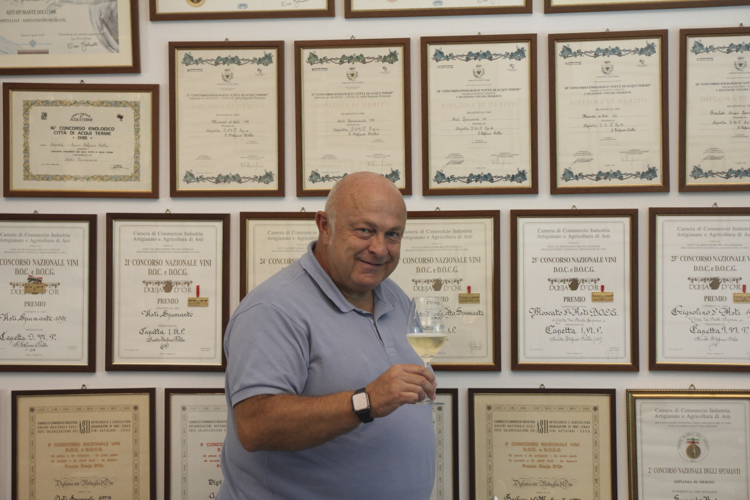
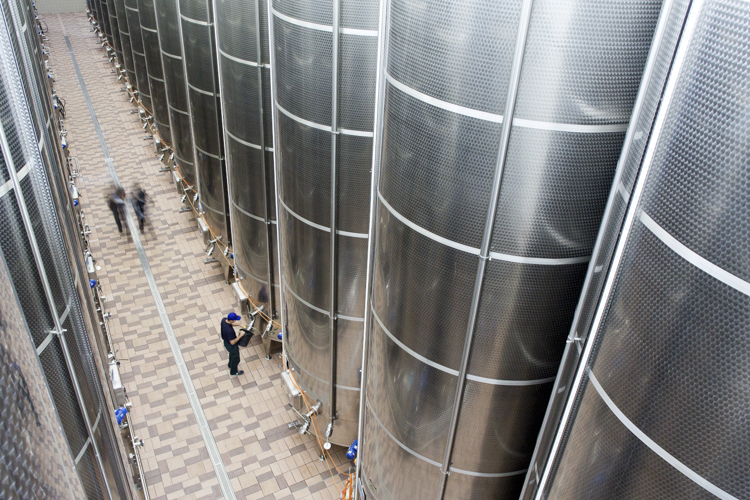
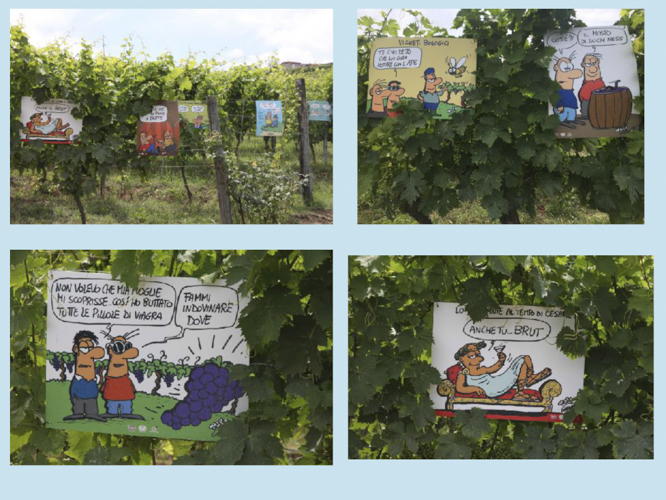
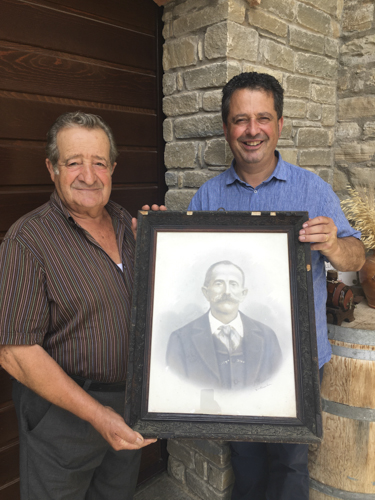
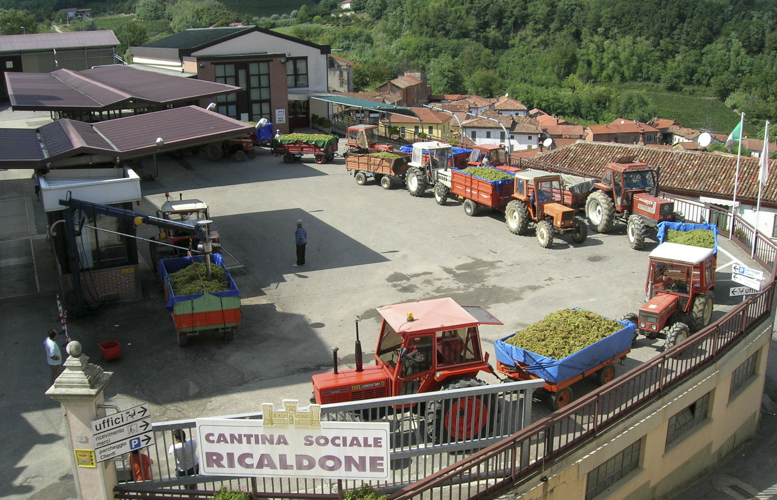


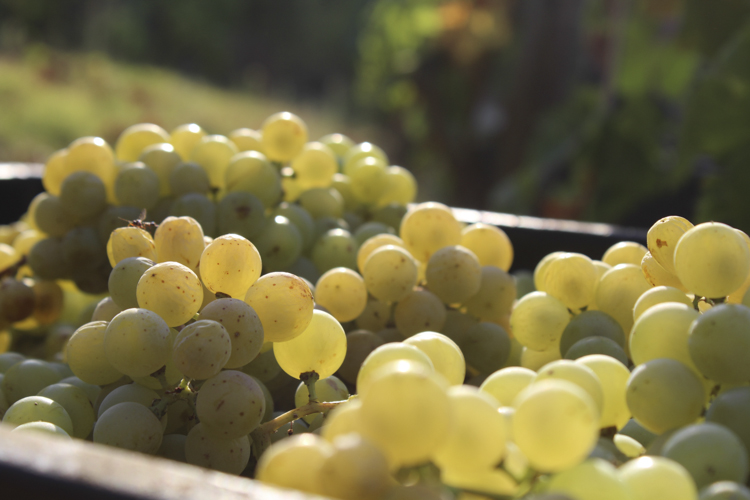
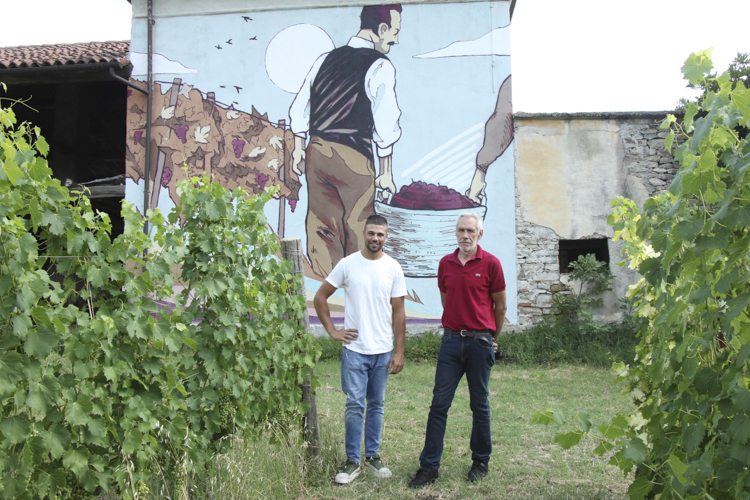
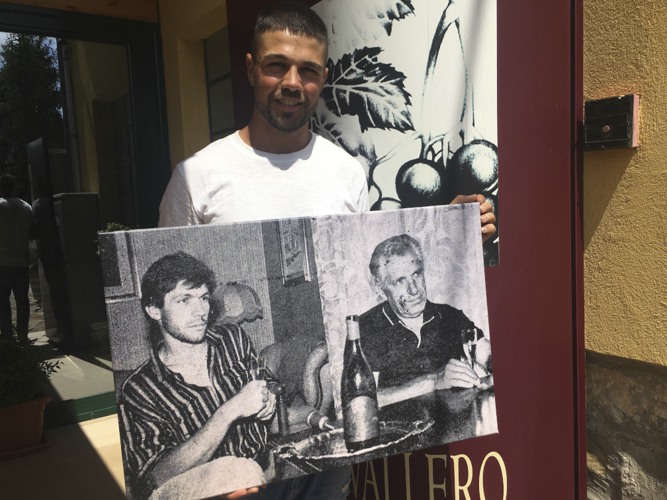
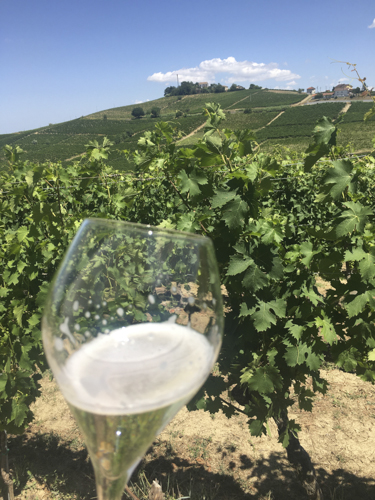
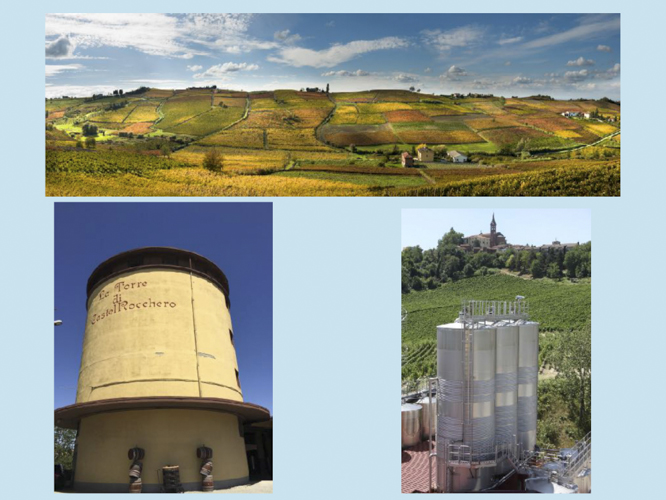
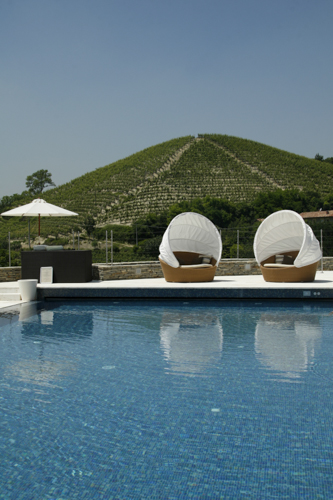
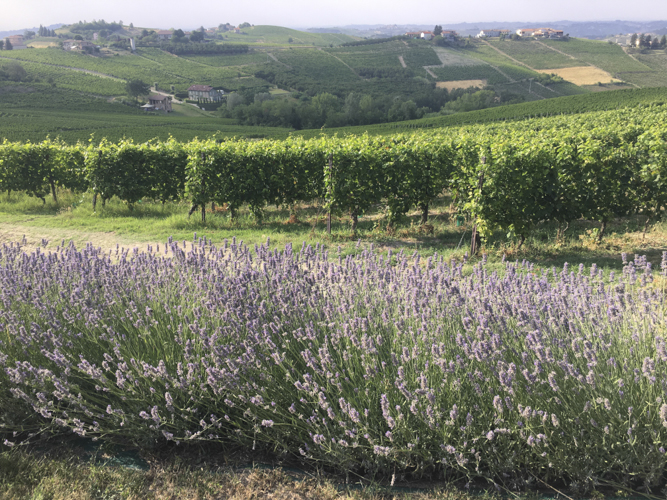
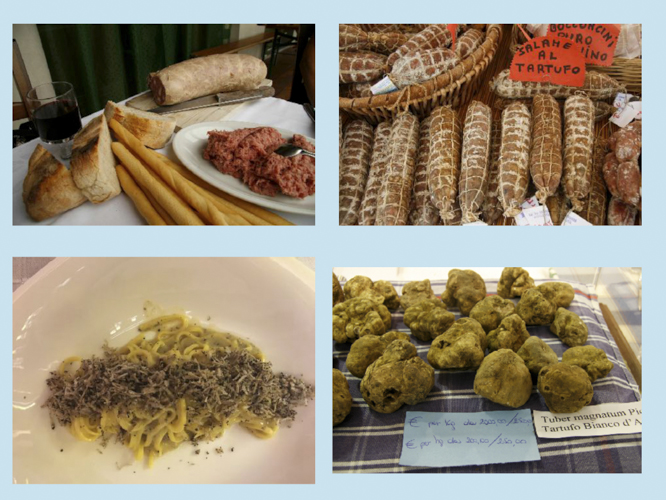
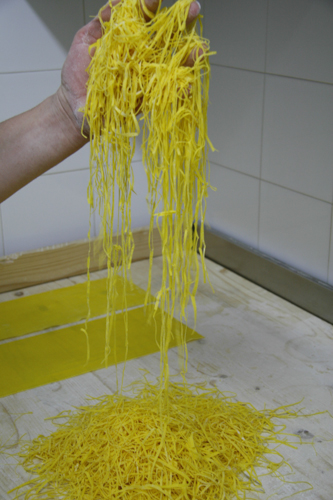
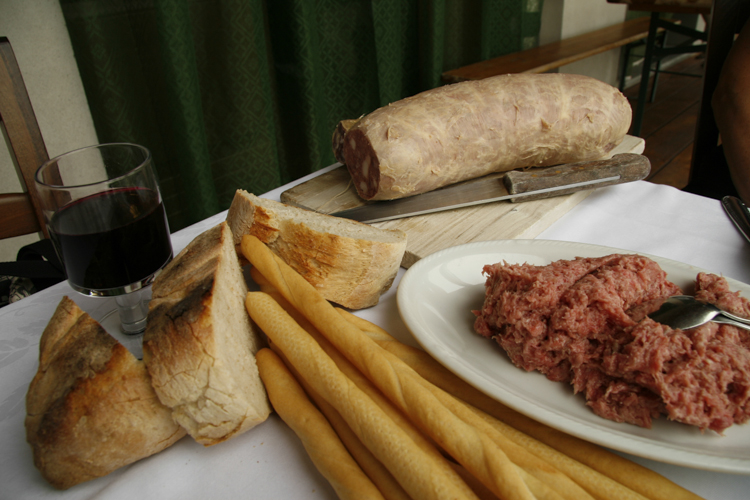

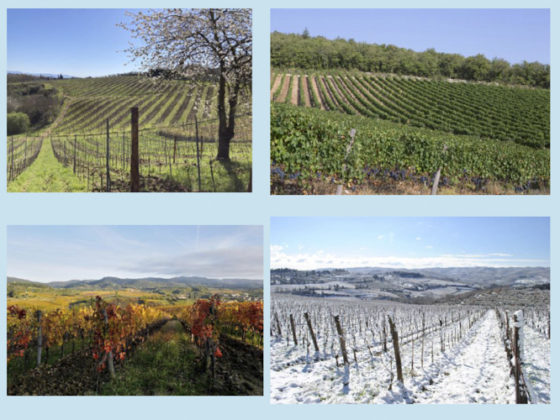
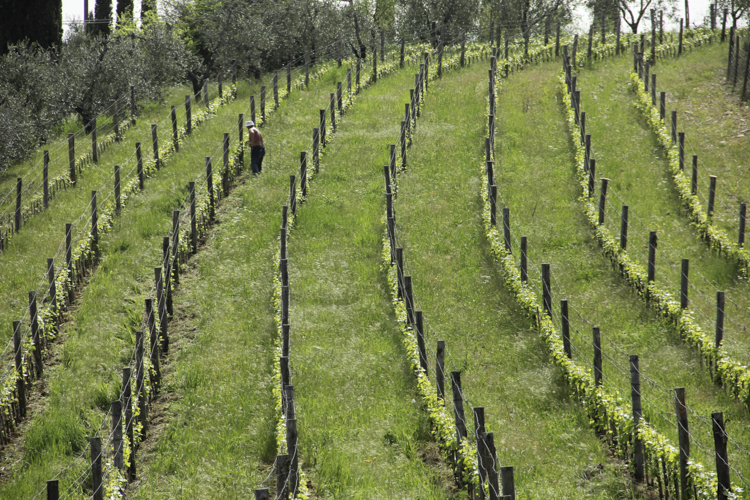
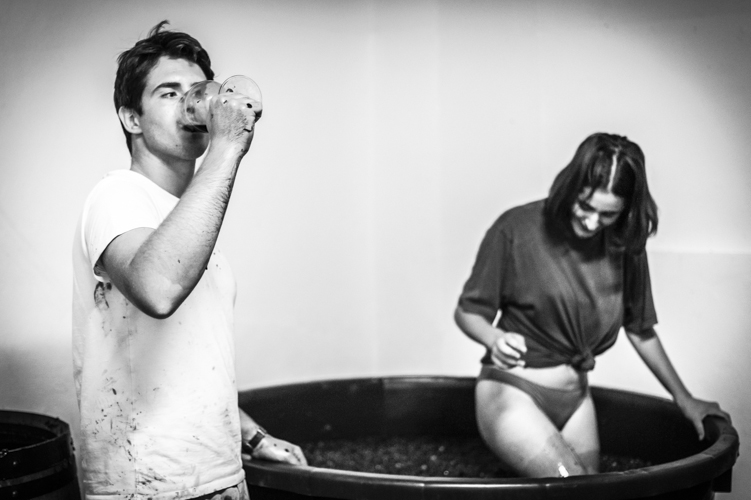
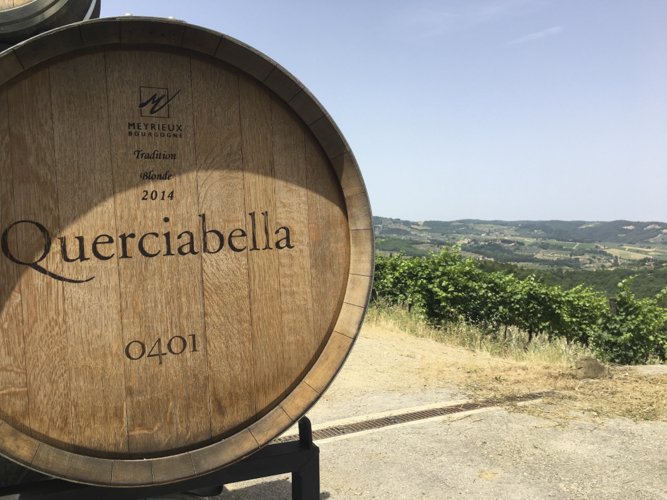
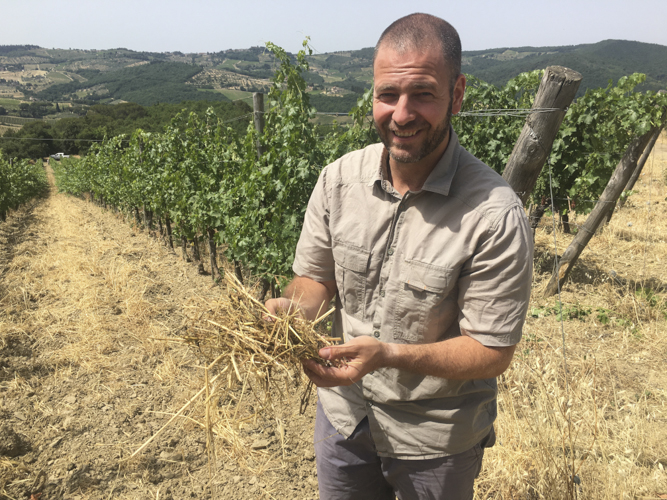
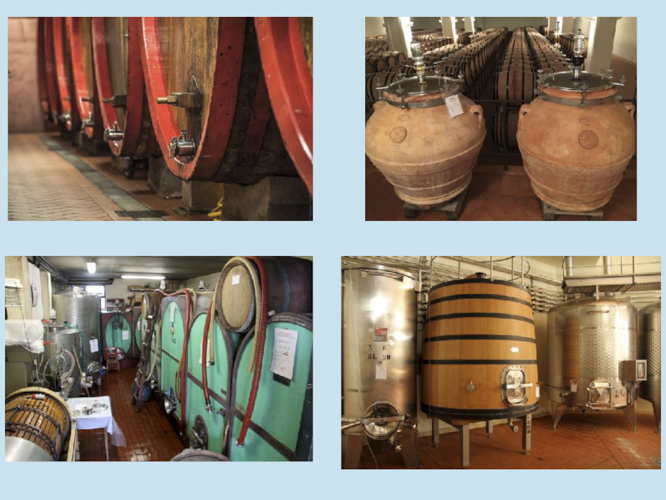
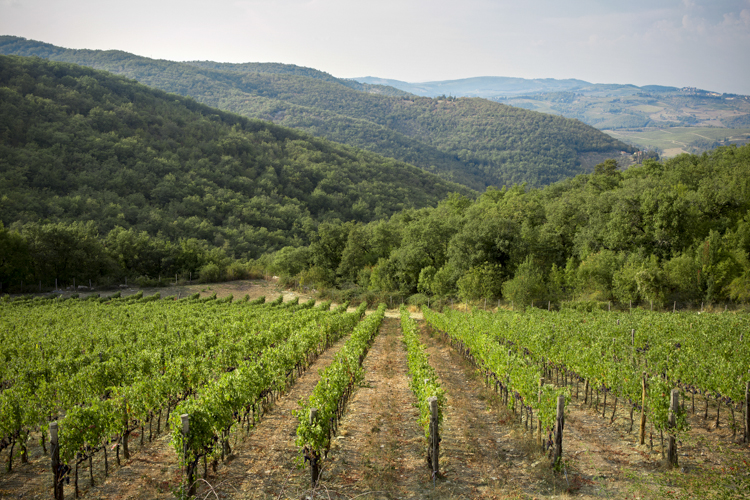
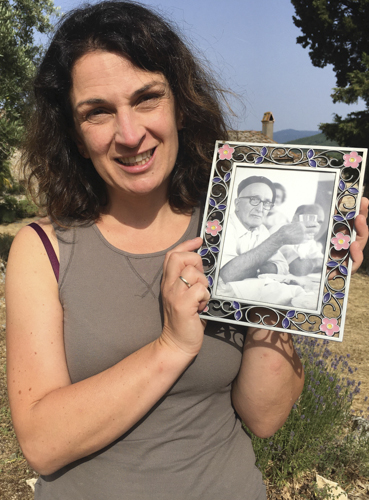
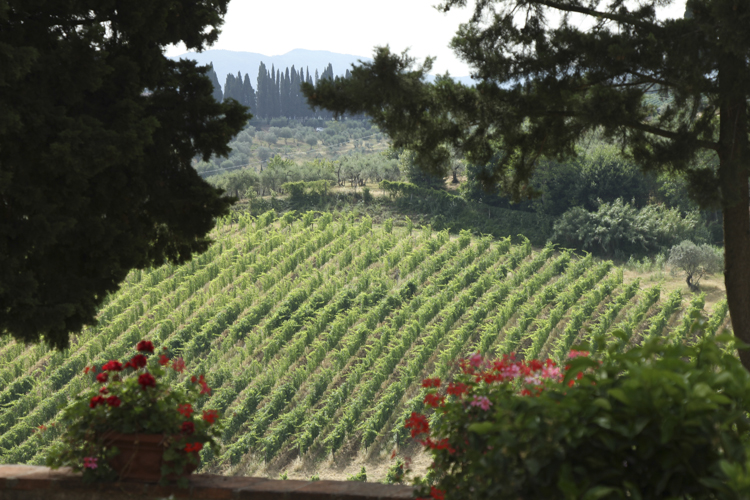
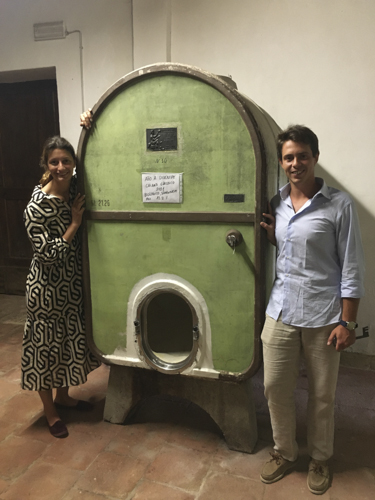
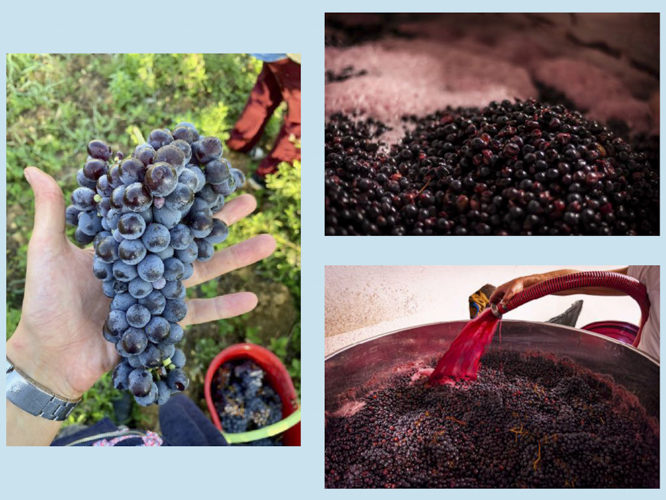
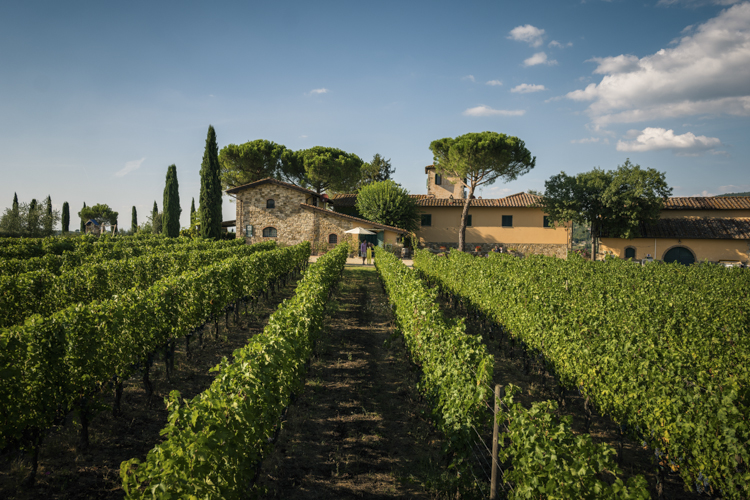
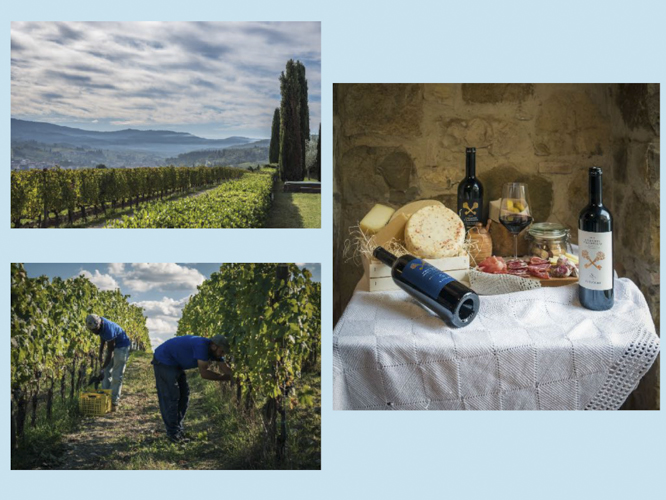
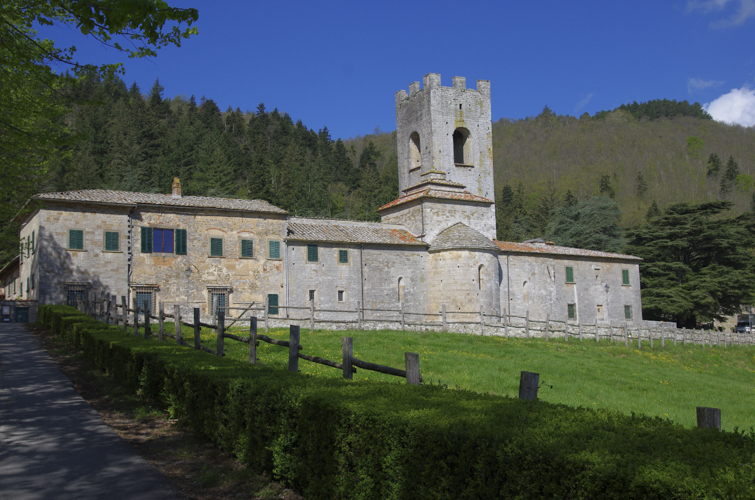
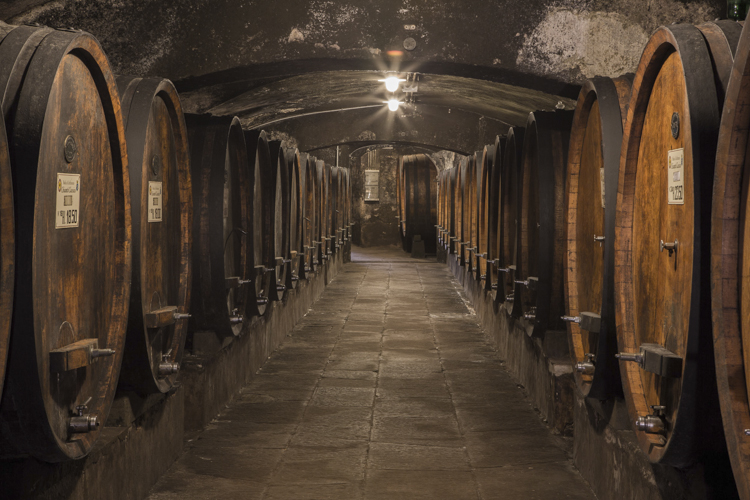
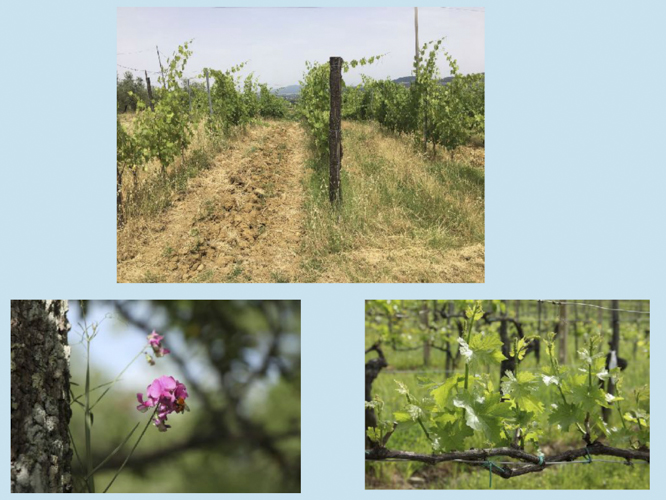
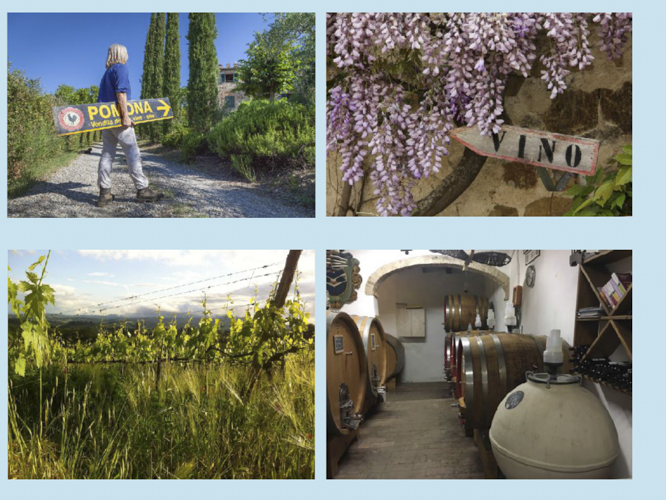
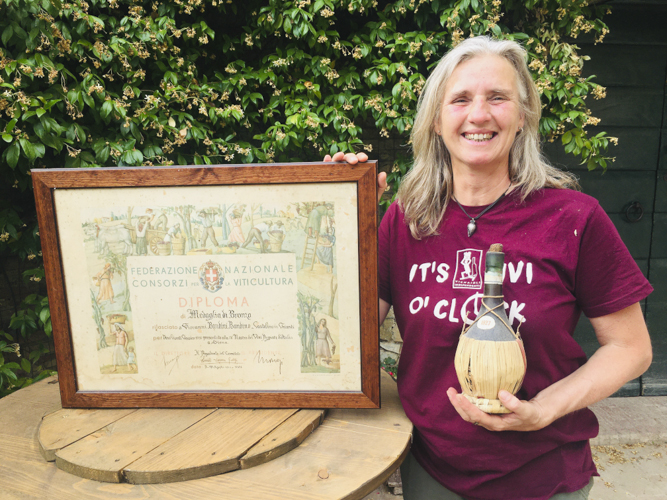
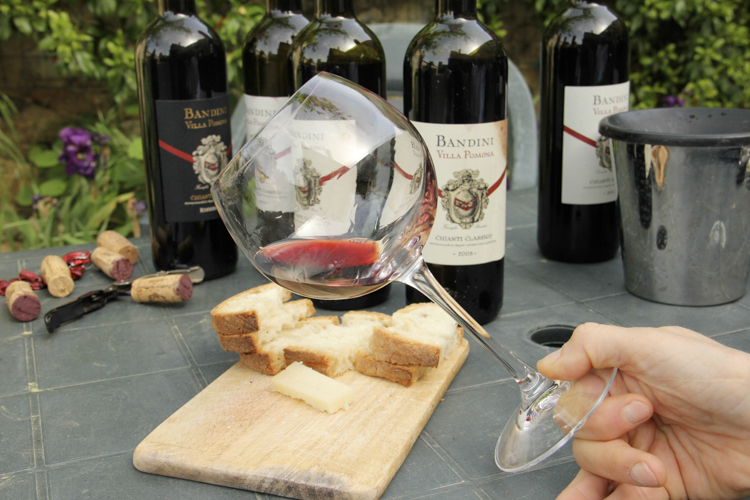
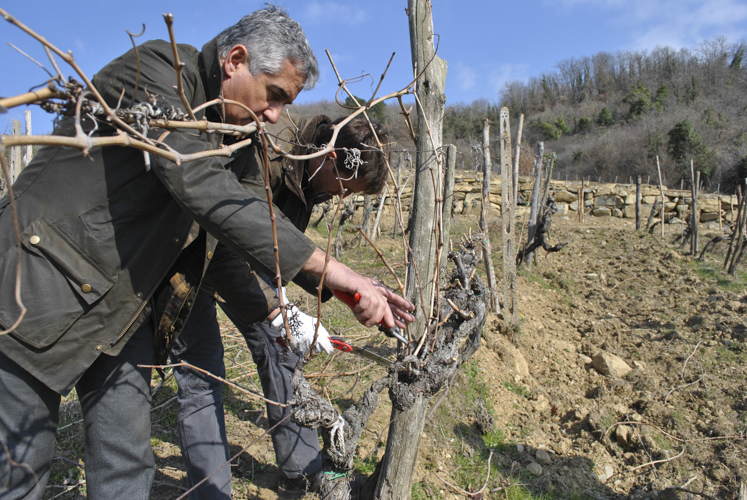
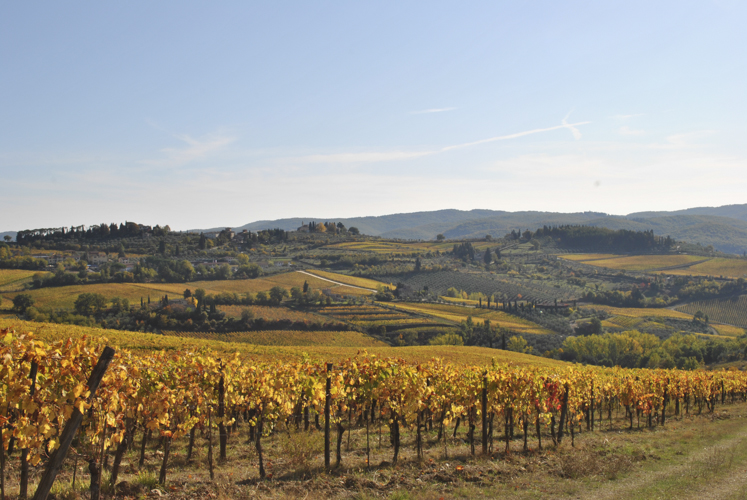
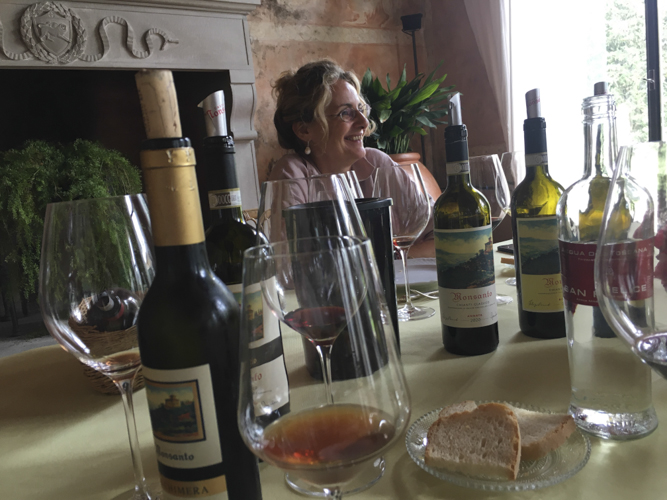
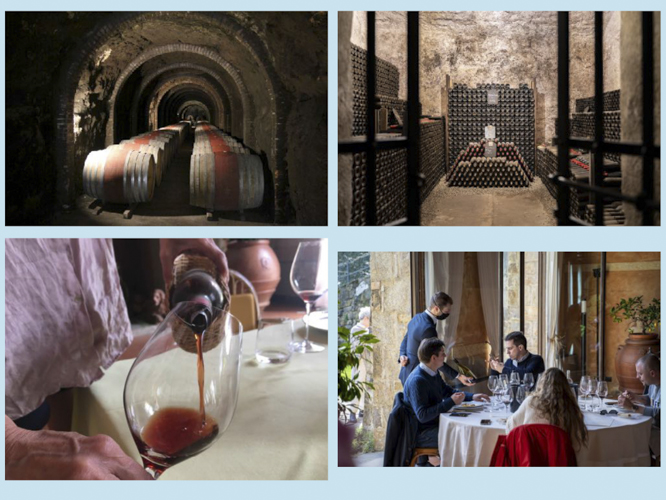
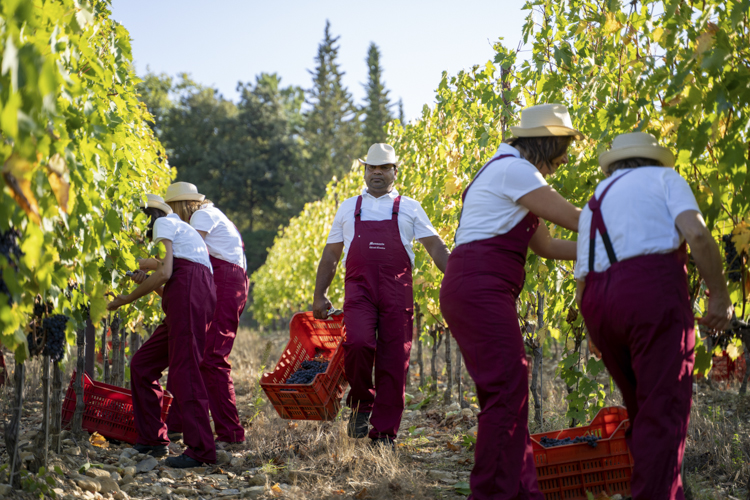
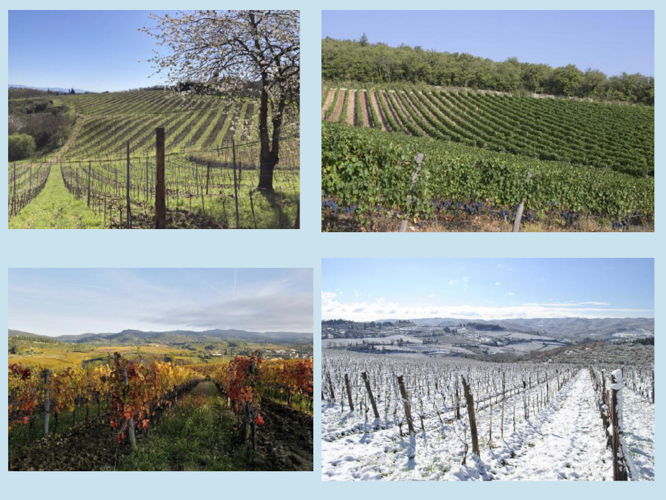
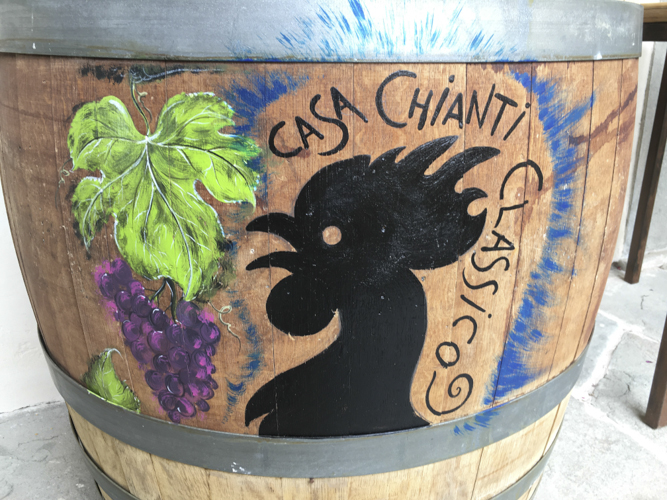
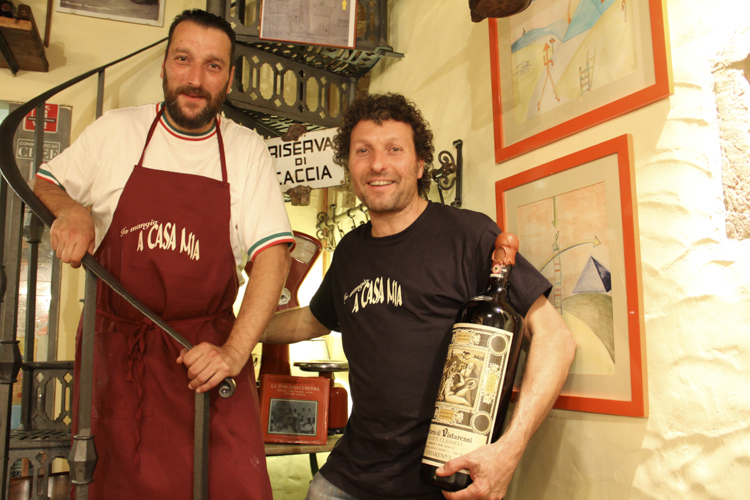
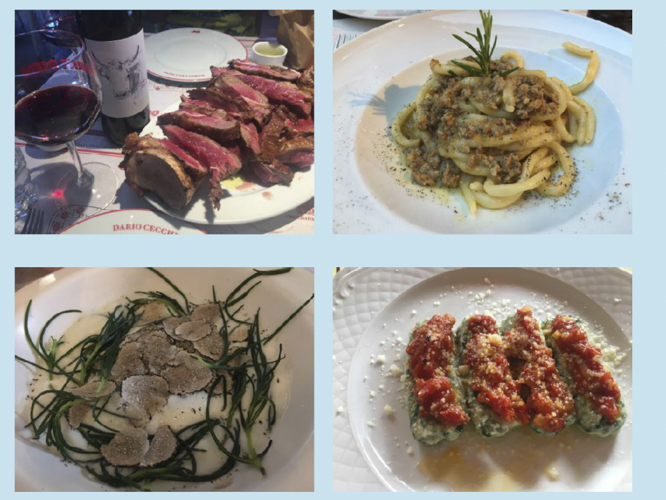
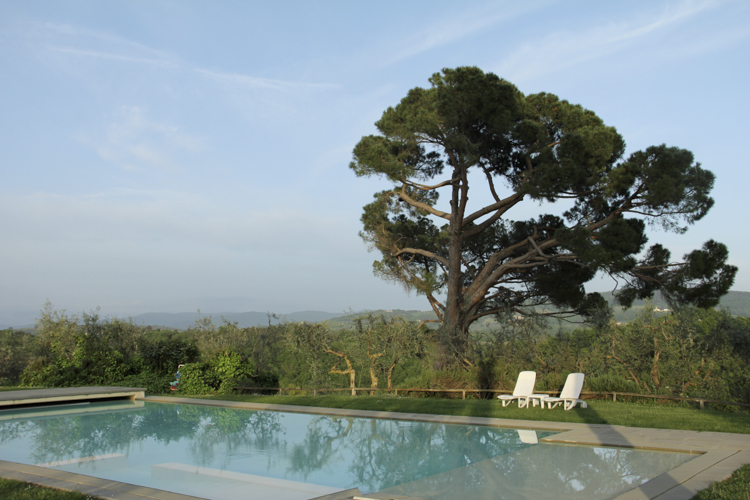
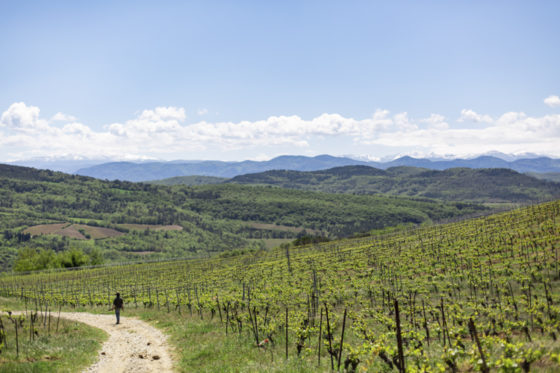
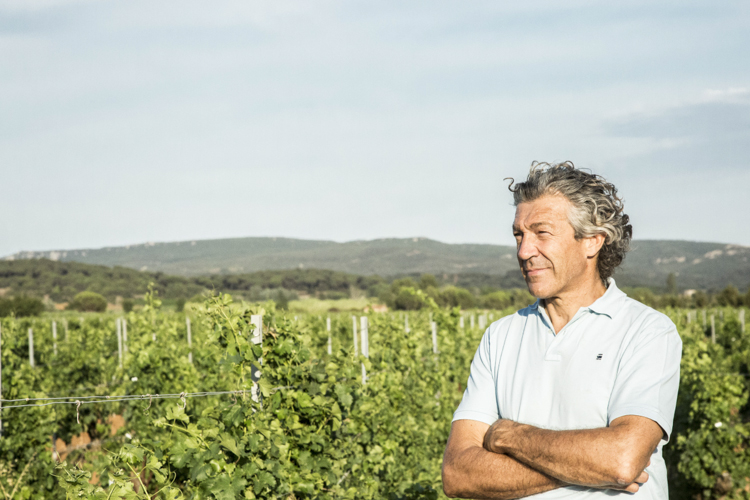
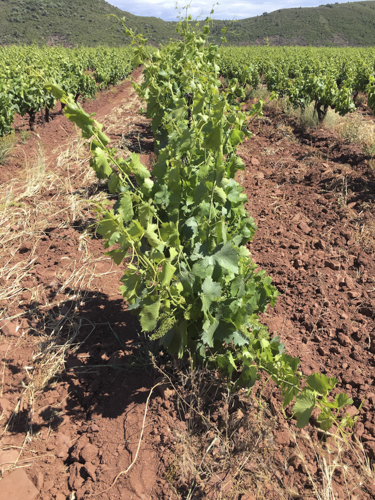
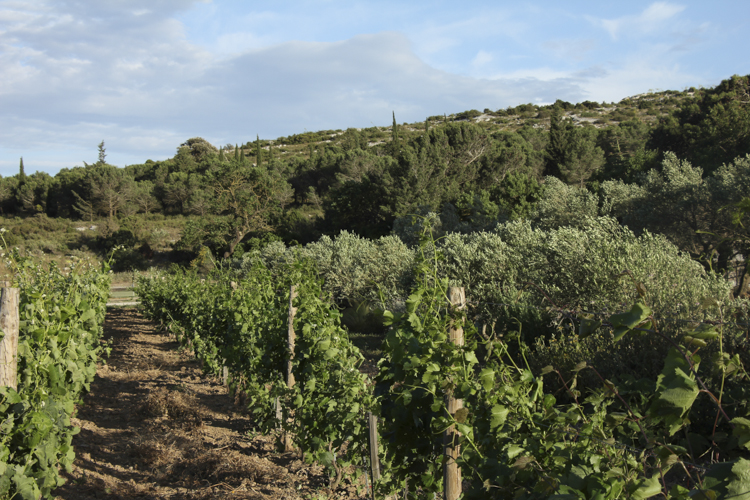
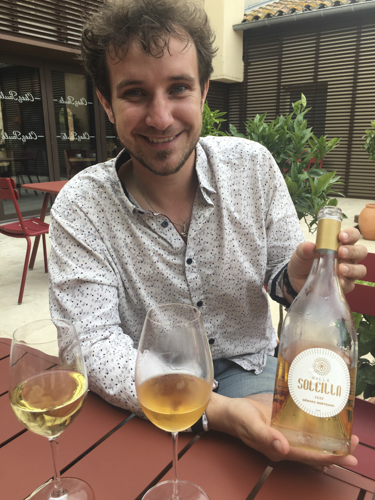
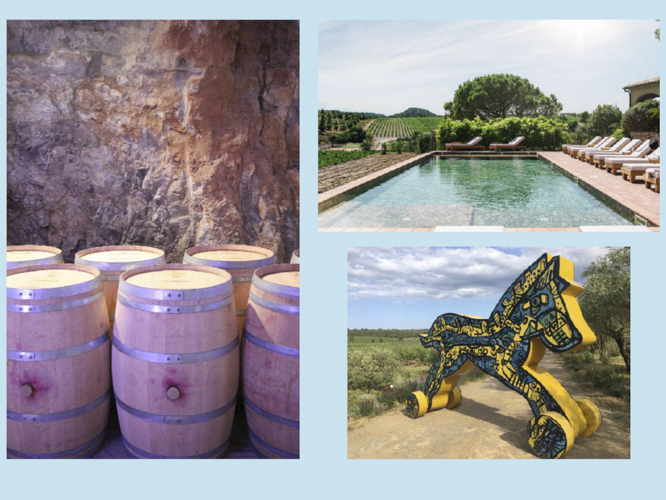
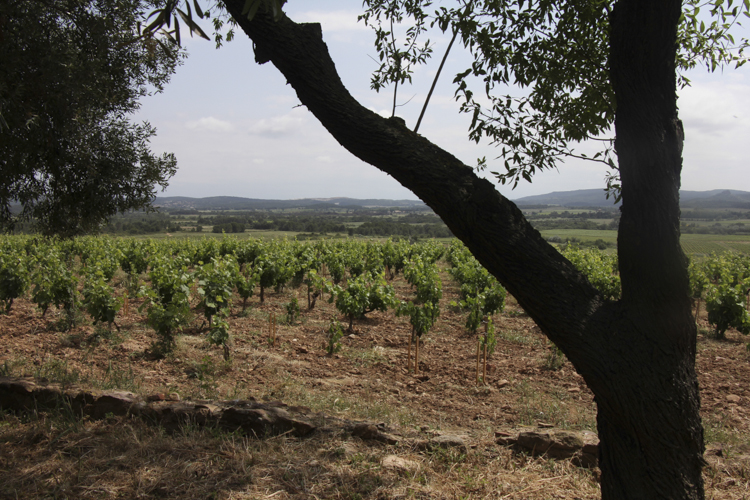
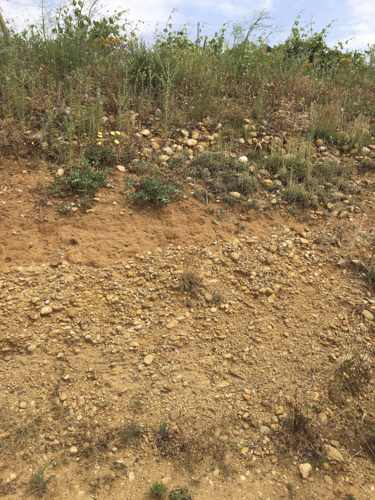
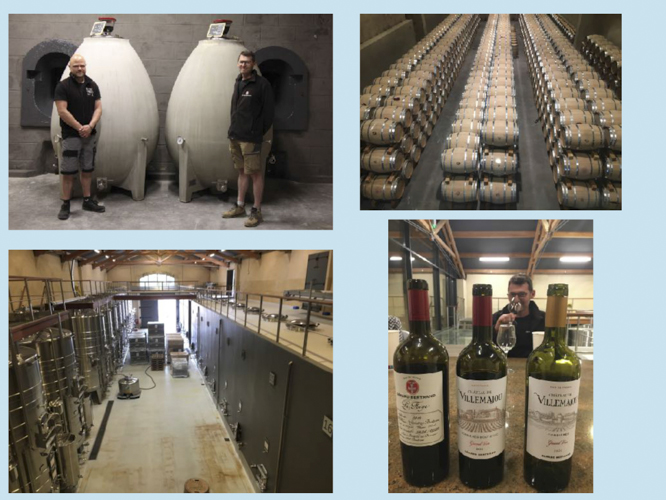
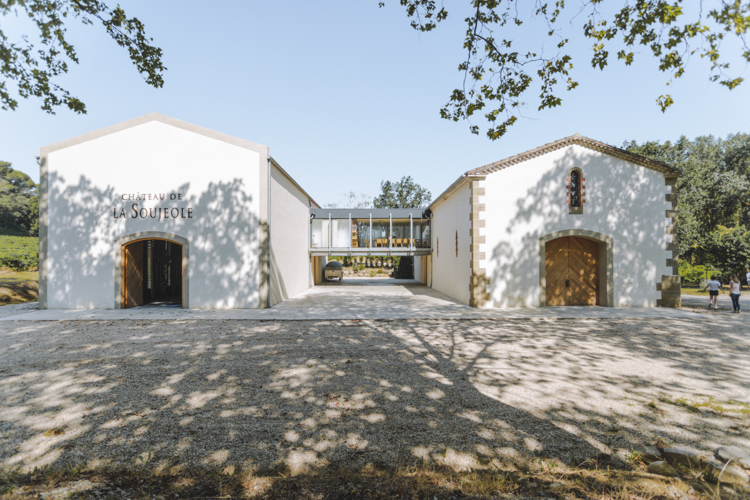
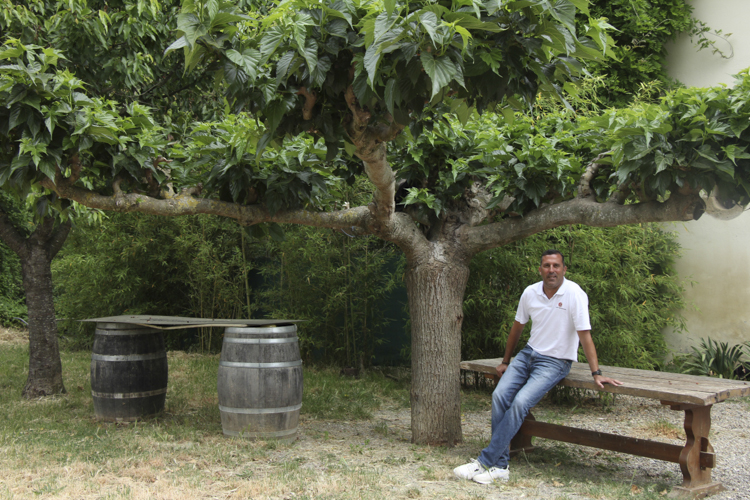
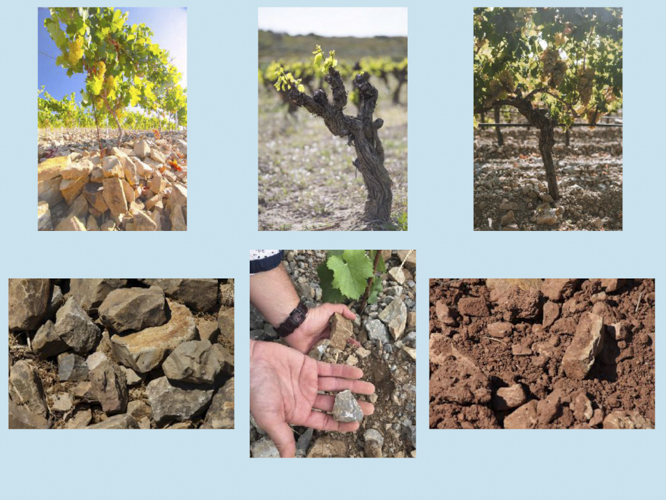
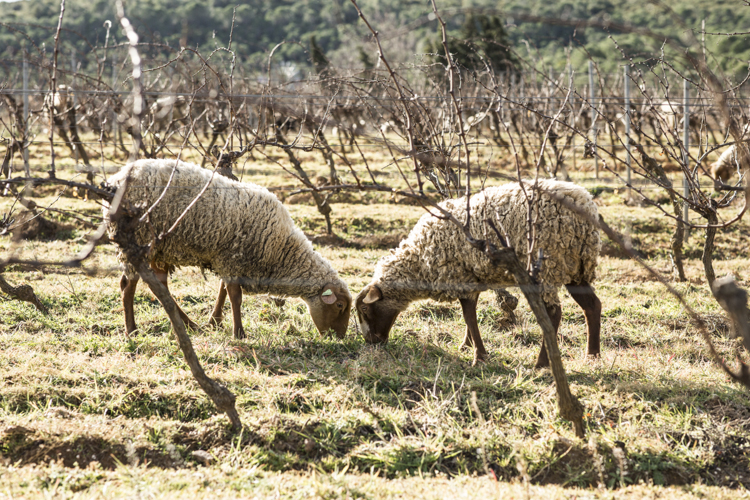
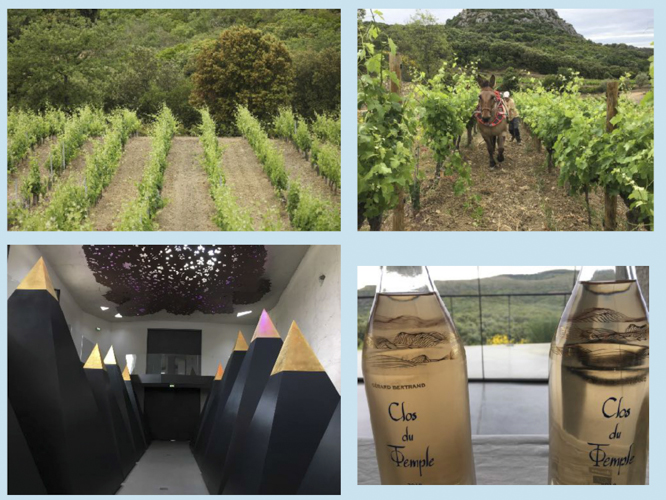
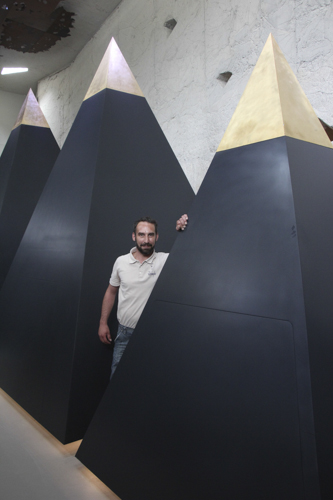
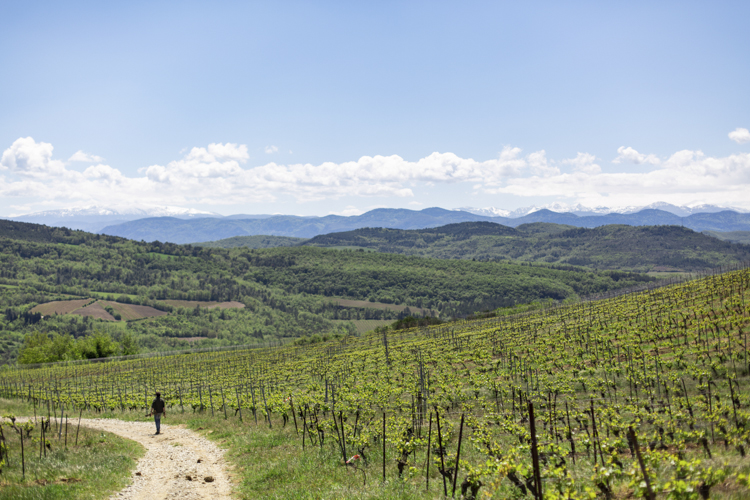
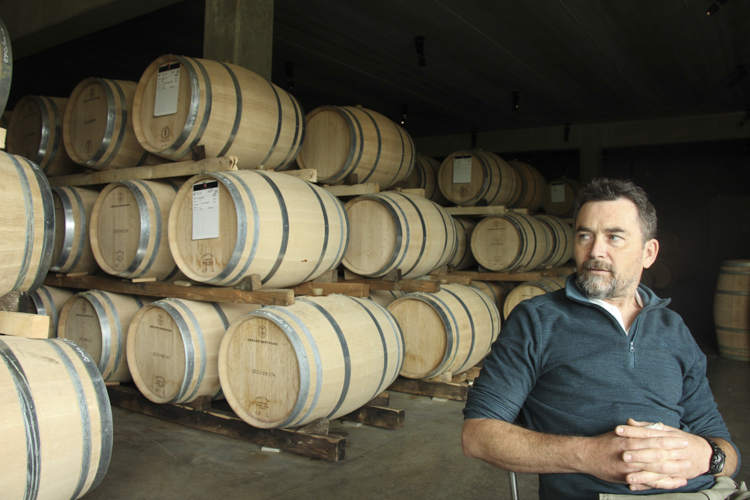
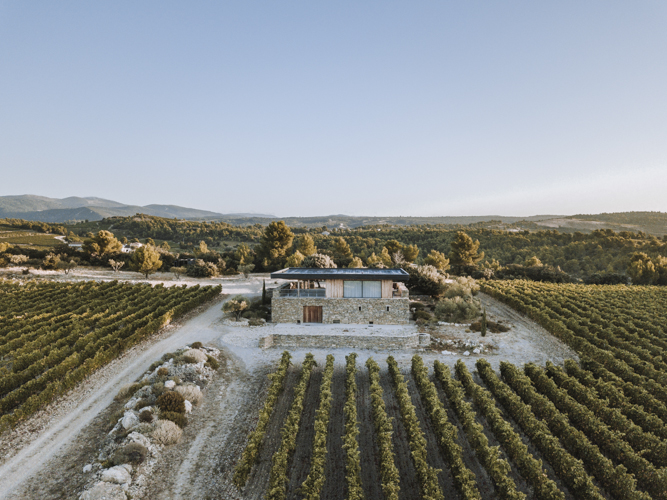
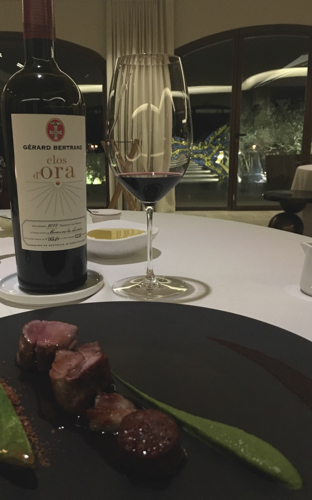
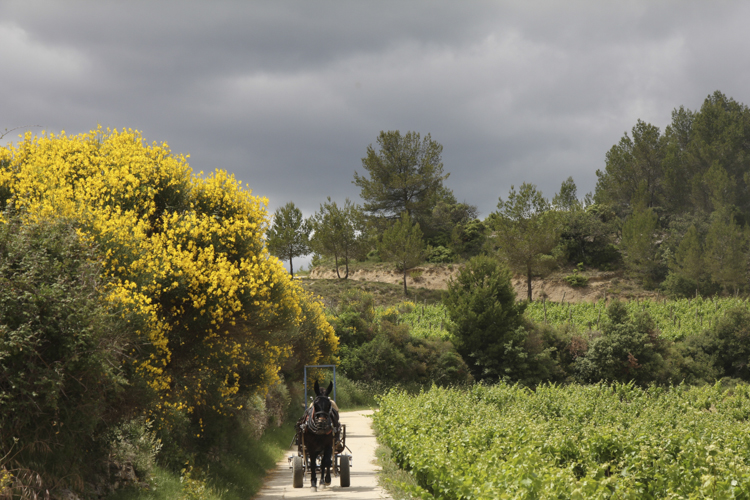
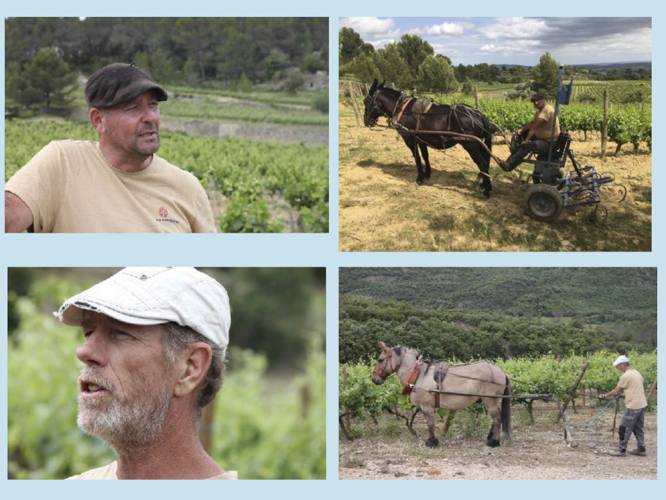
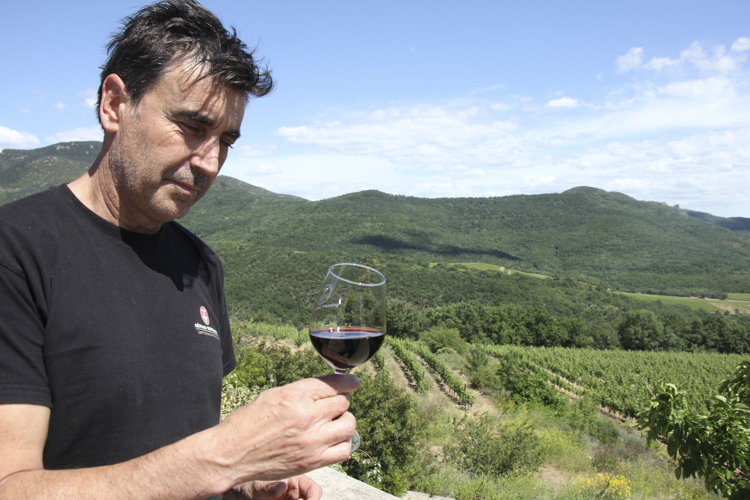
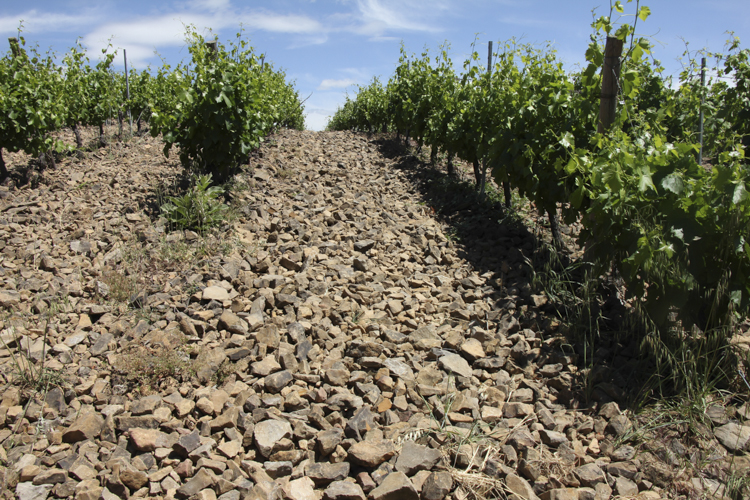
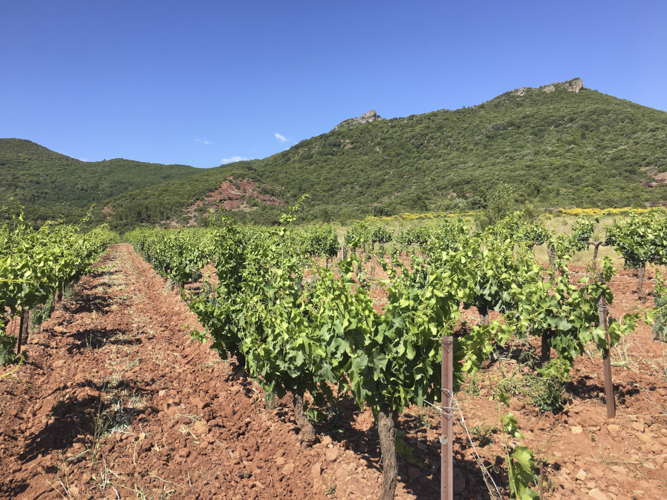
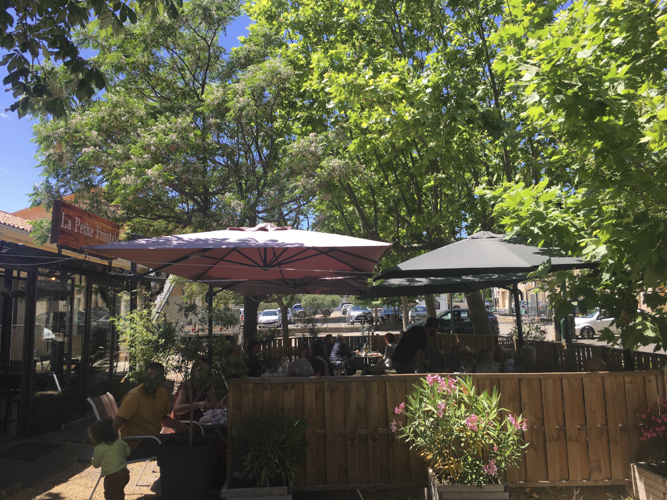
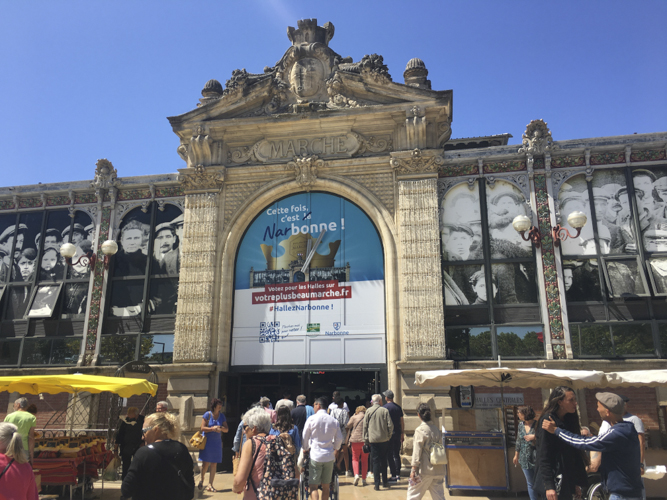
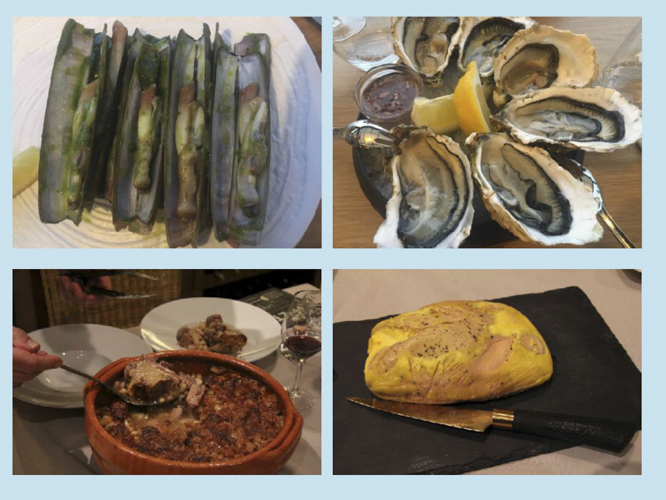
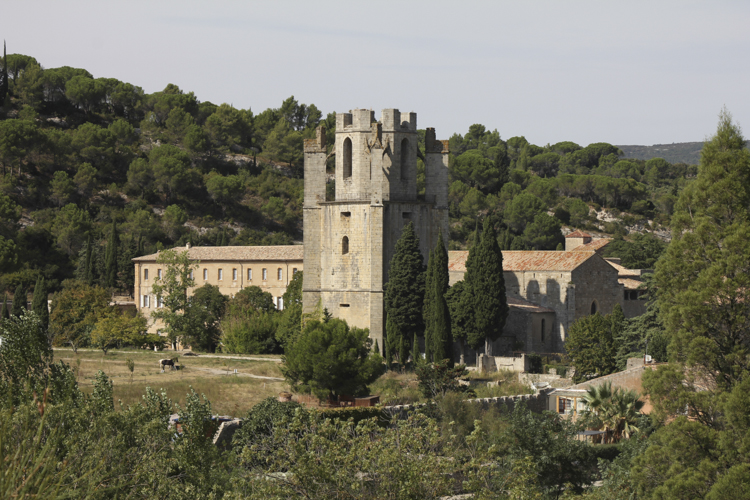
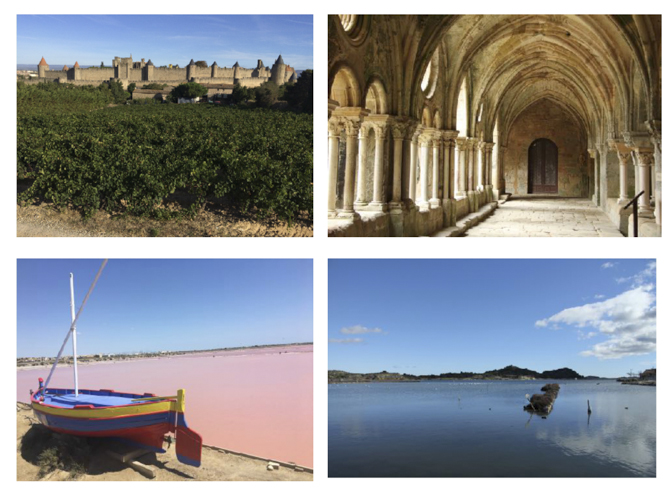
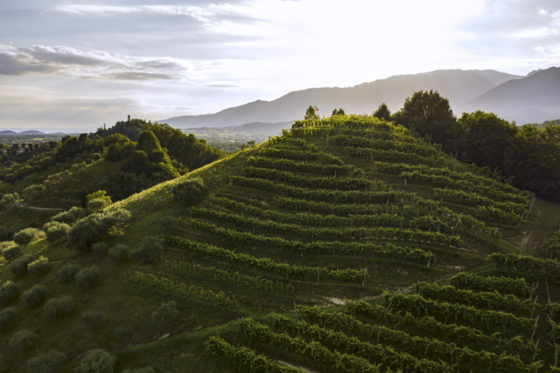
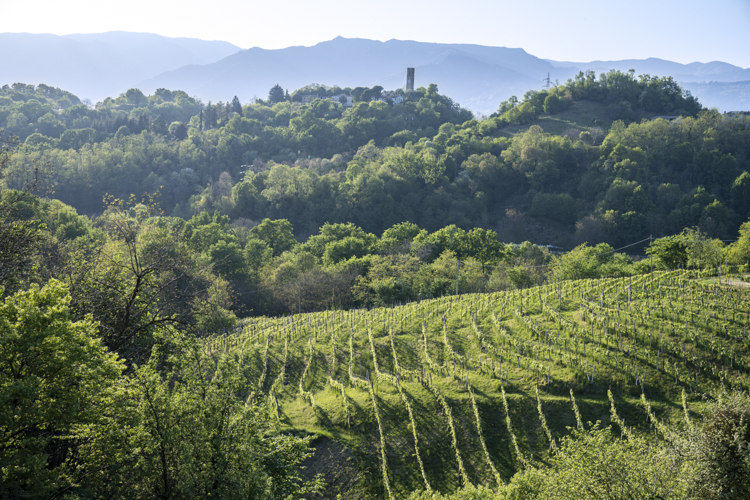

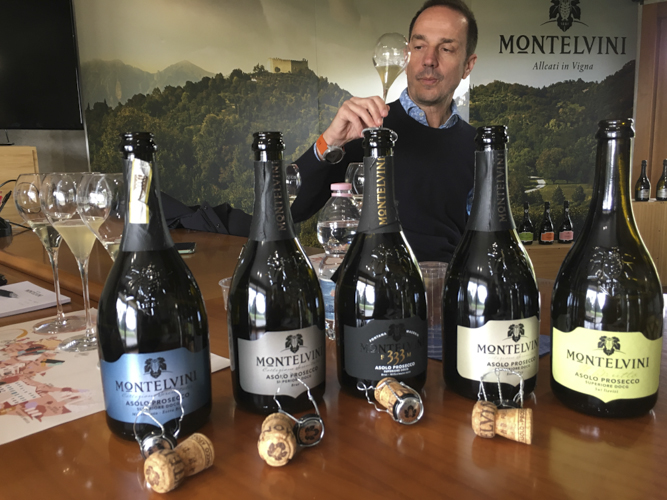

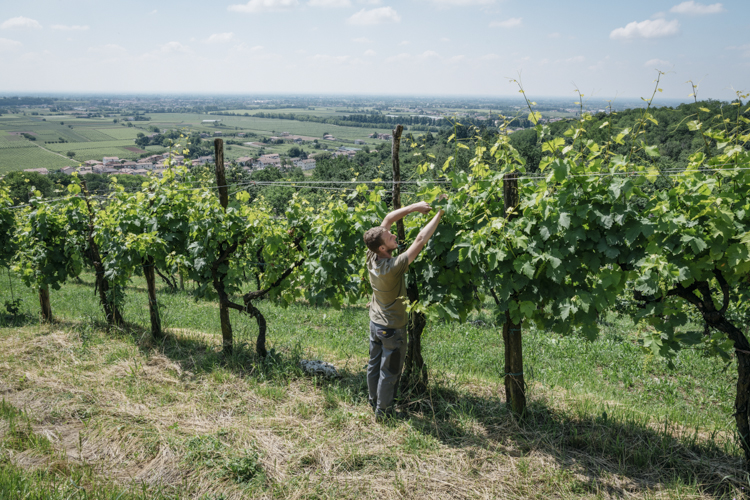
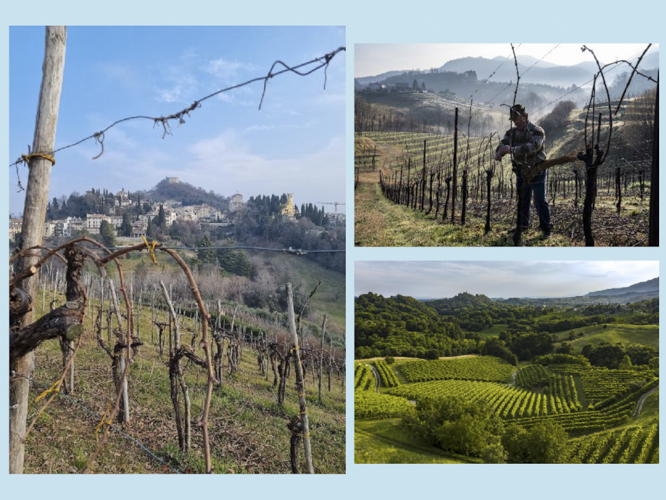
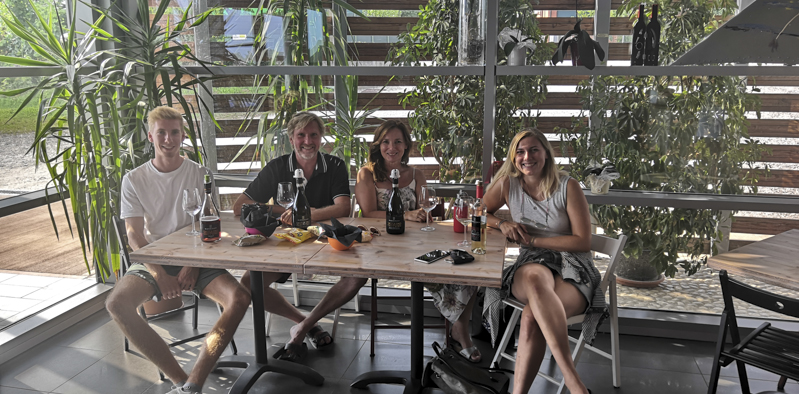
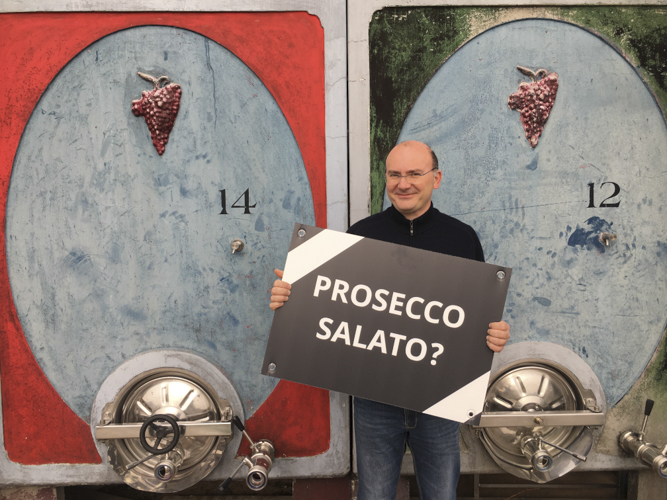
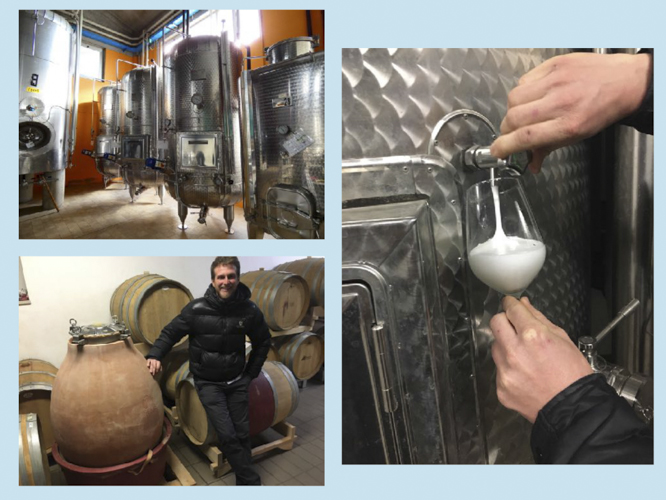
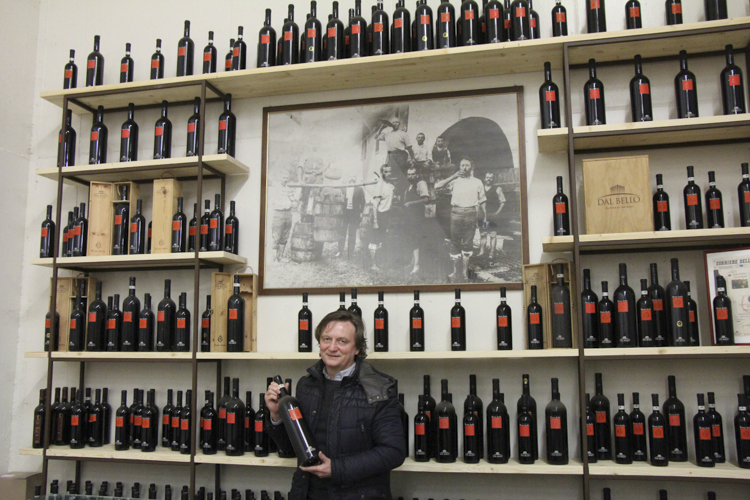
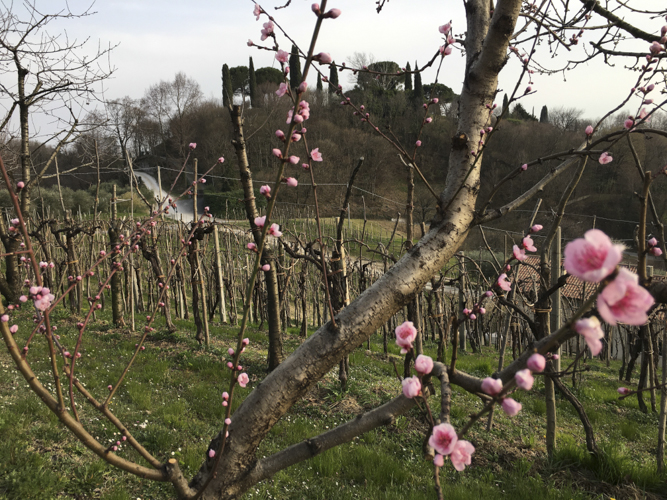
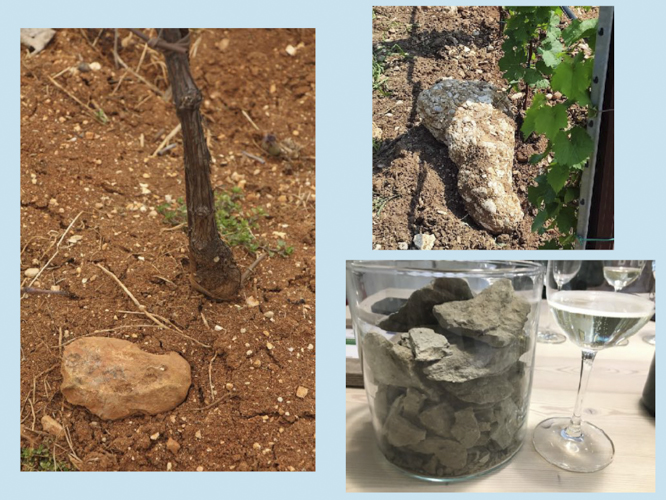

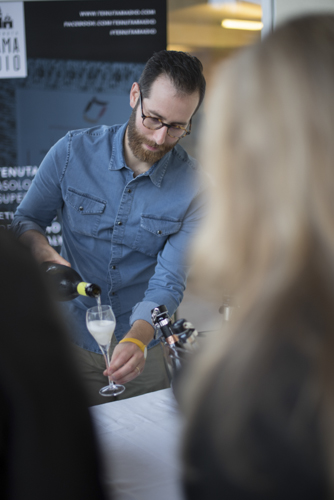
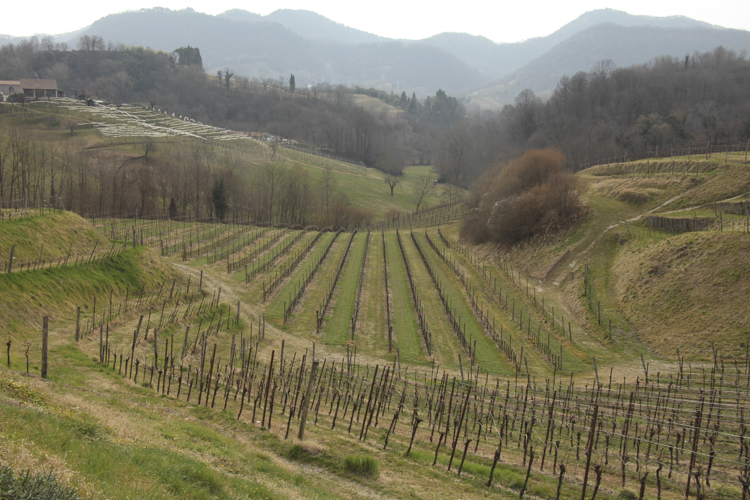
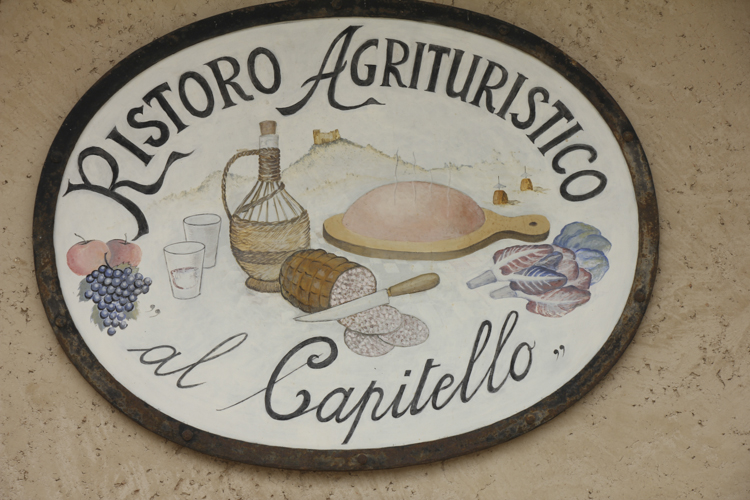
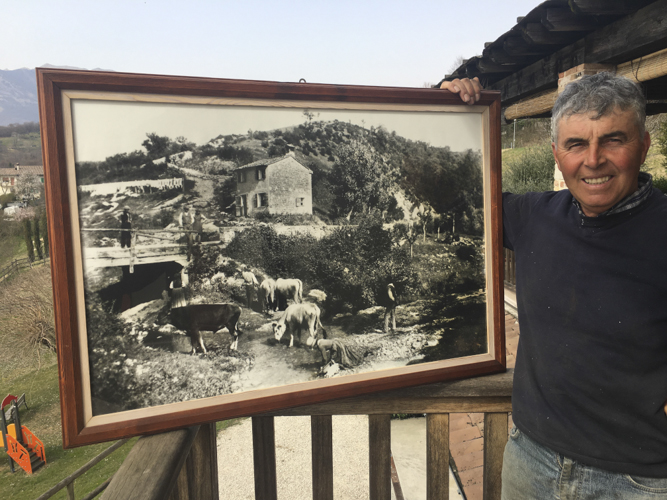

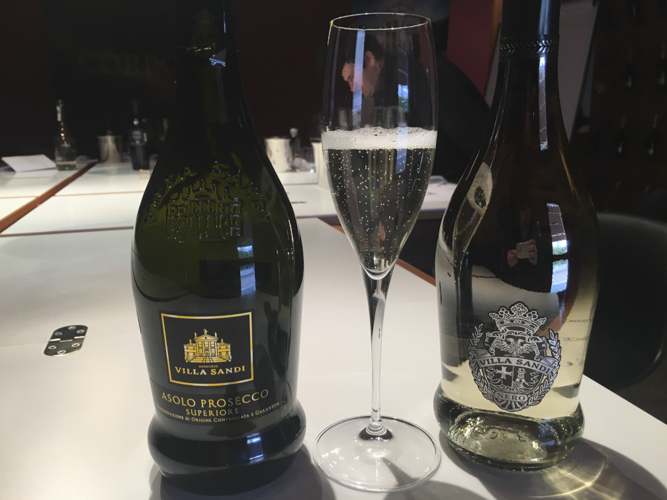



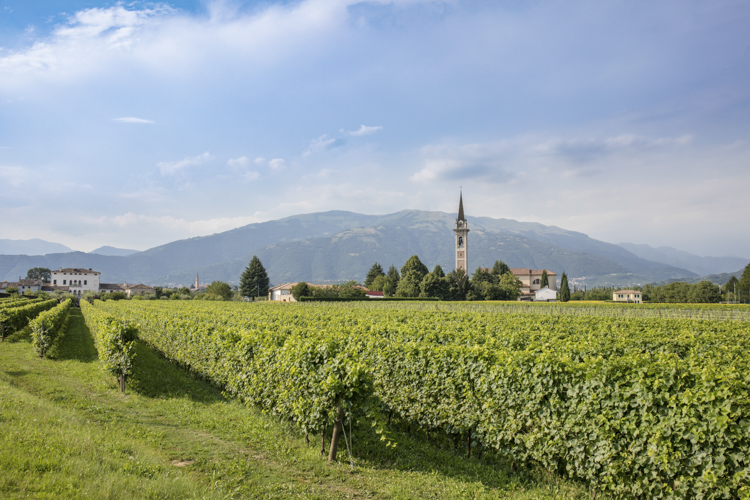
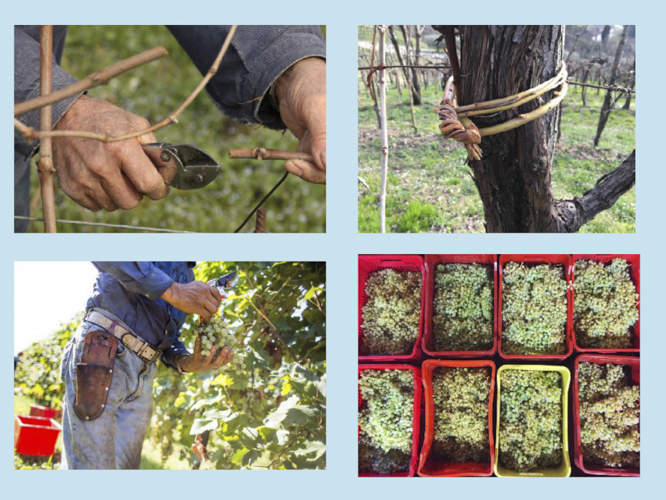
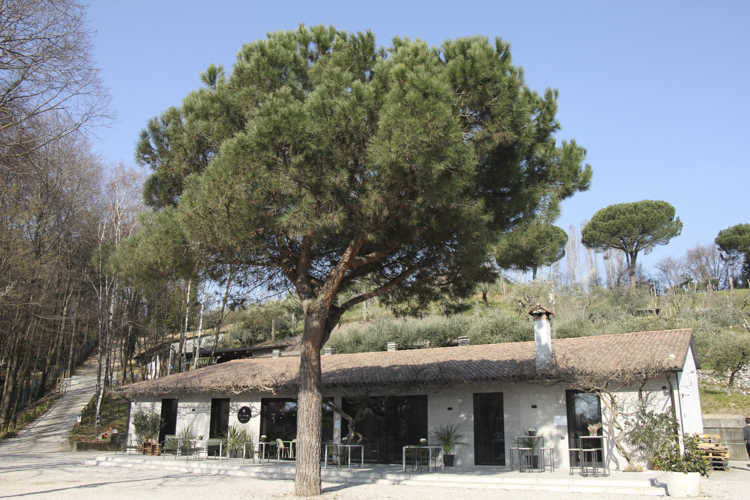
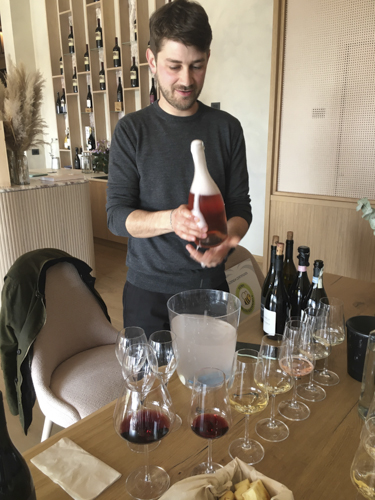
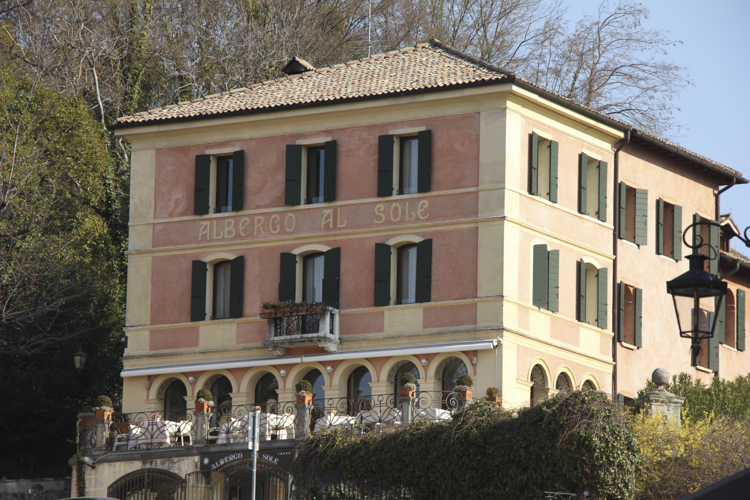
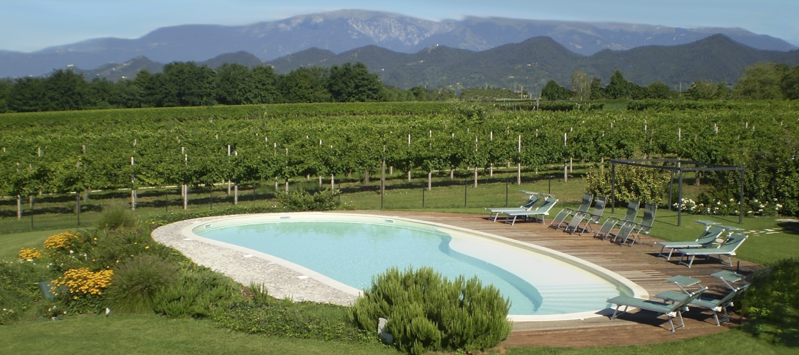

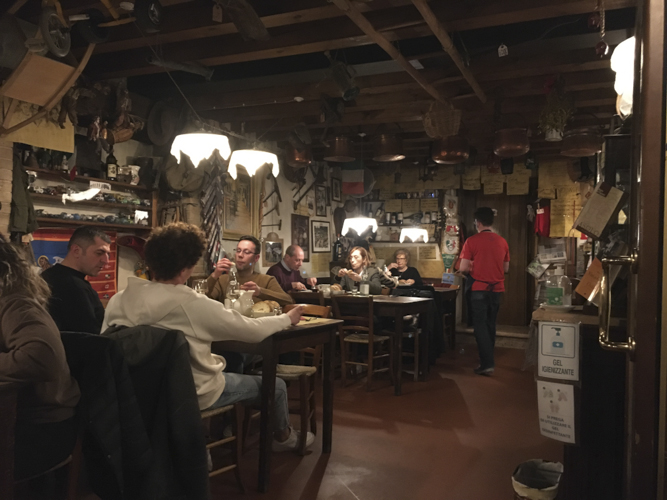
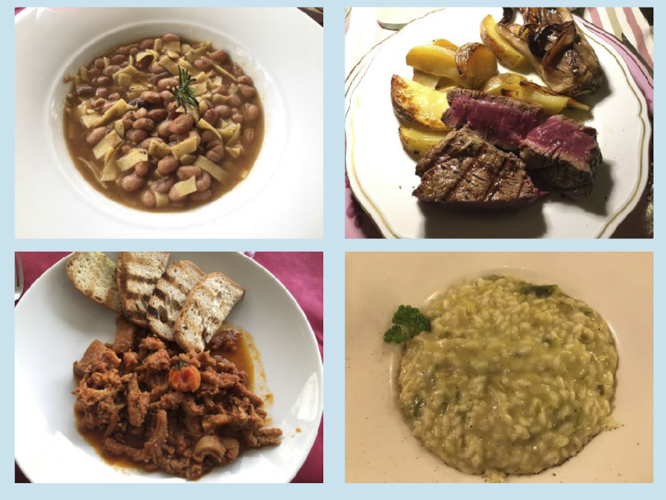
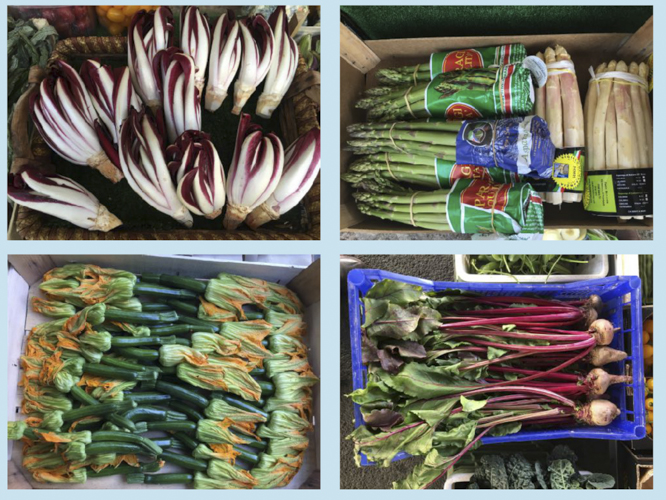
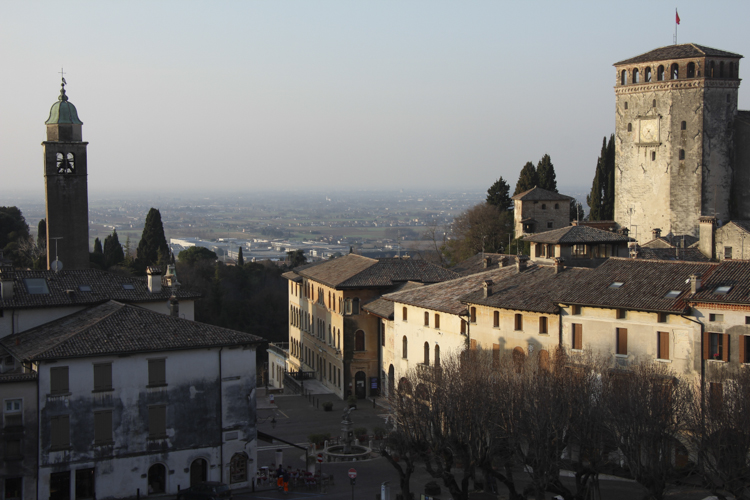
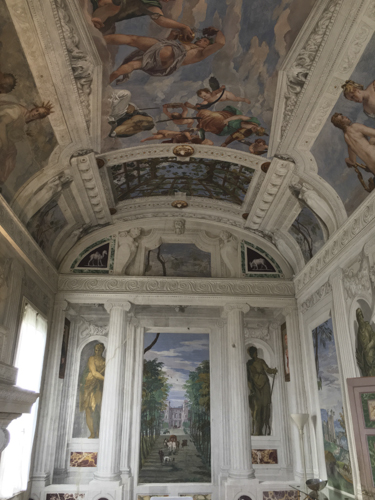
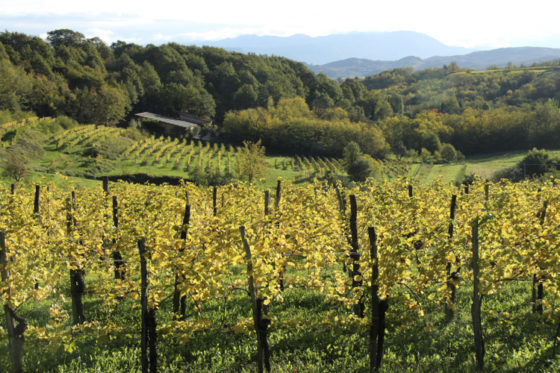

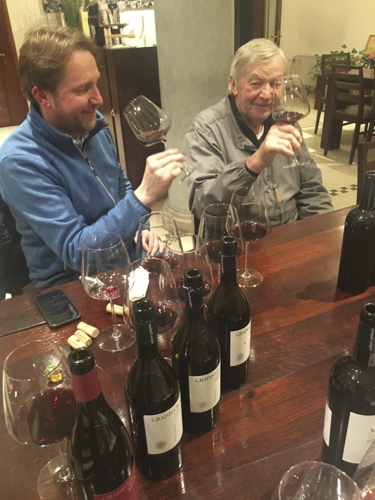
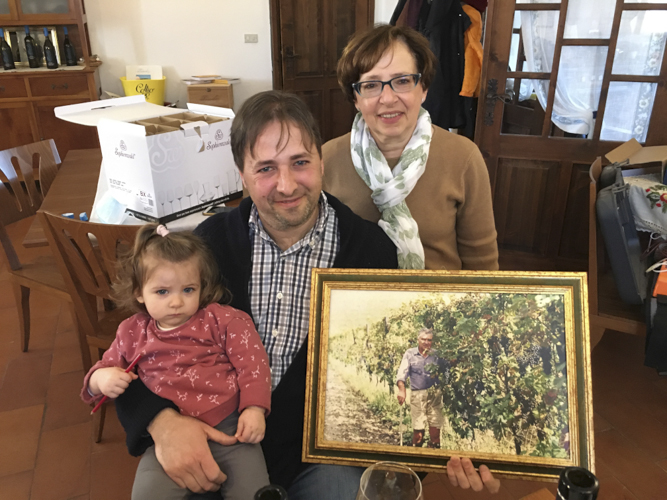
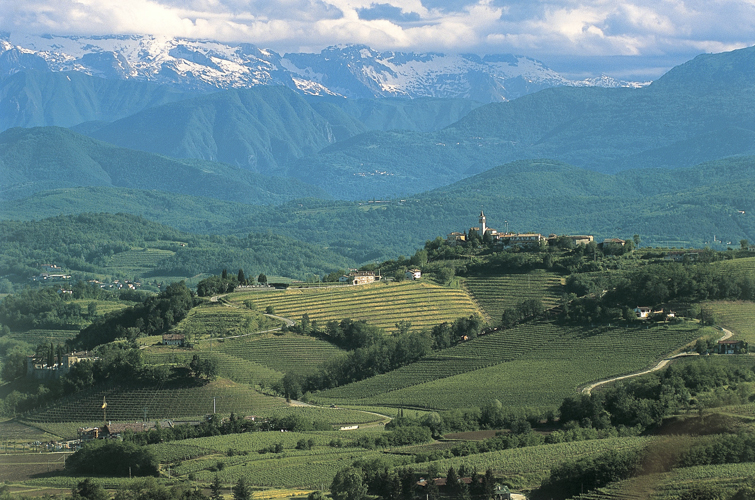
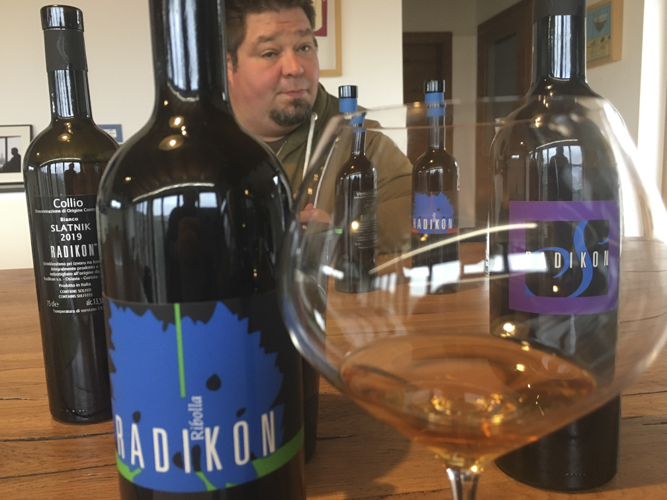
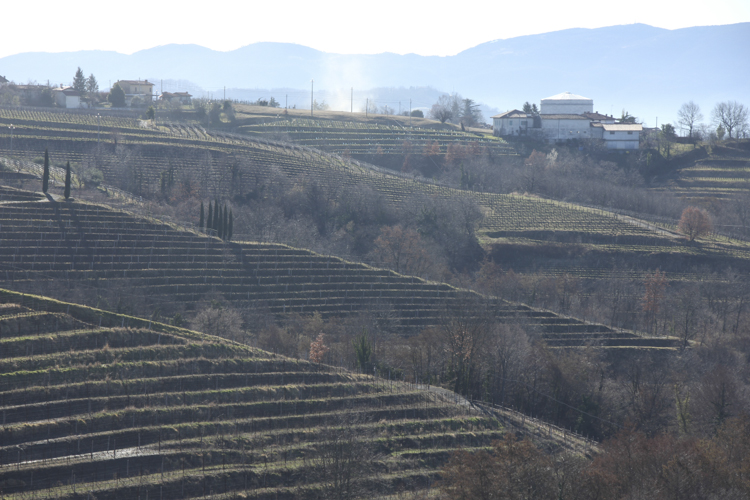
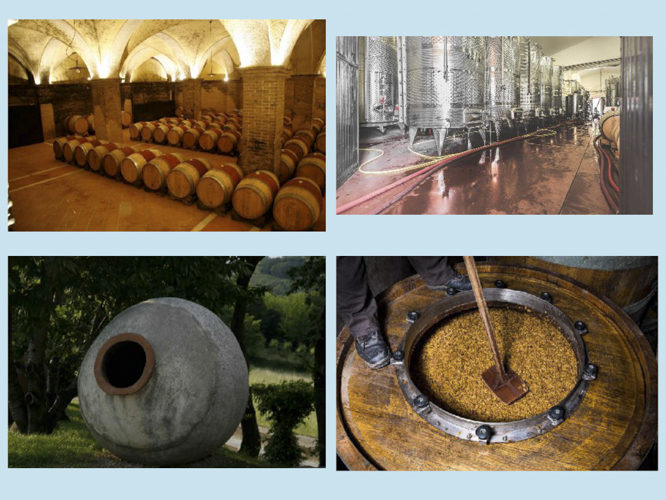
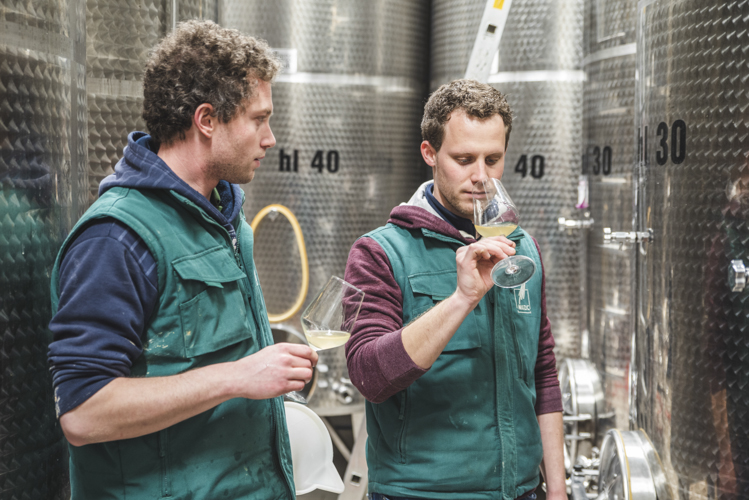
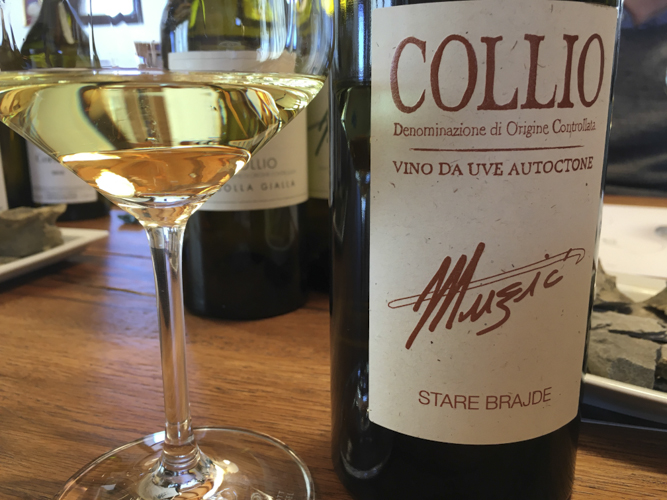
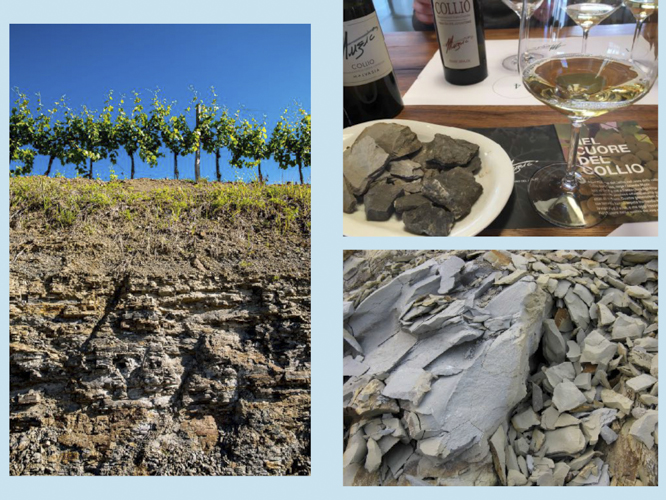
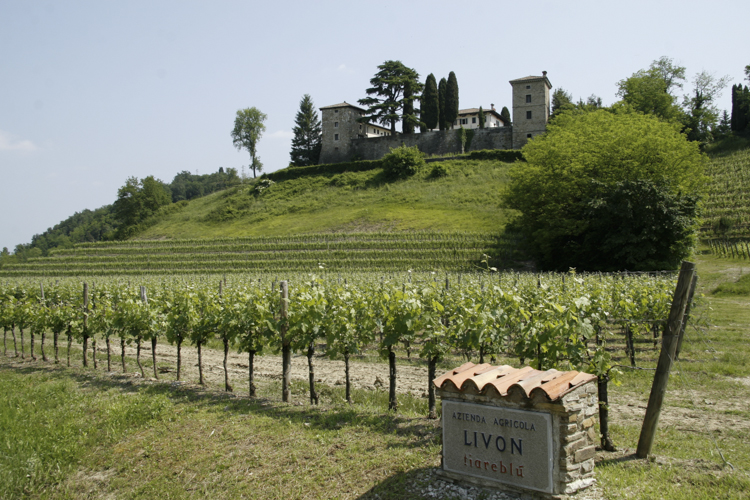
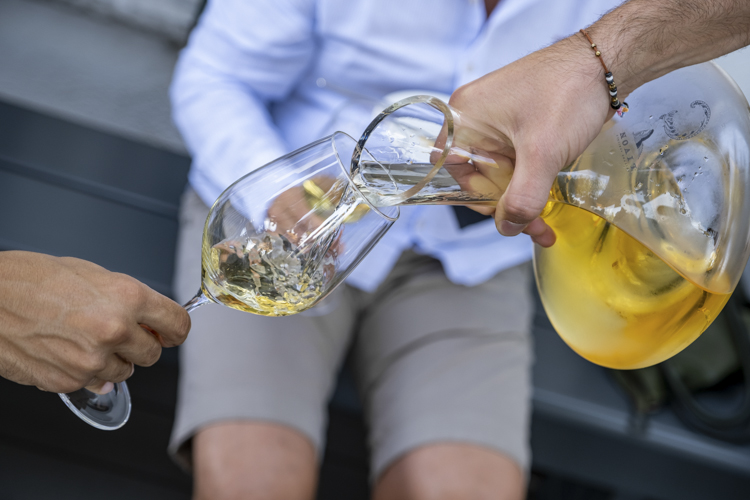
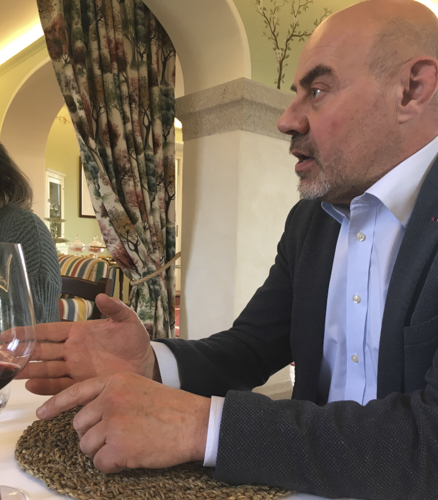
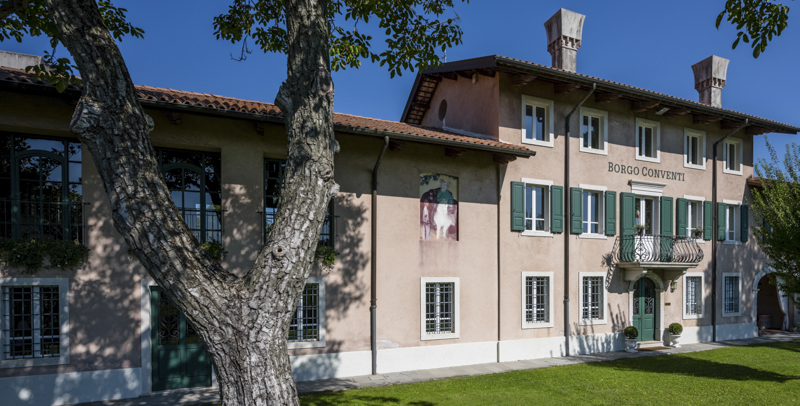
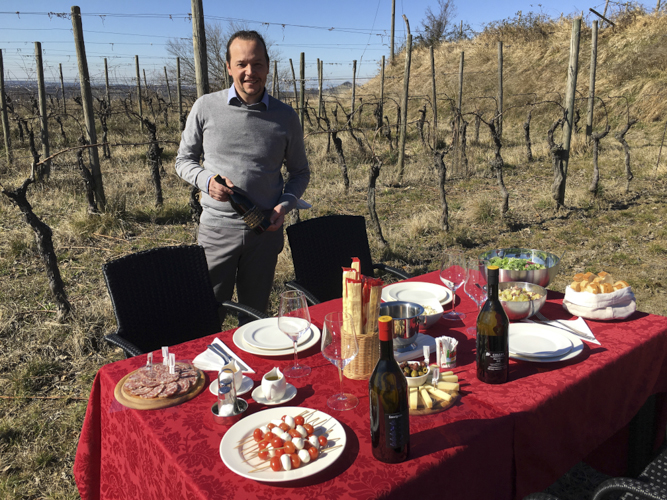
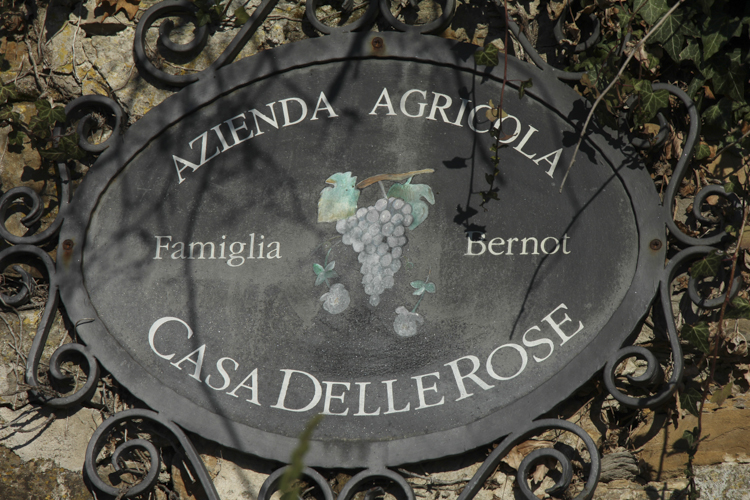
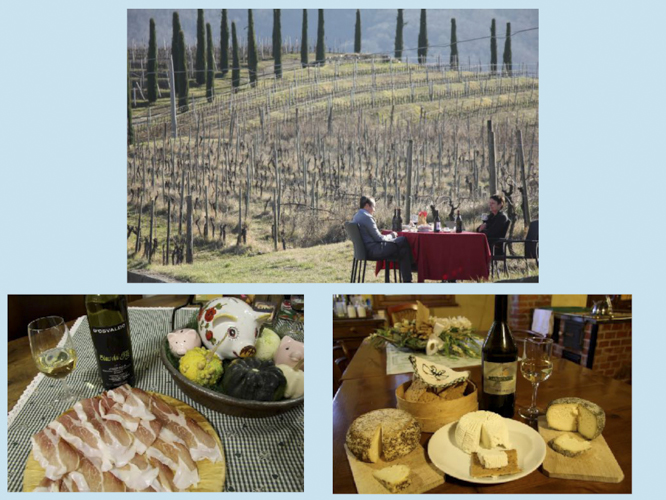
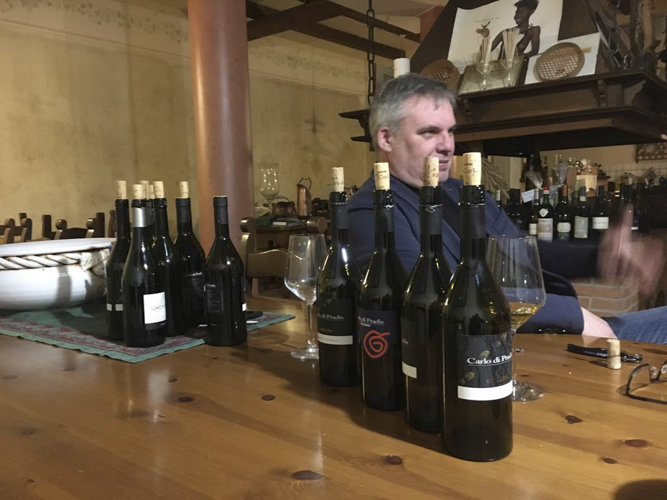
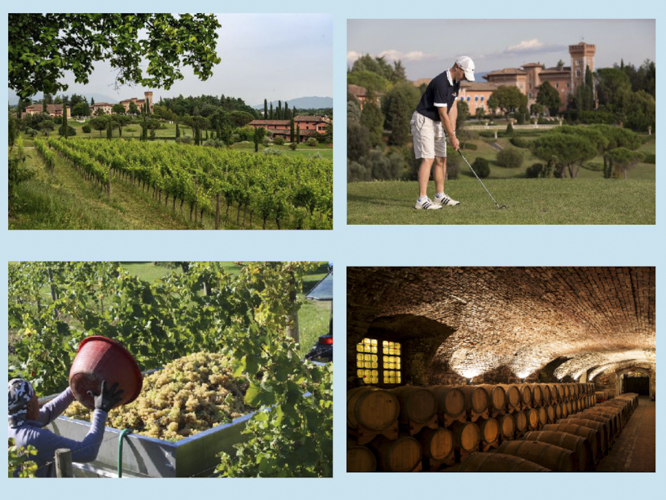

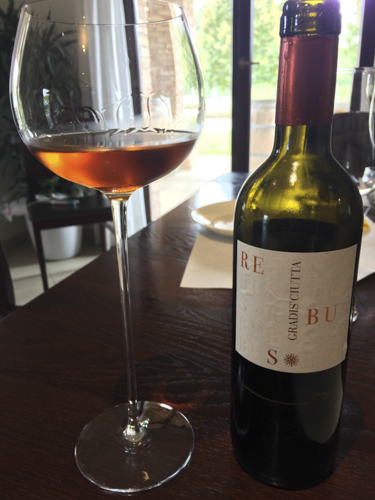
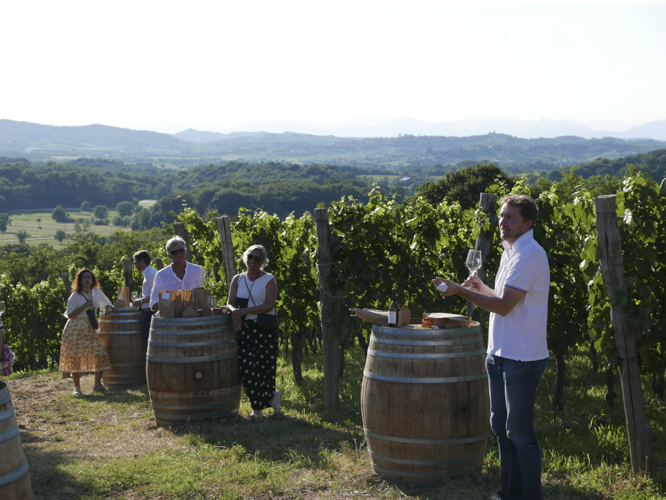
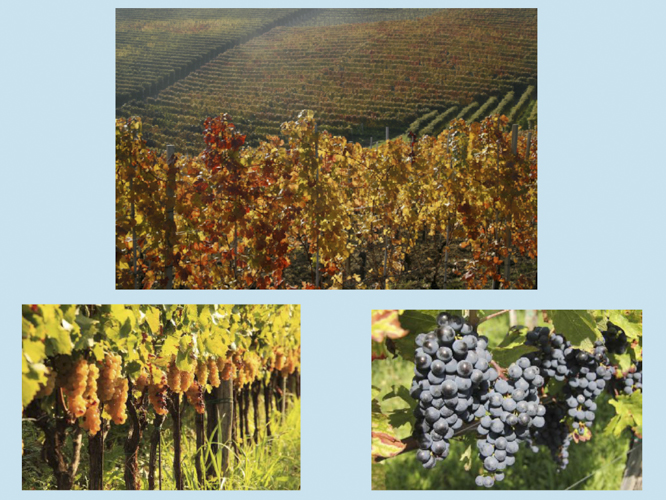
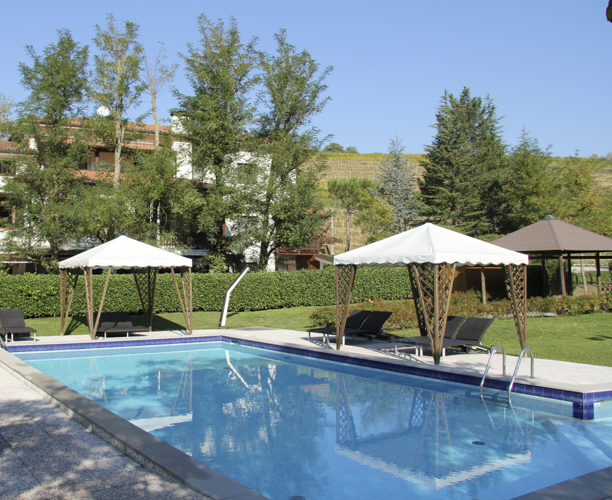
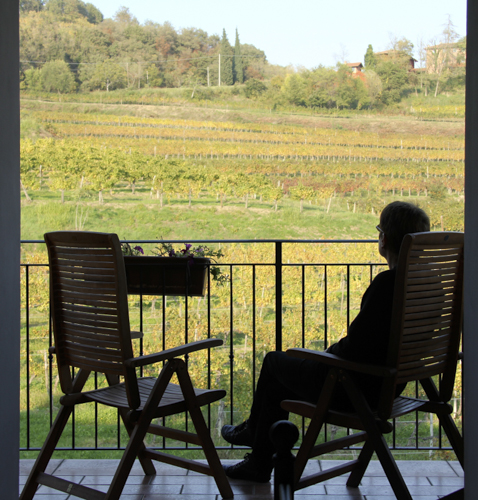
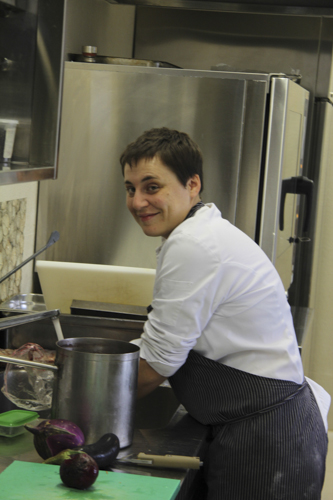
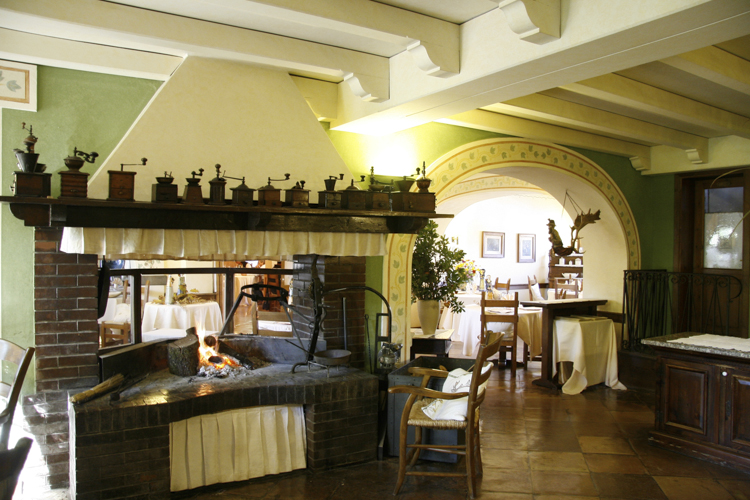
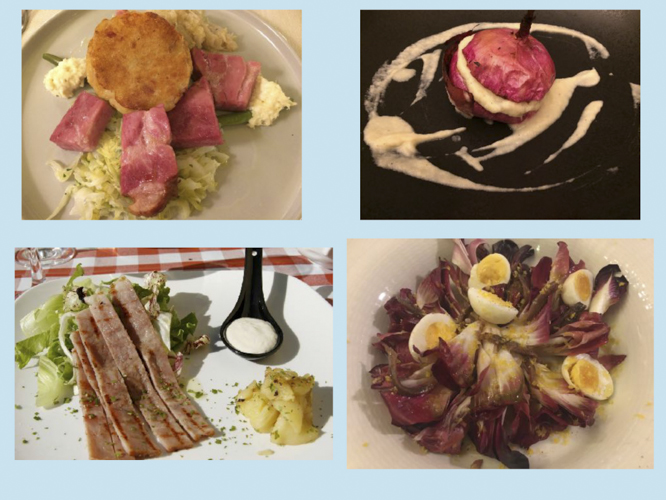
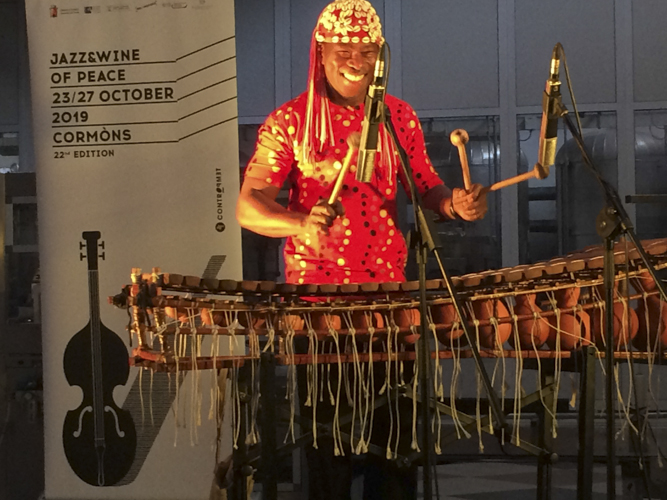
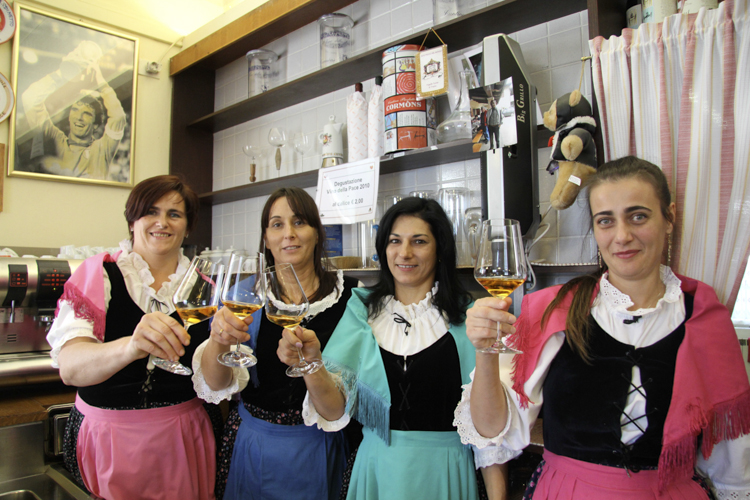
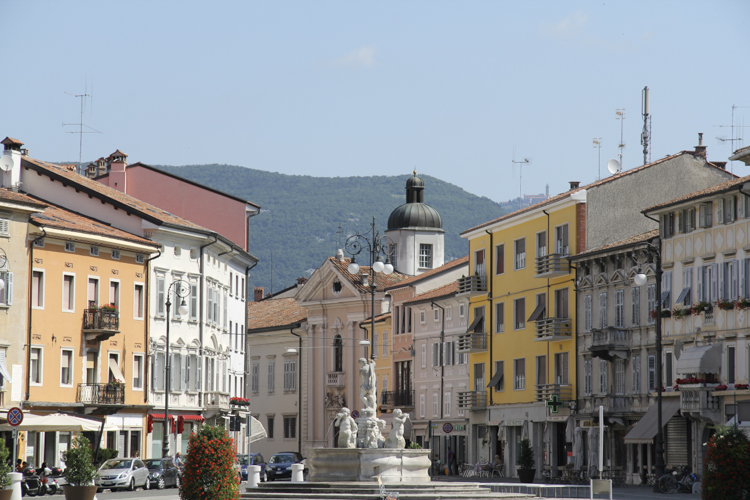
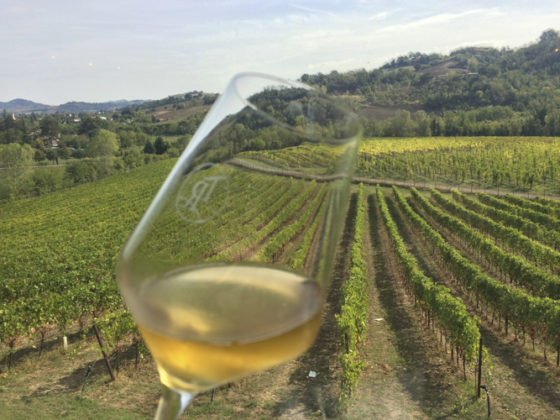
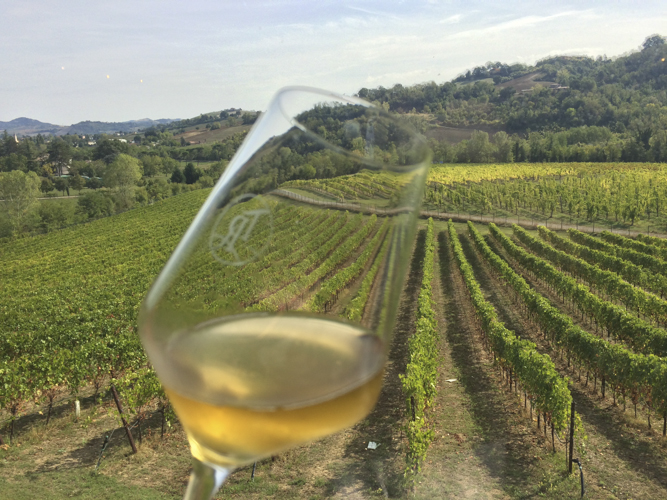
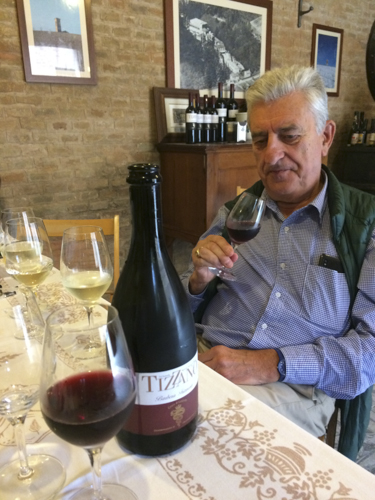
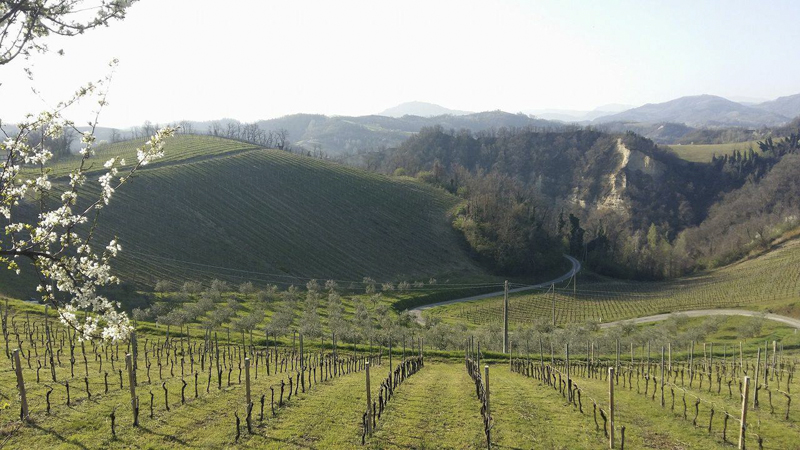
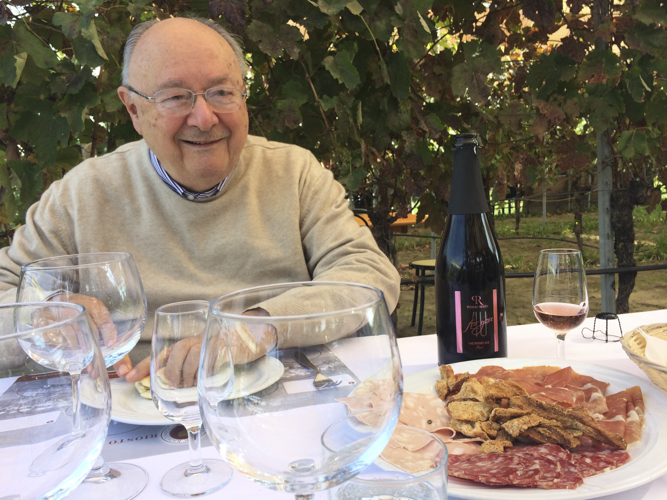
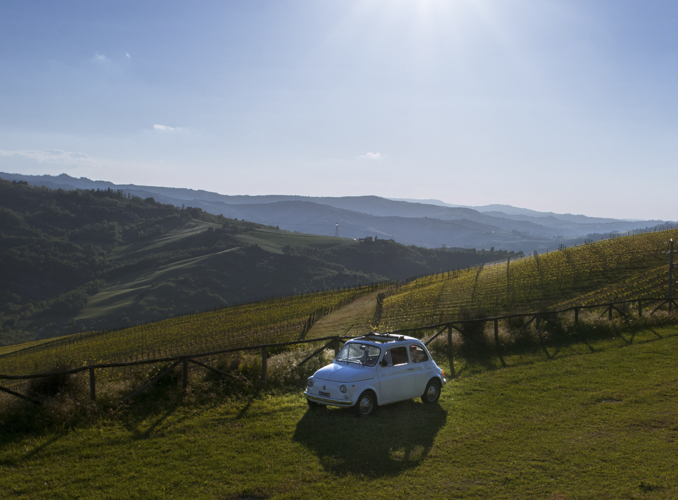
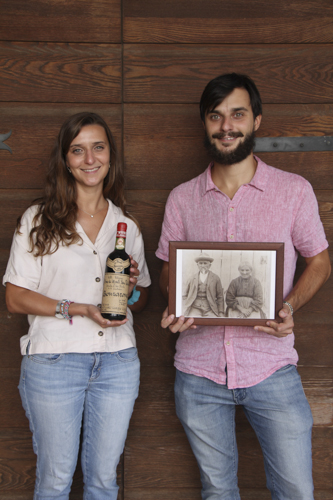
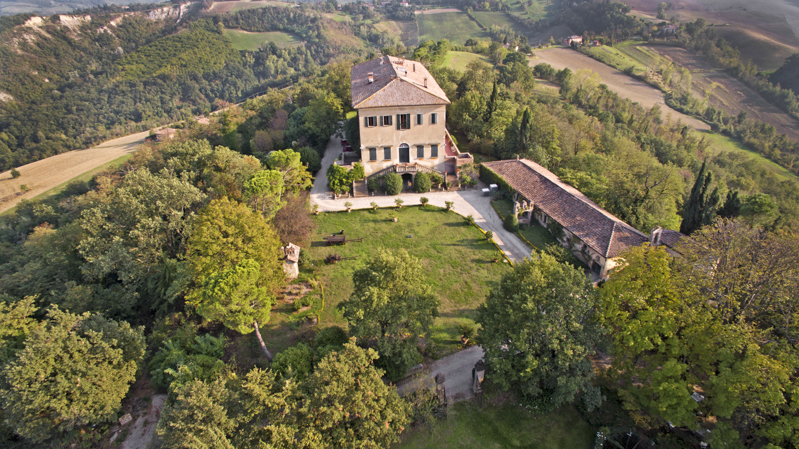
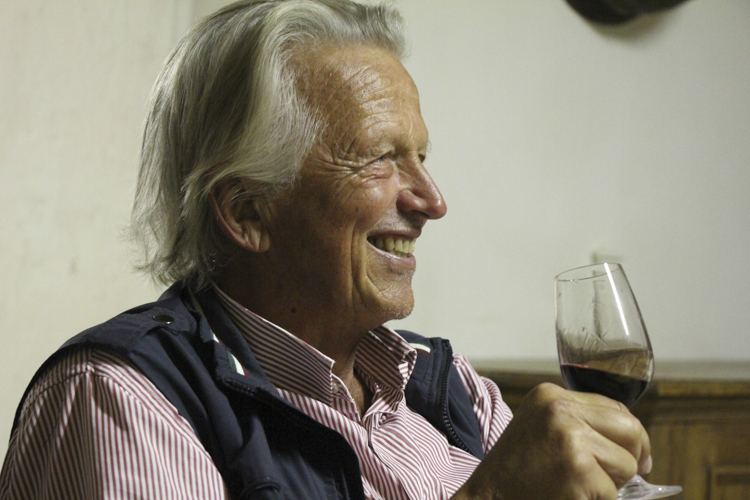
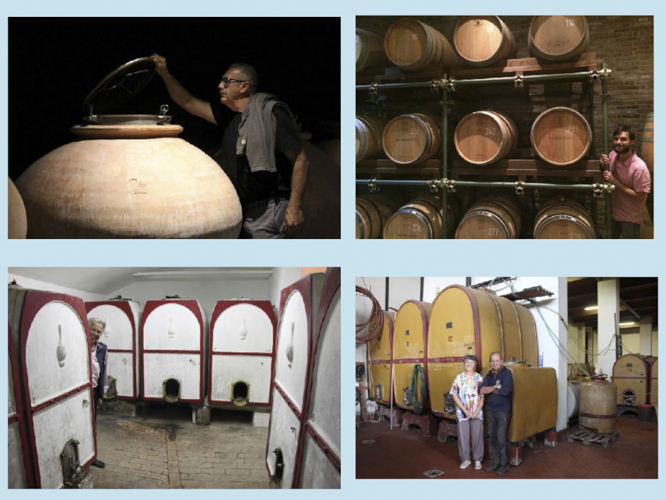
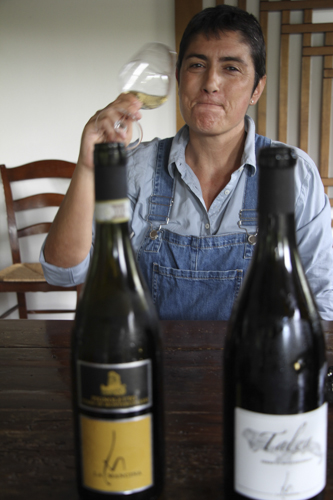
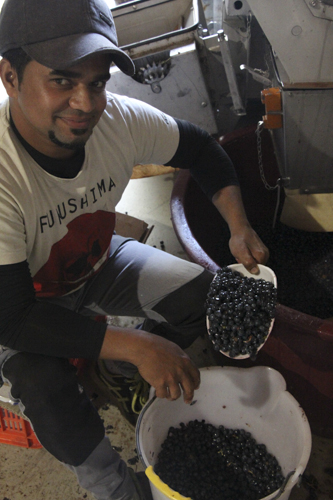
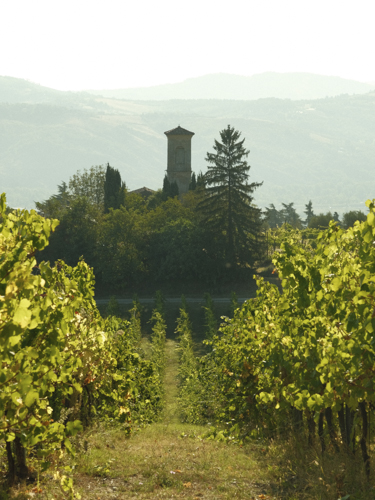
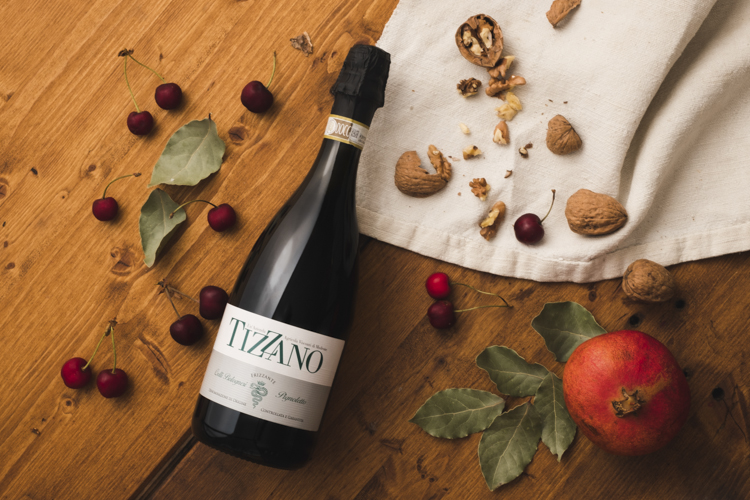
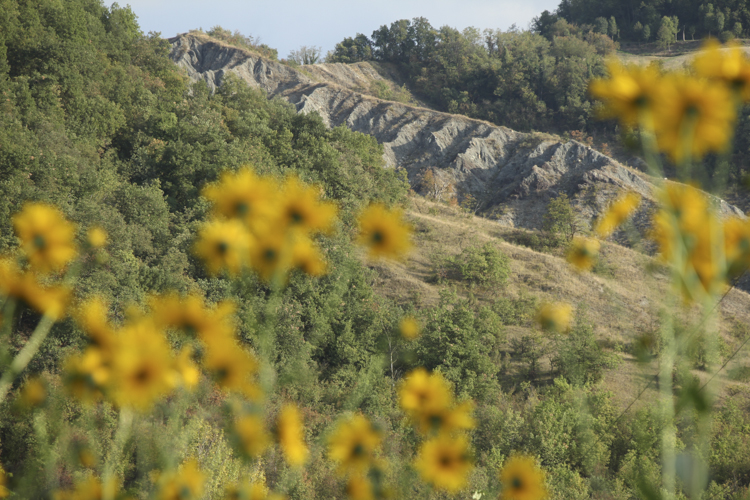
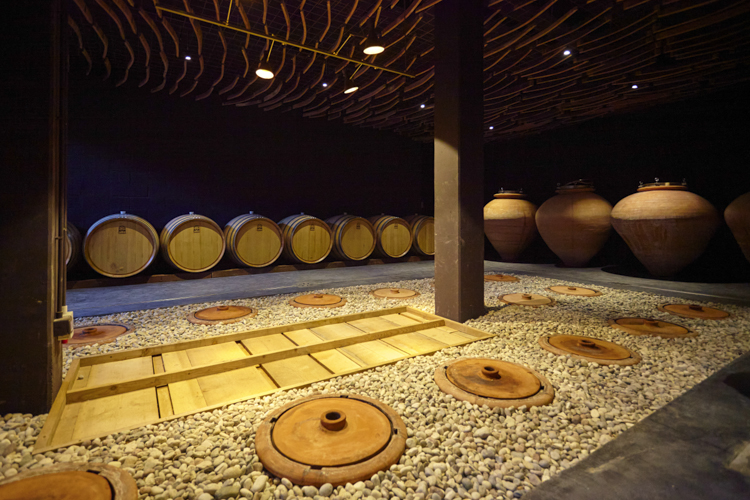
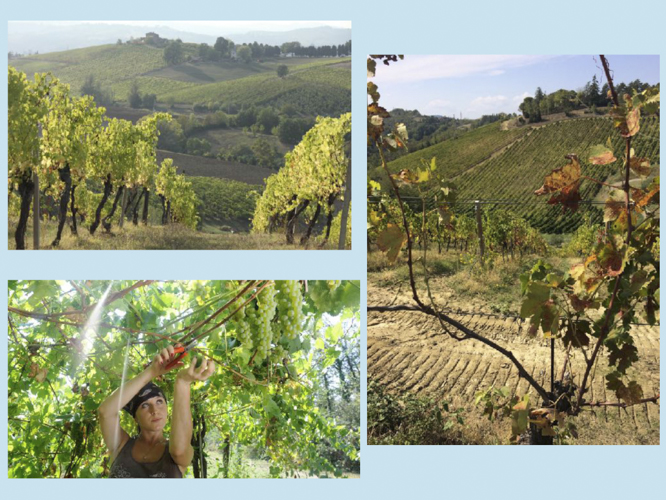
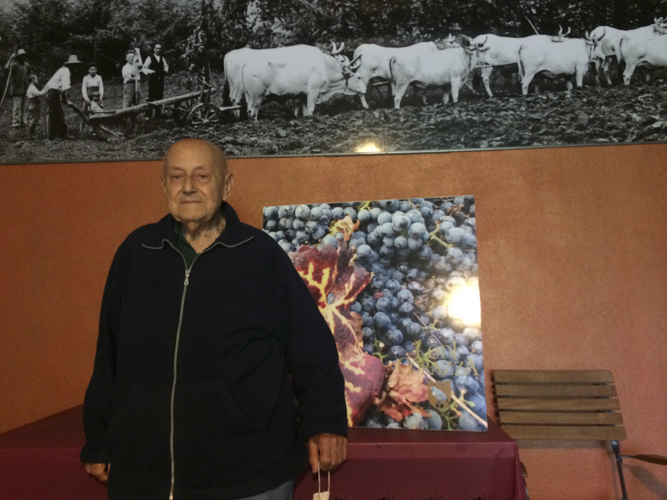
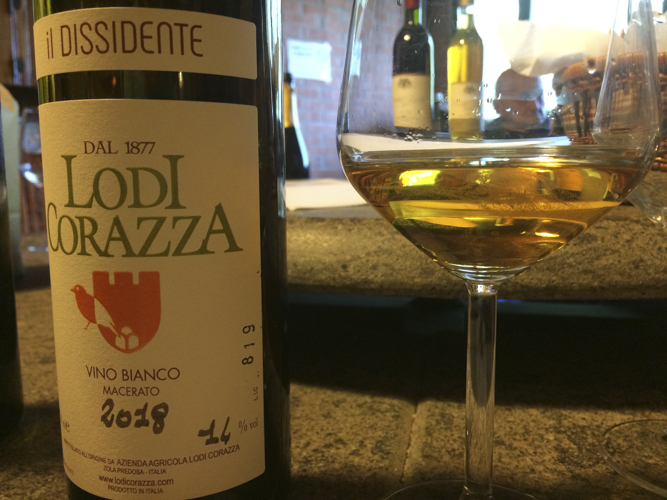
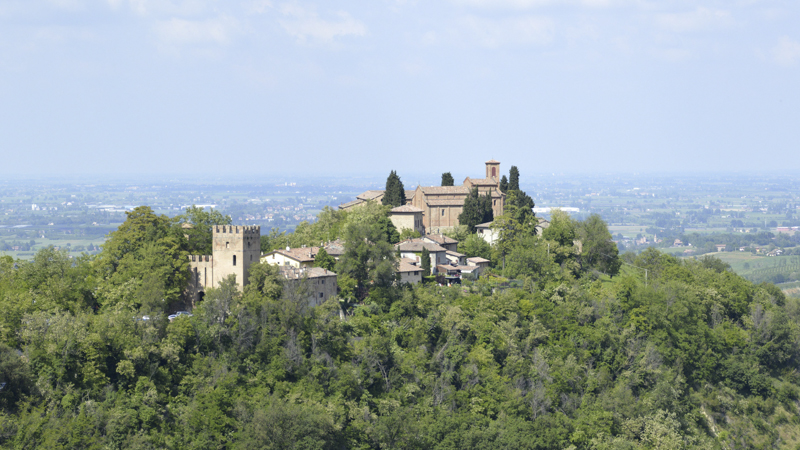
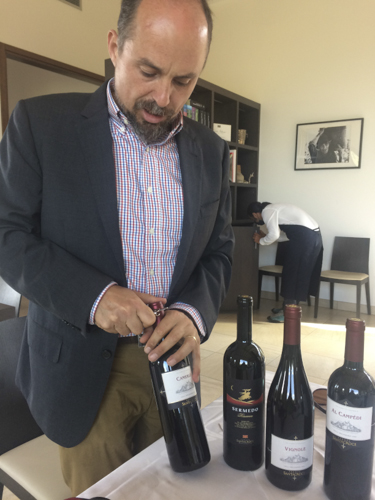
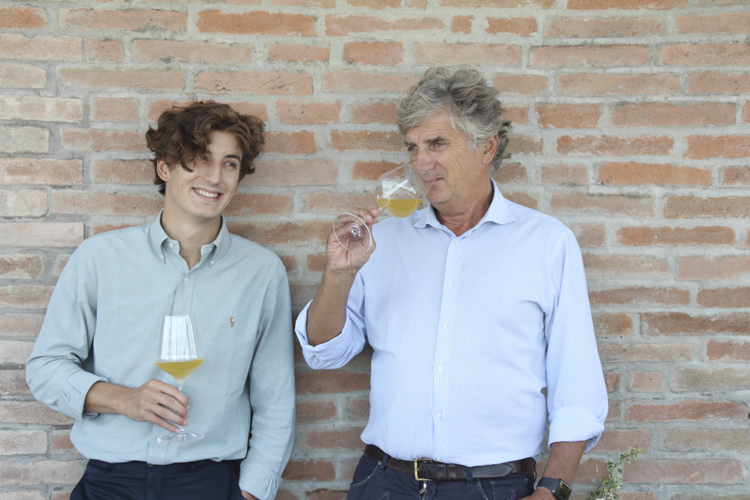
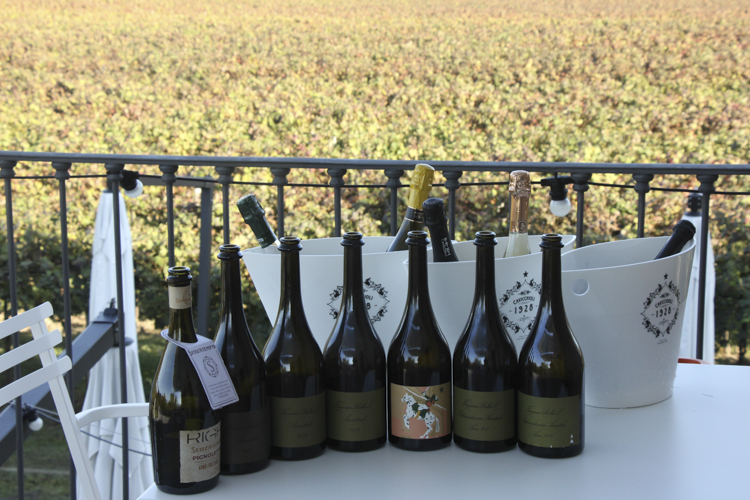
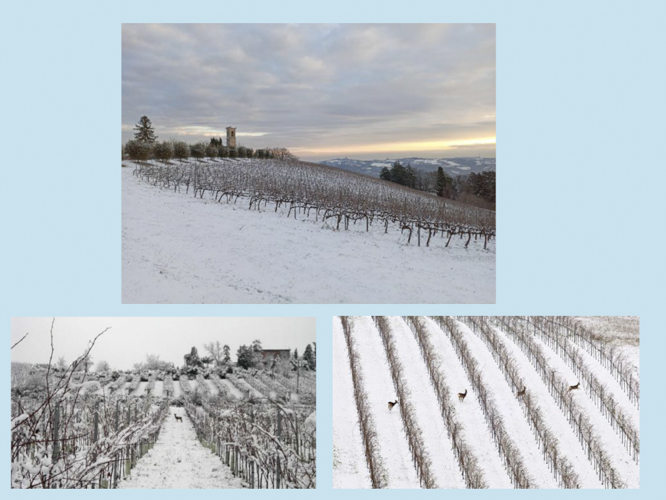
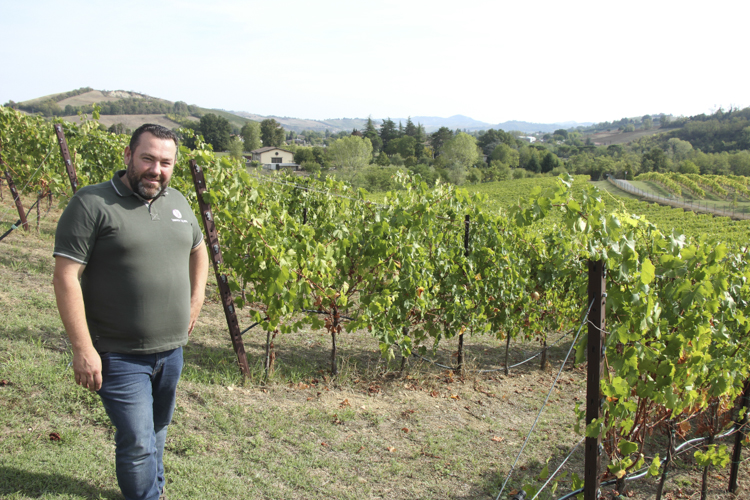
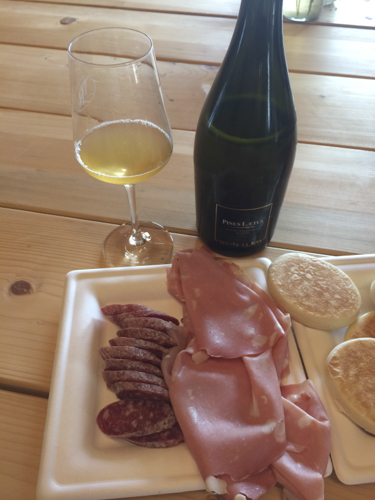
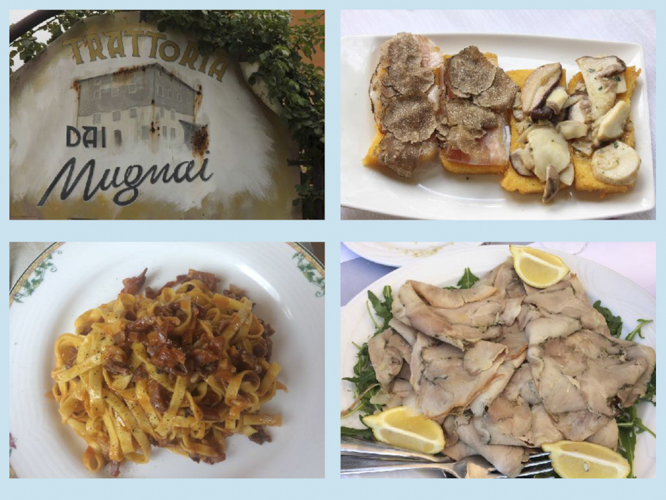
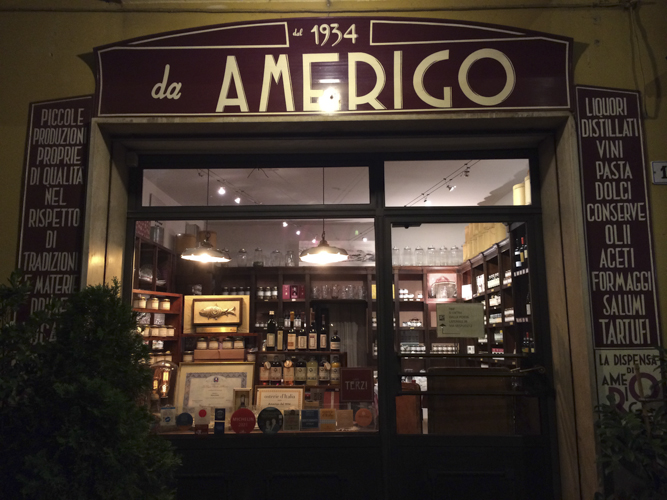
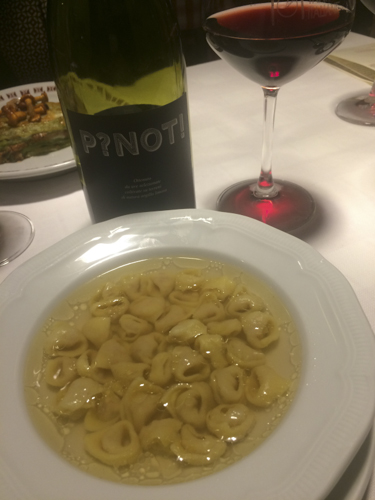
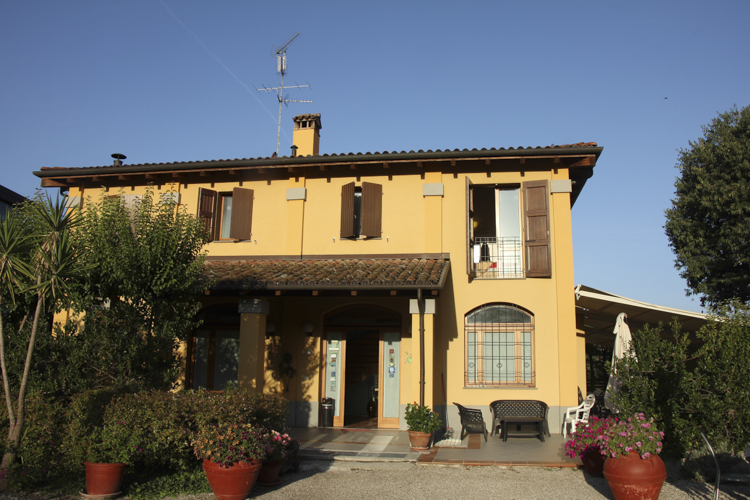
Recent Comments